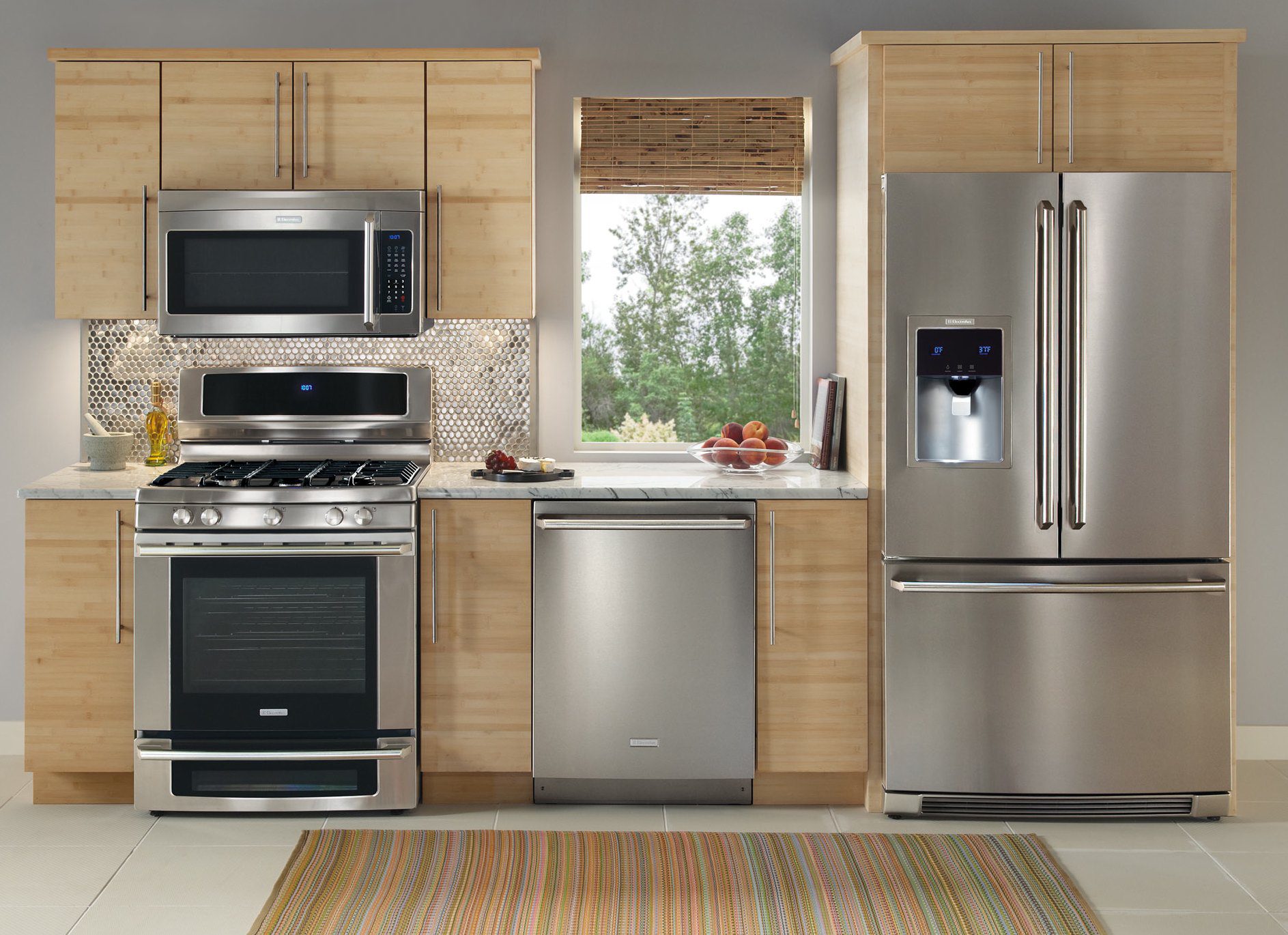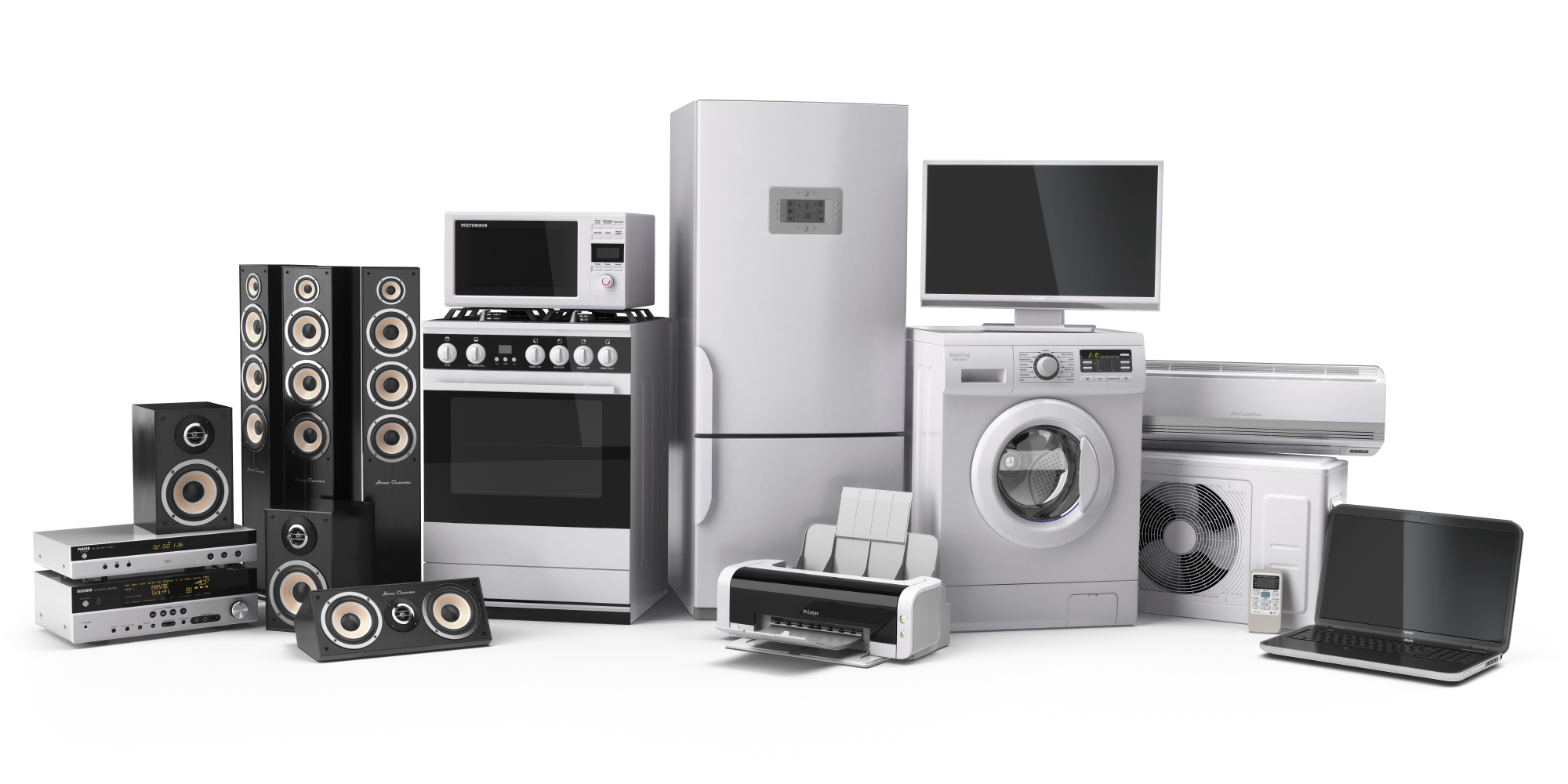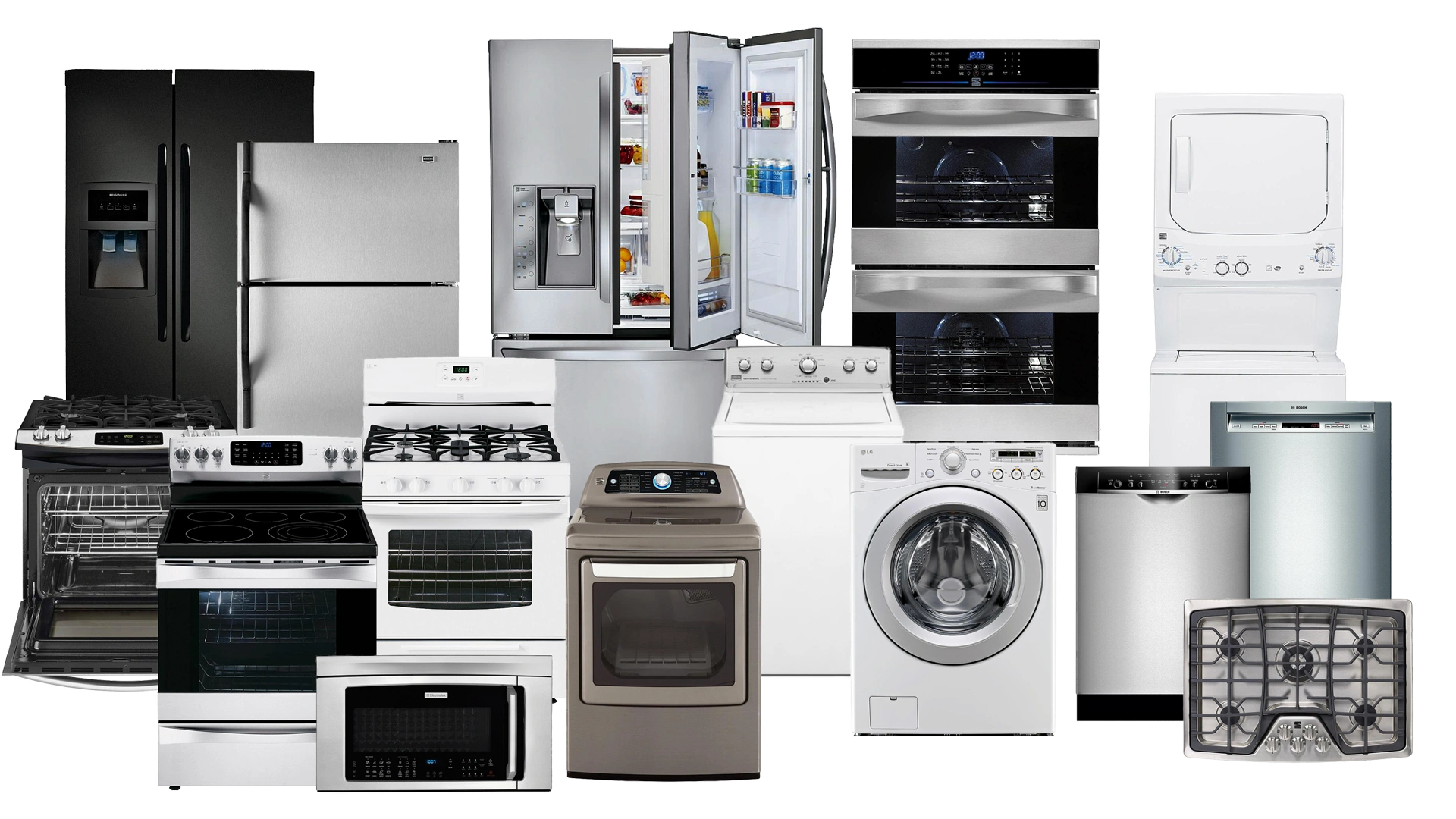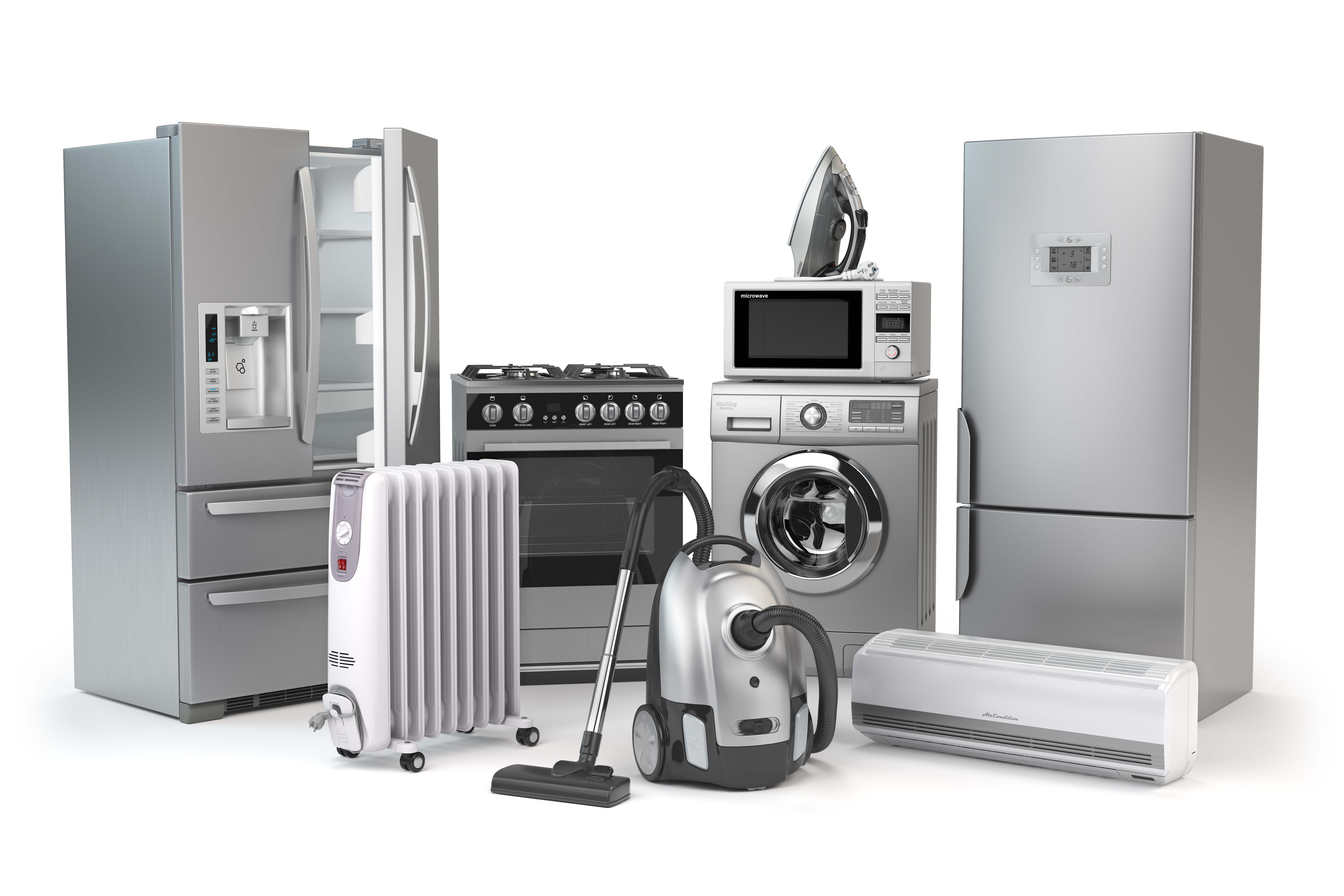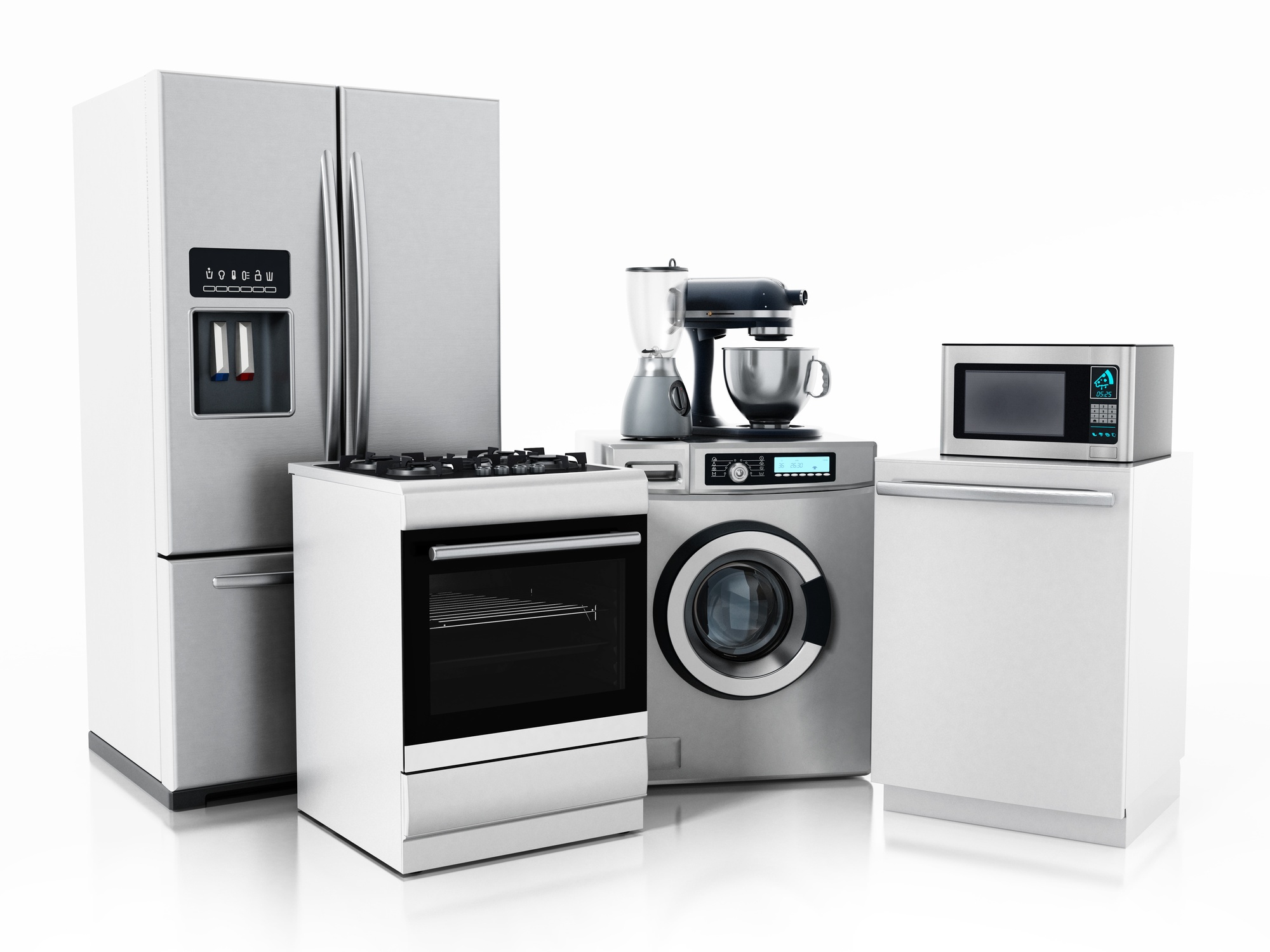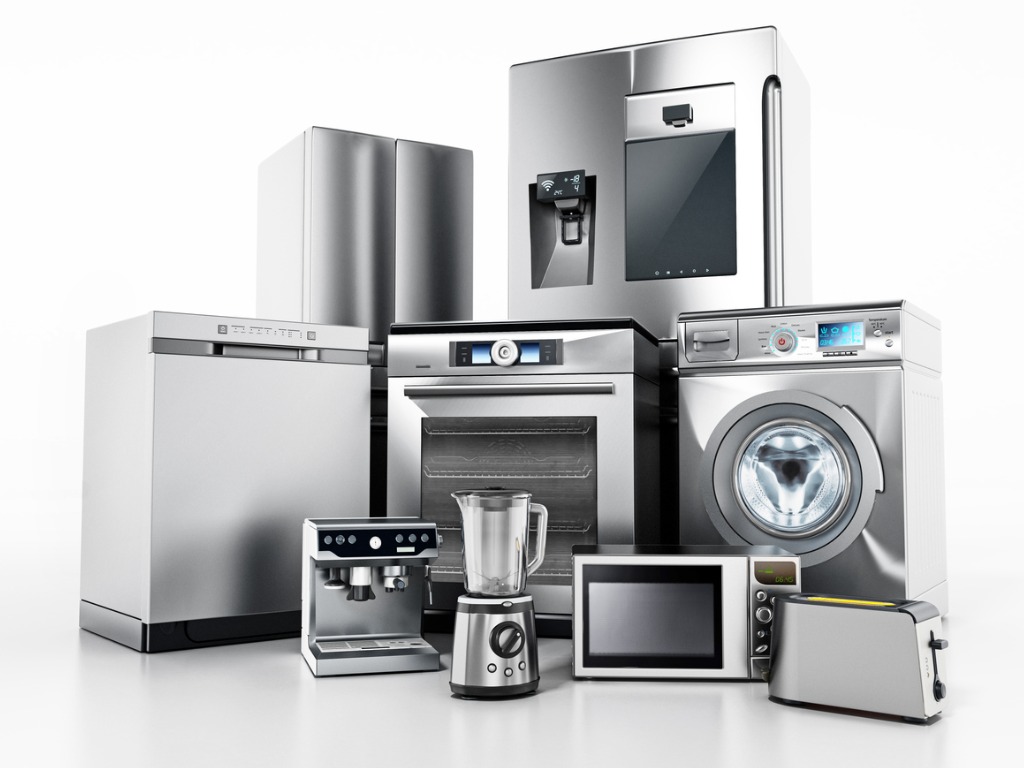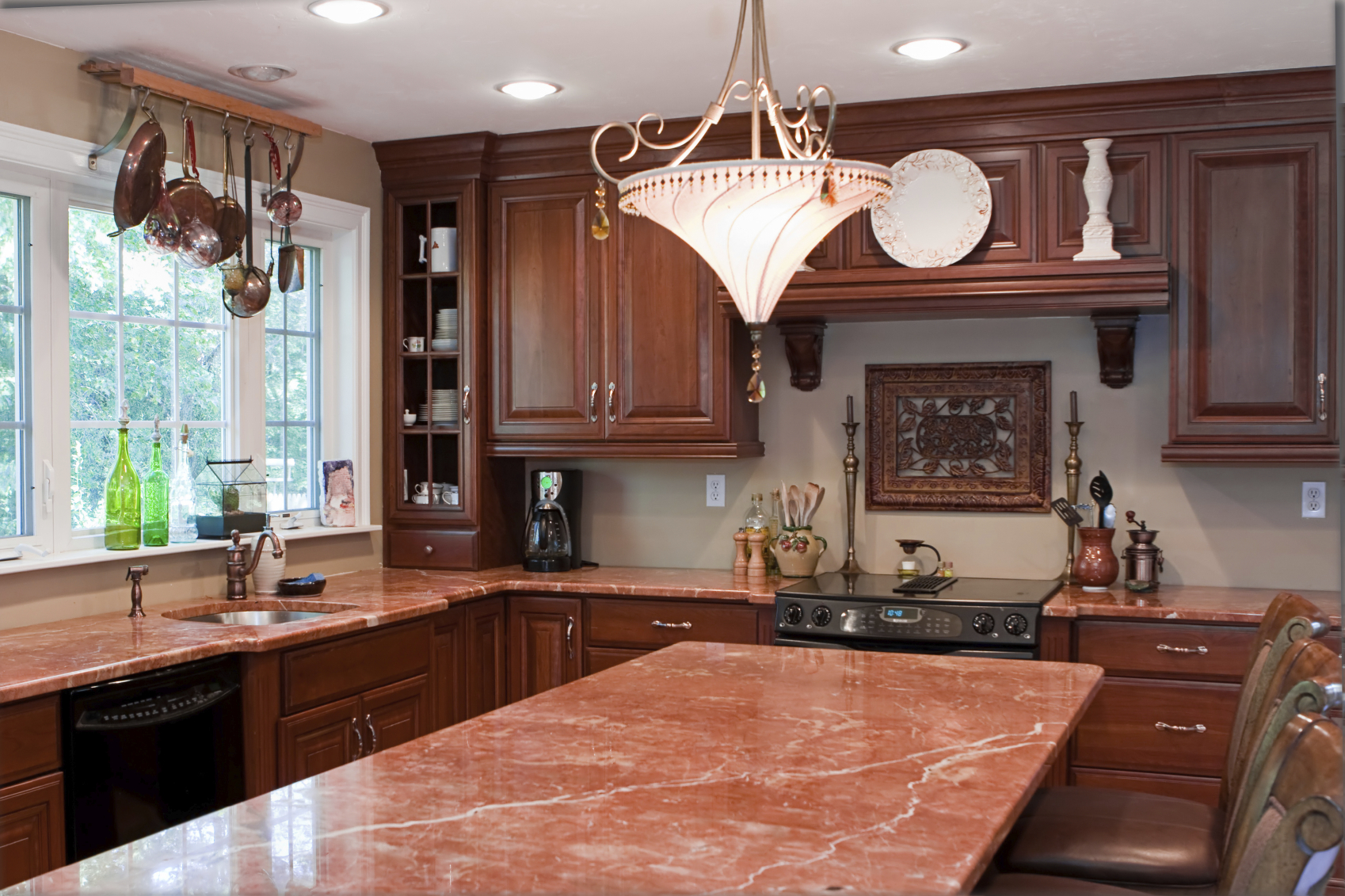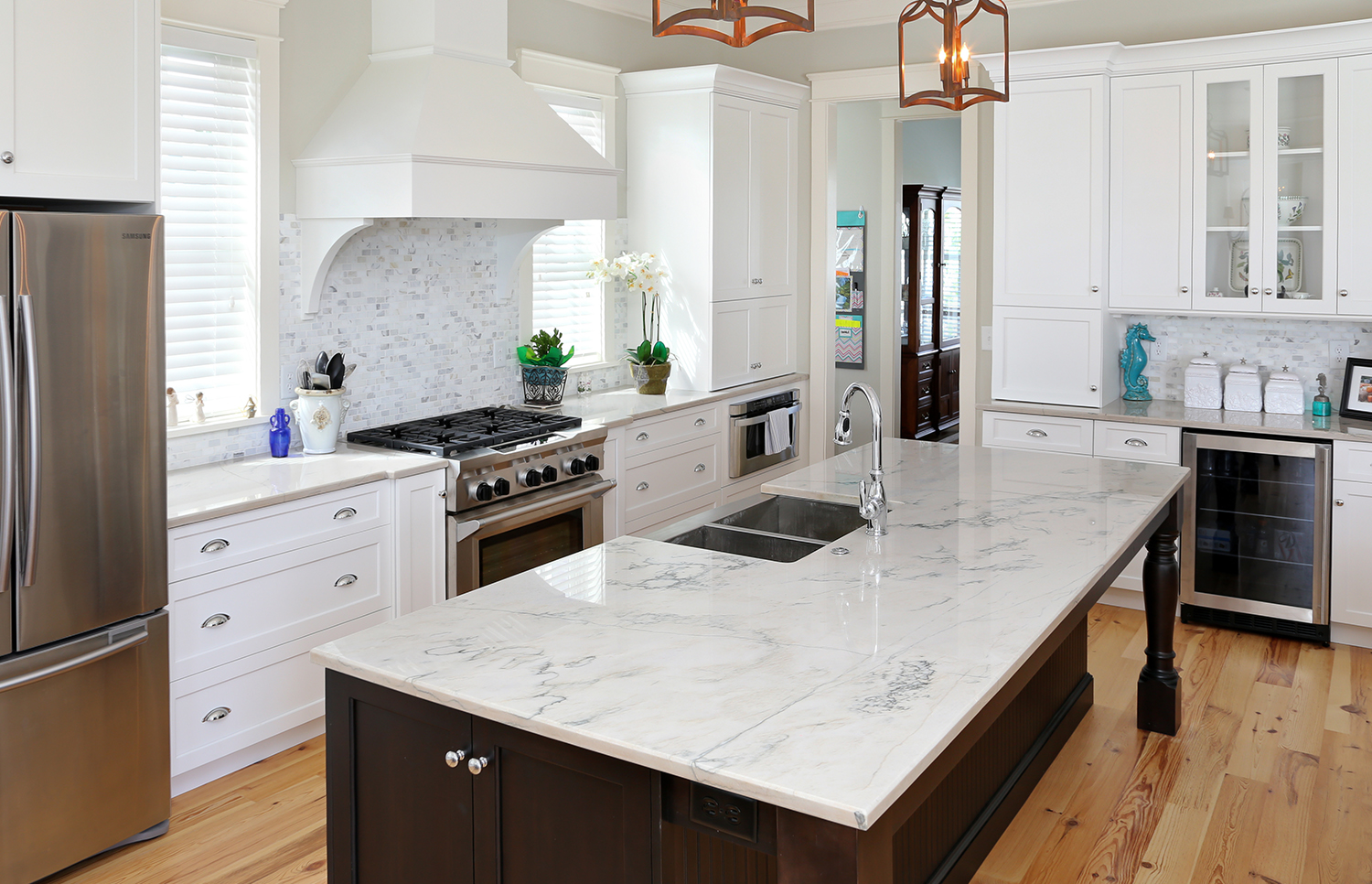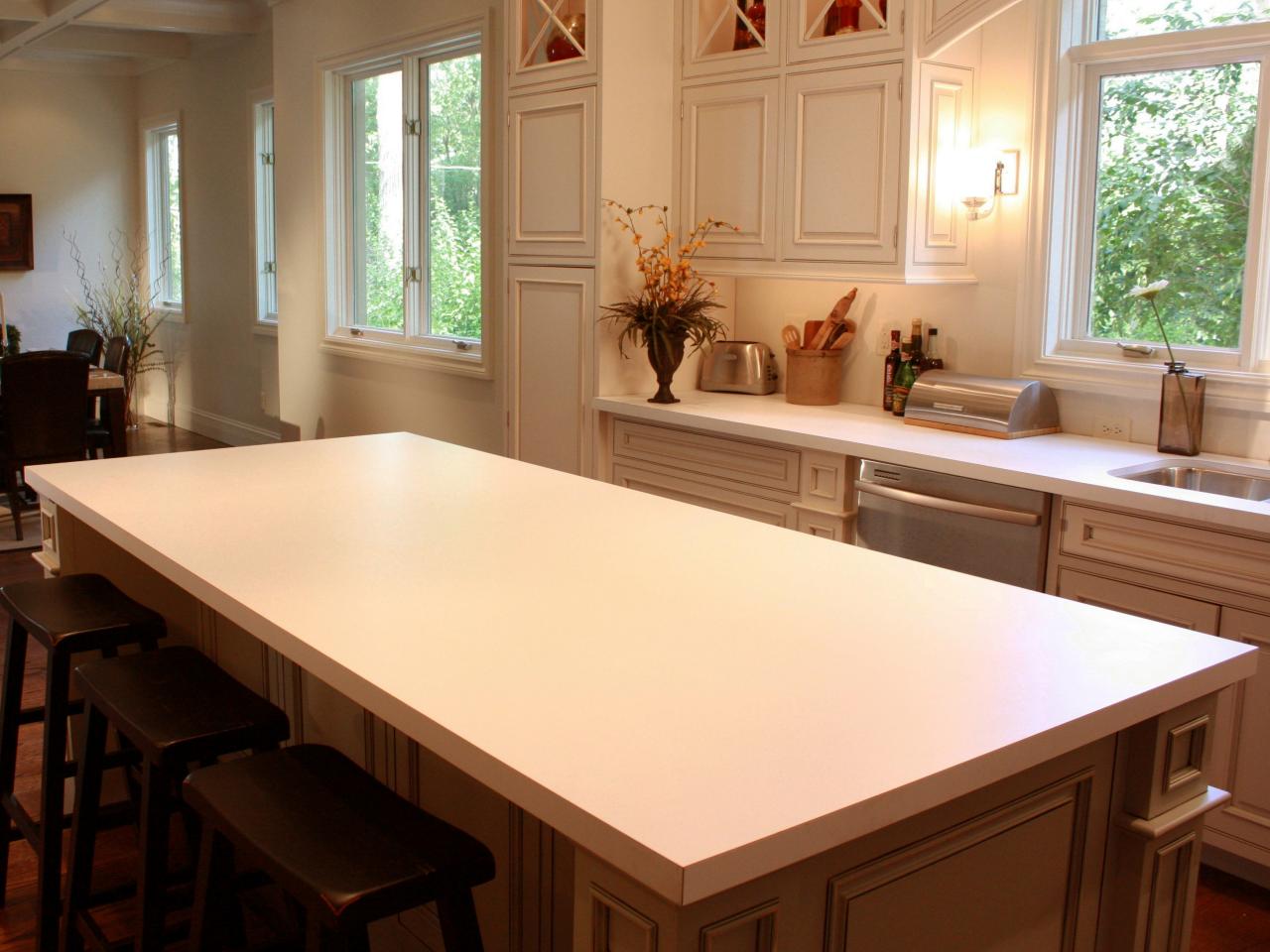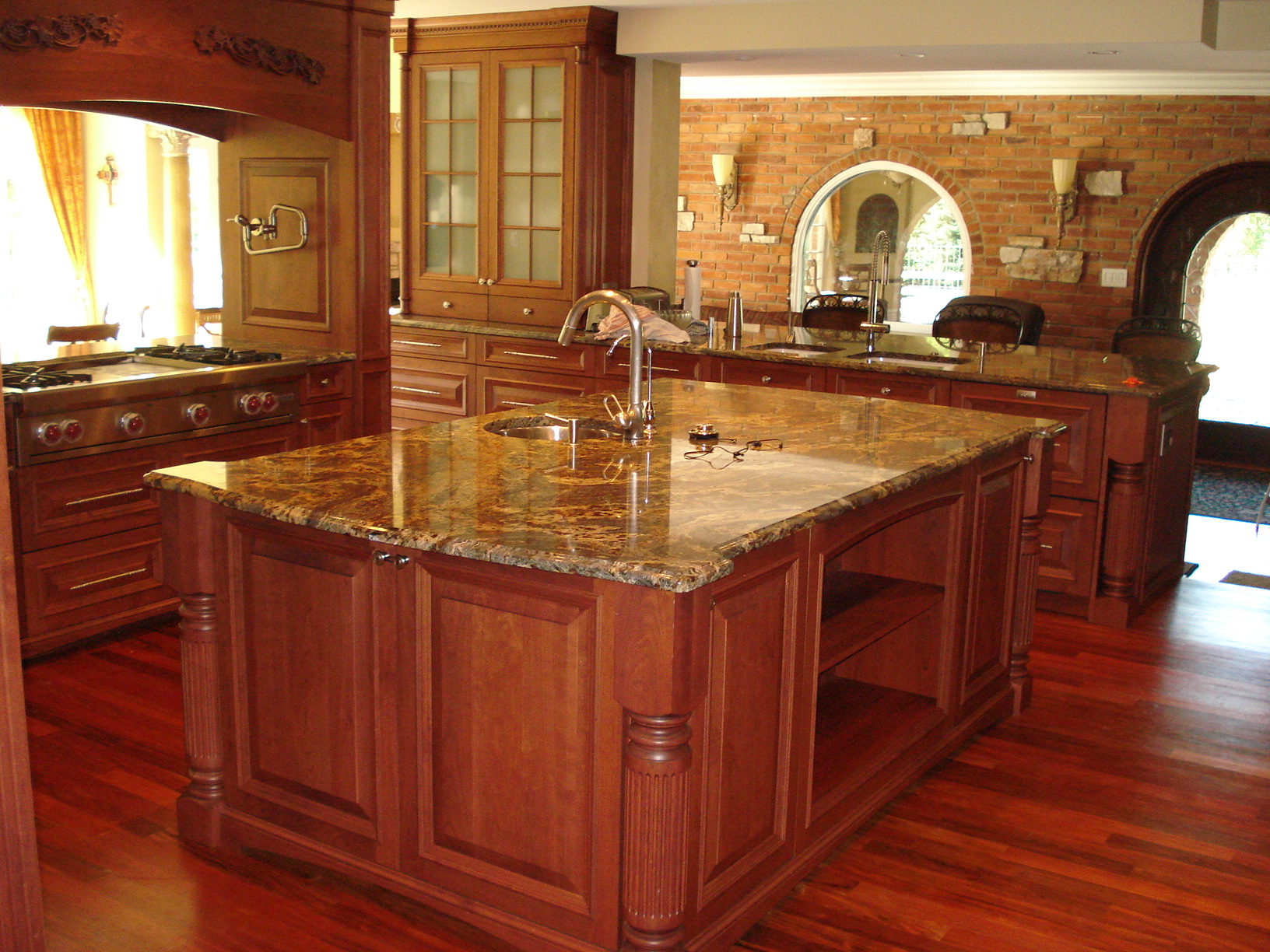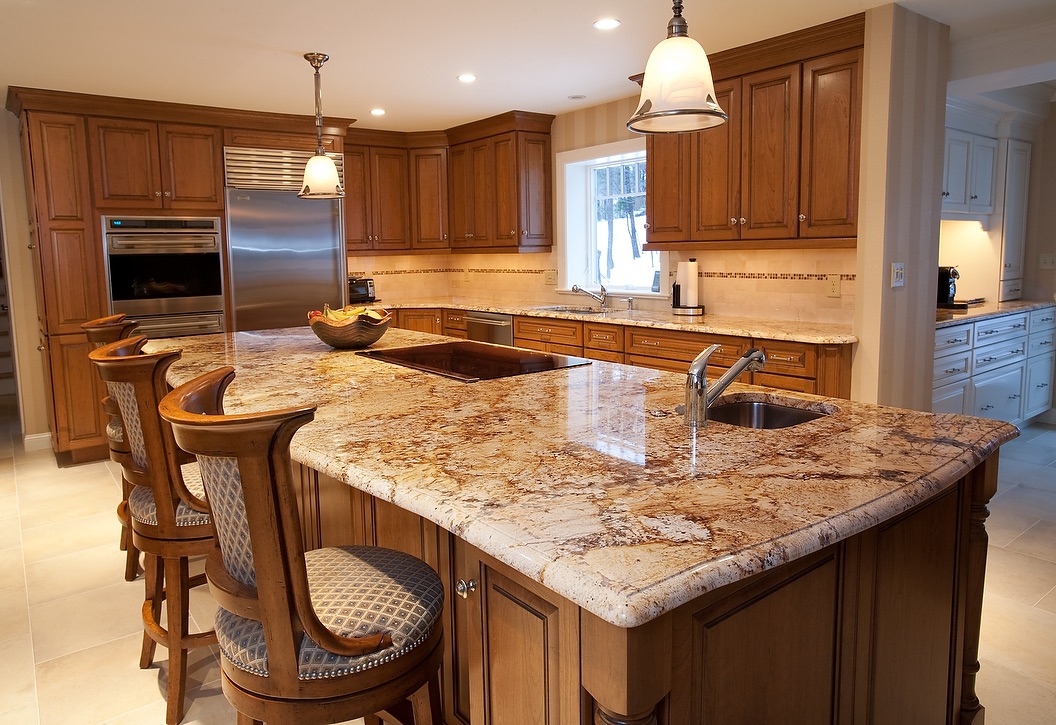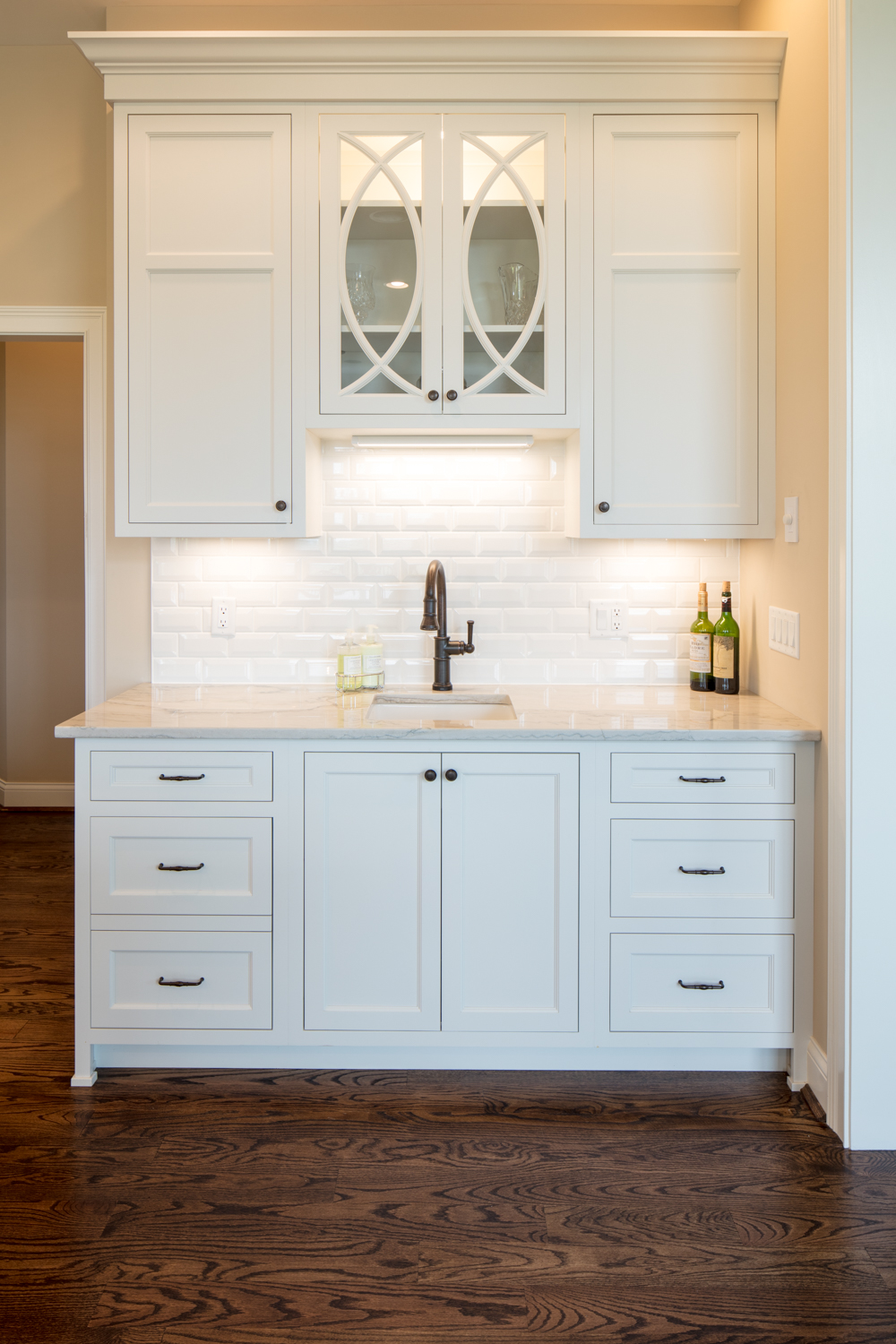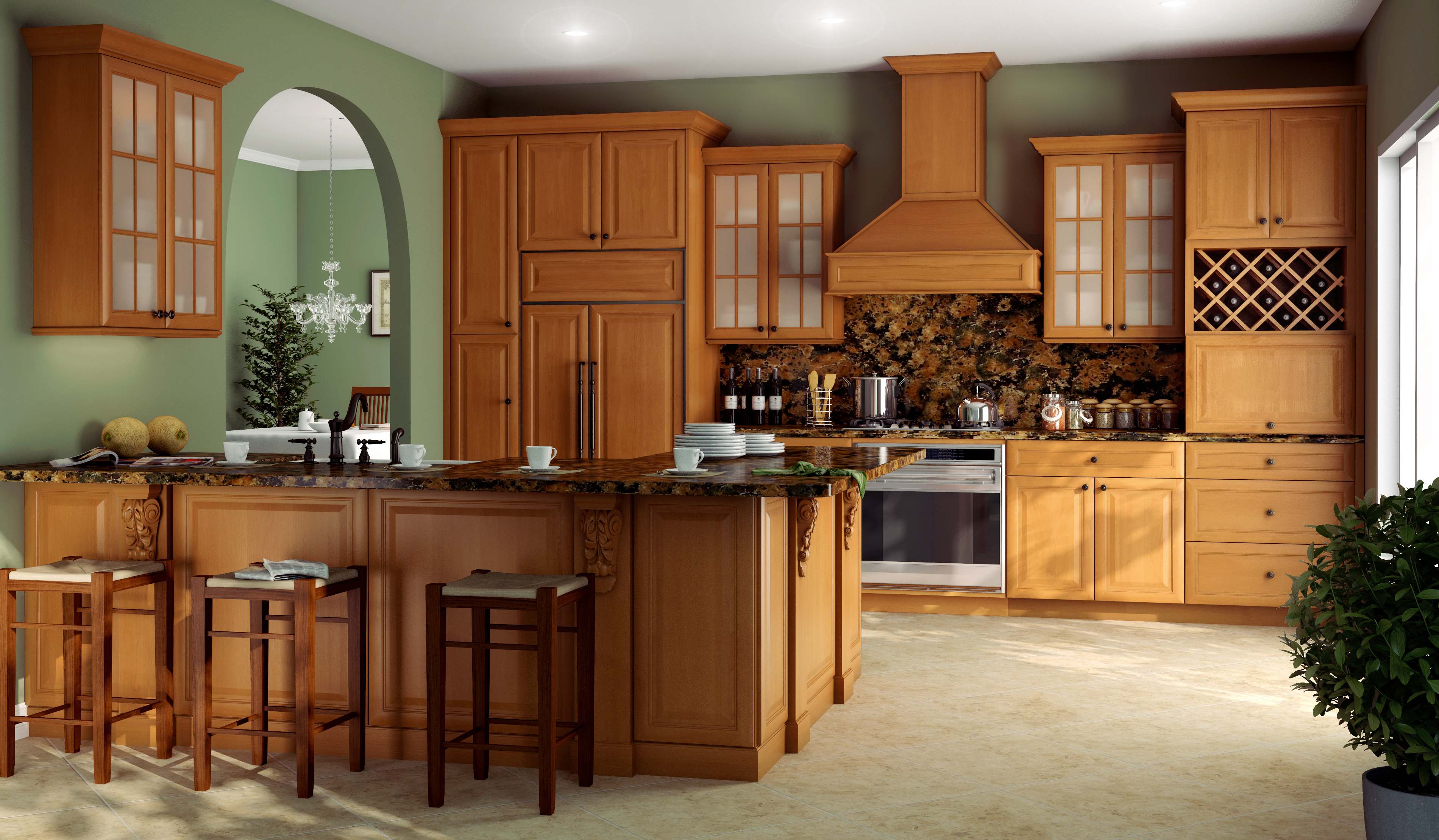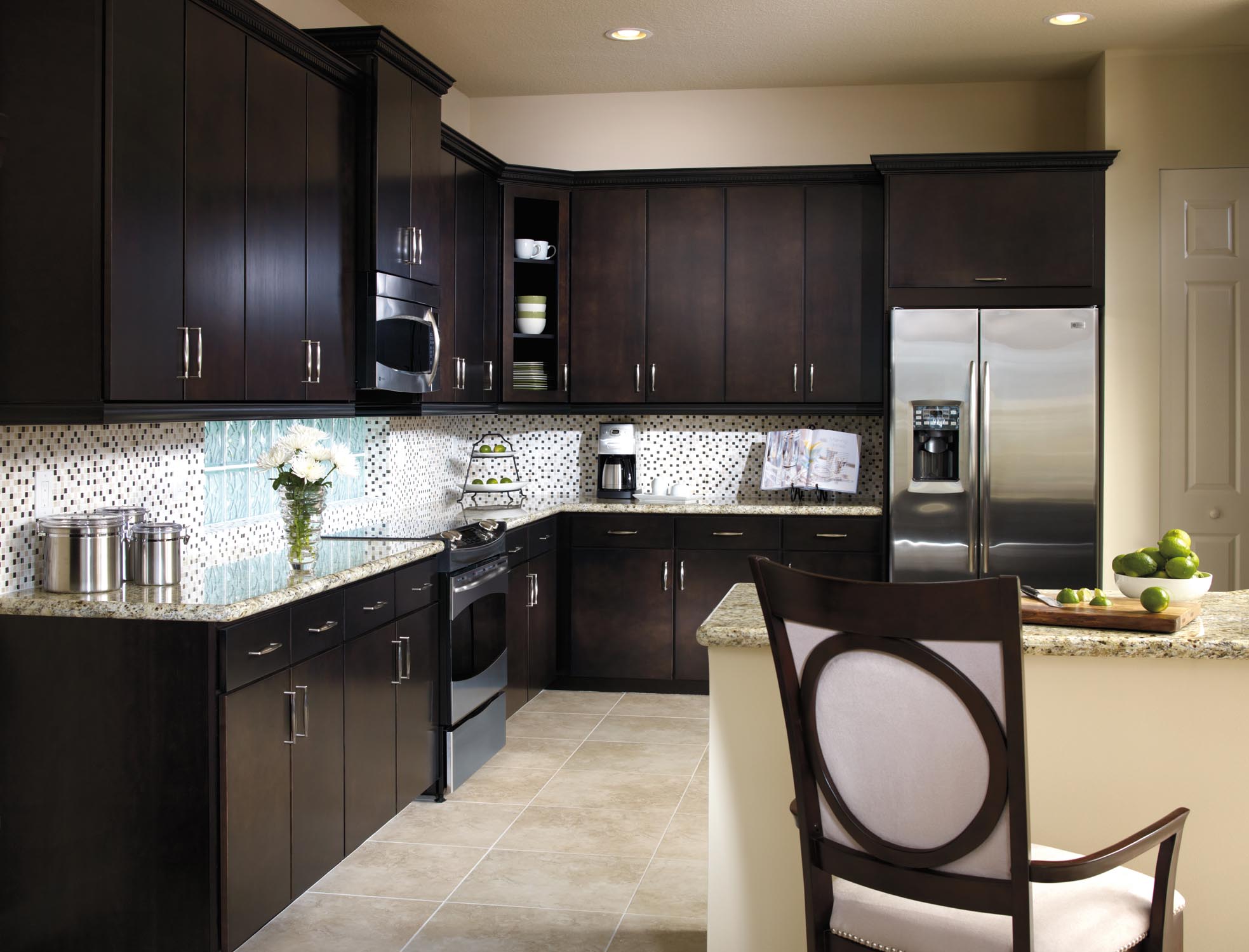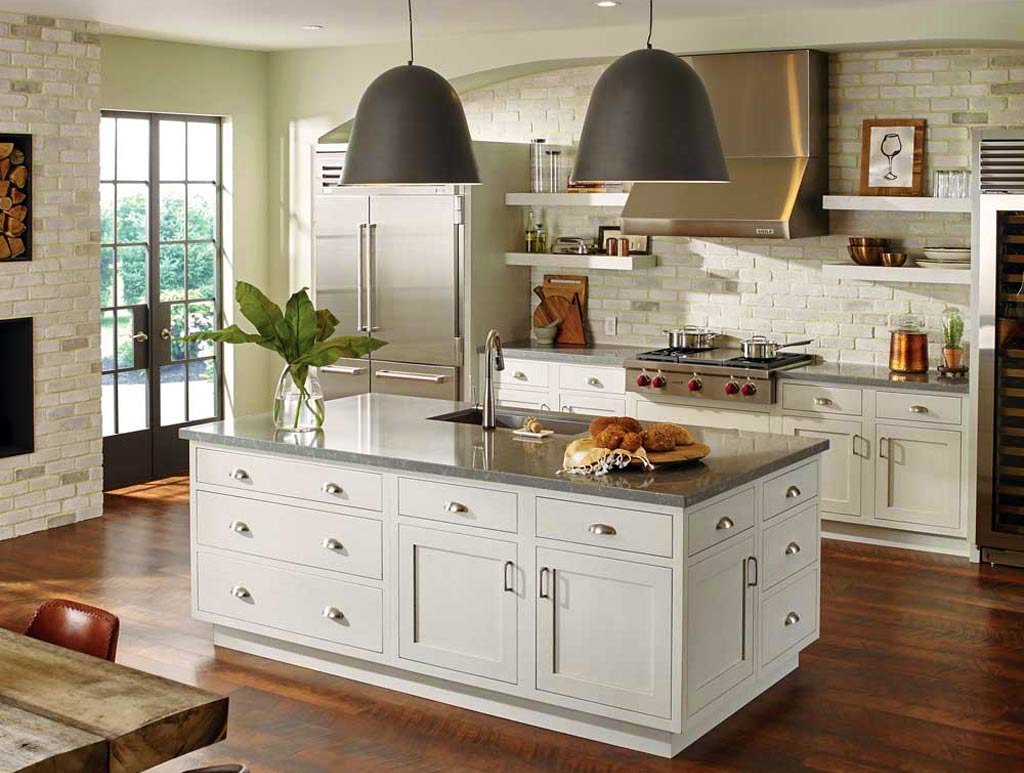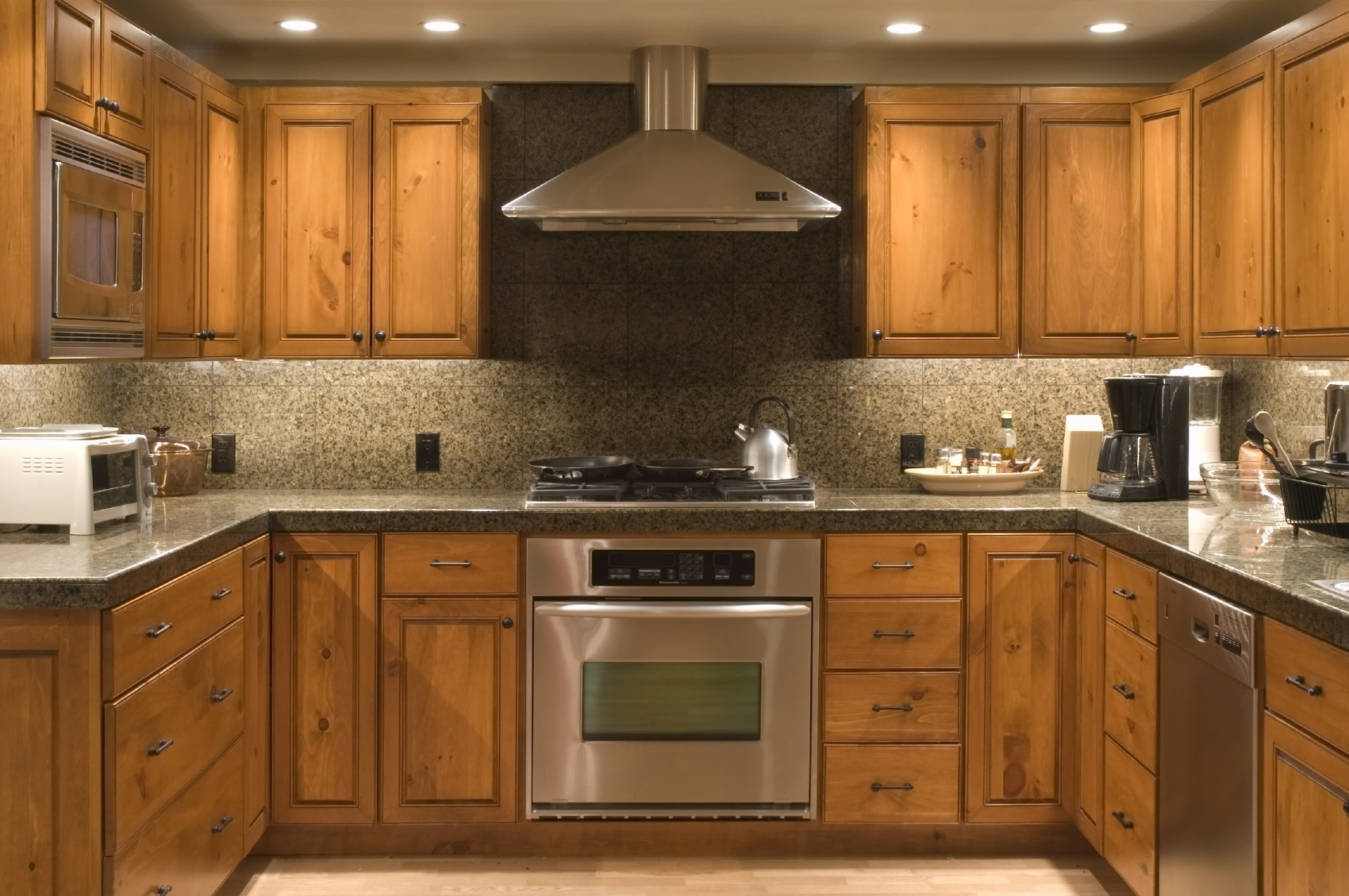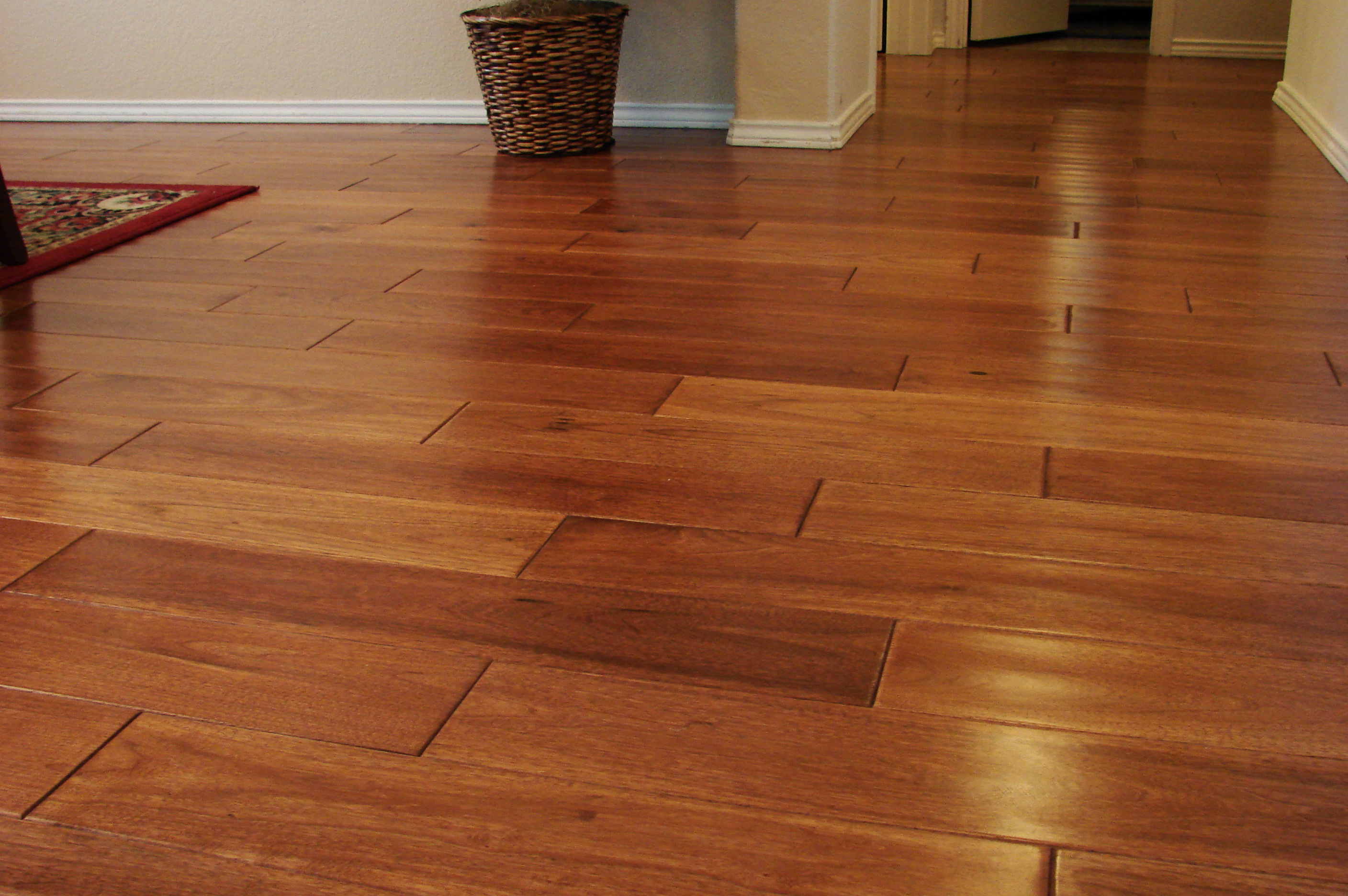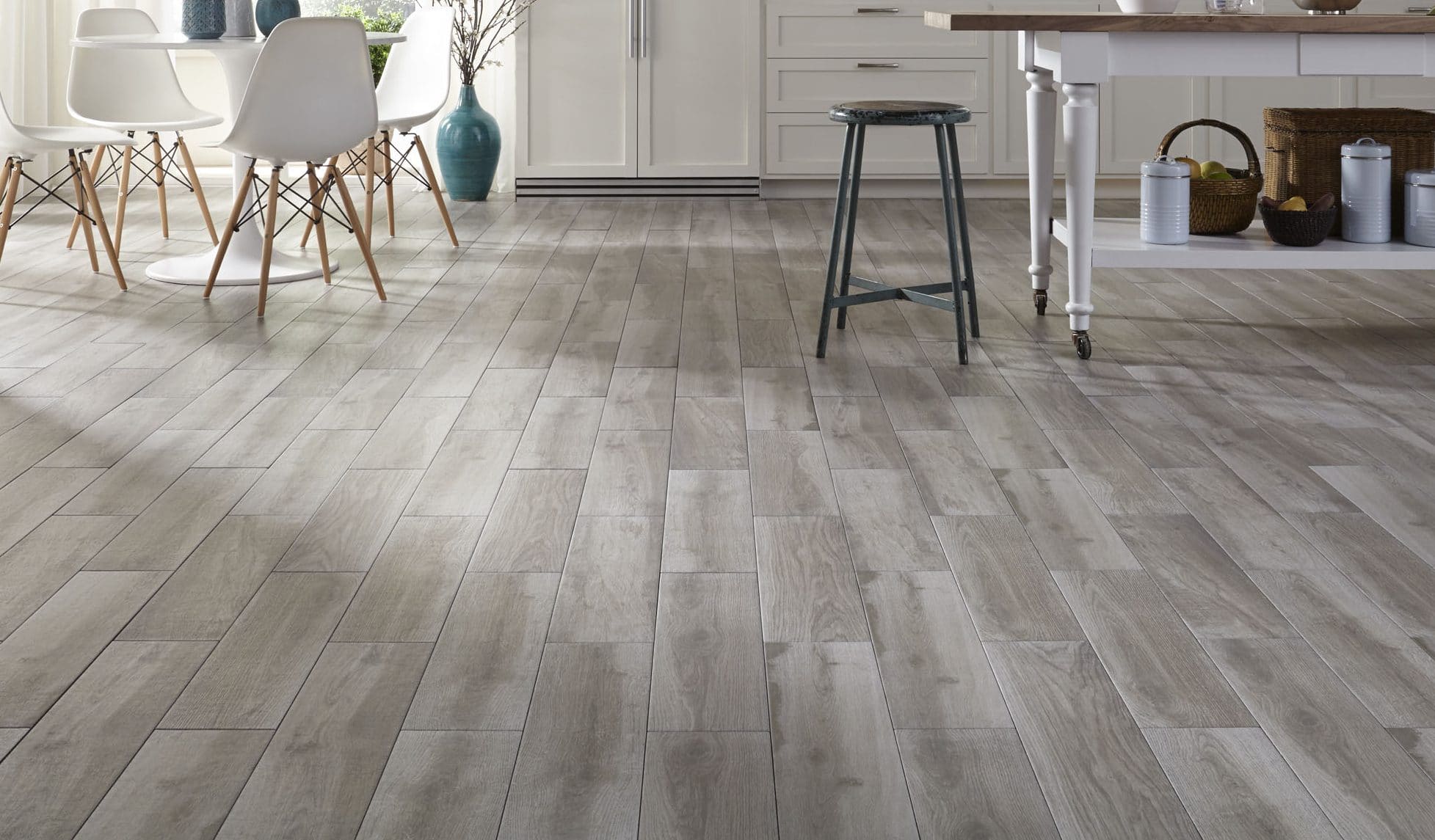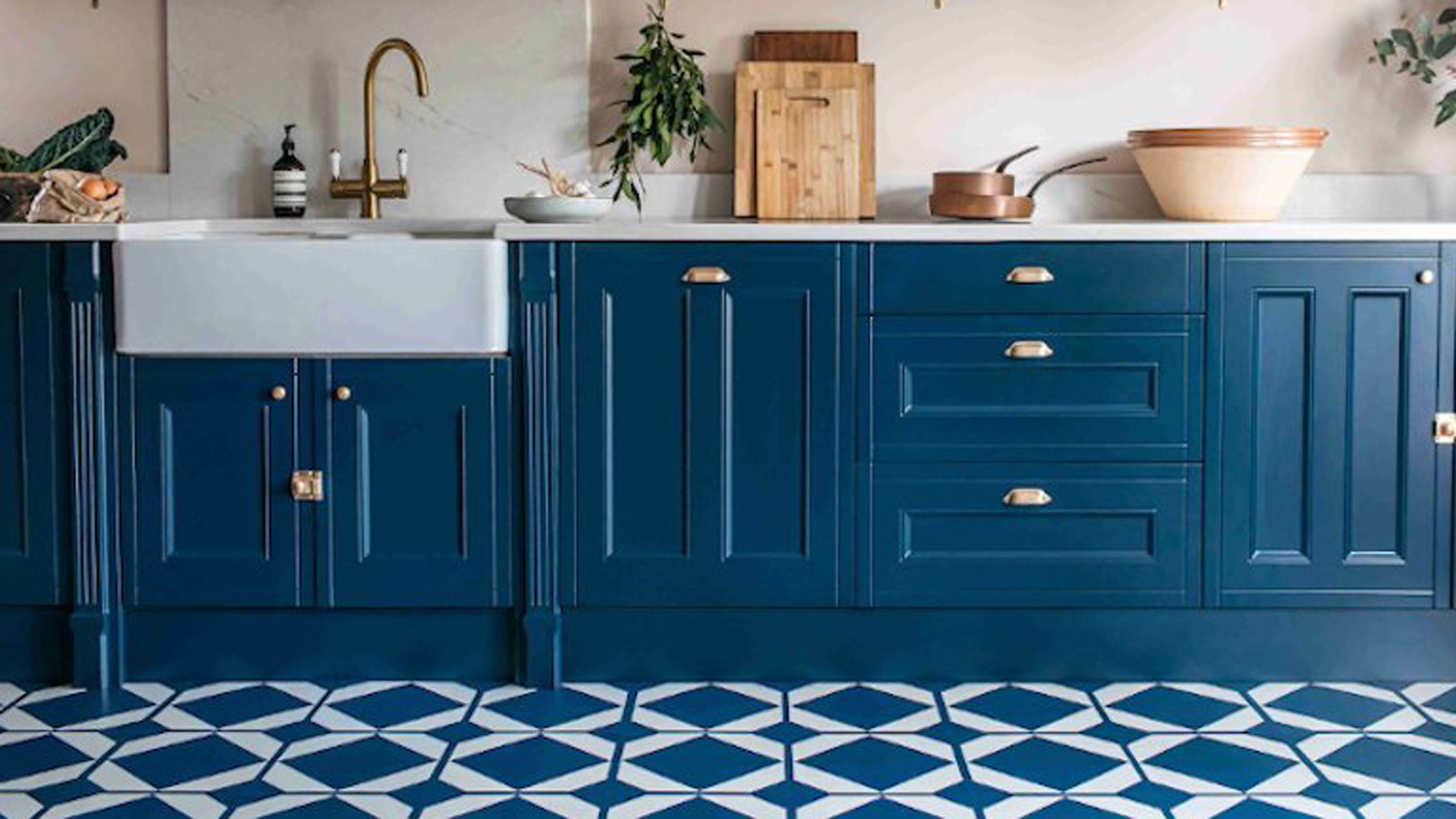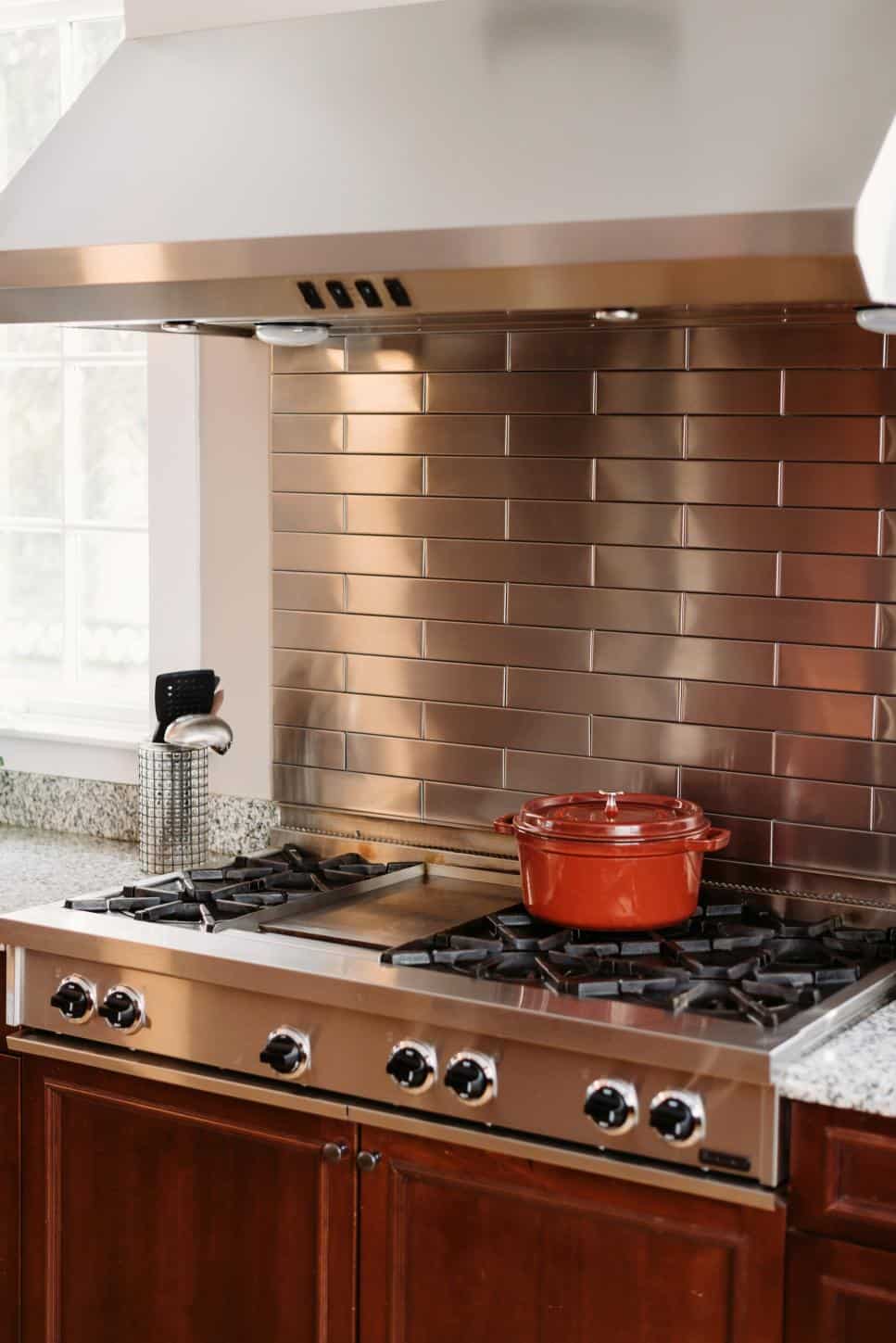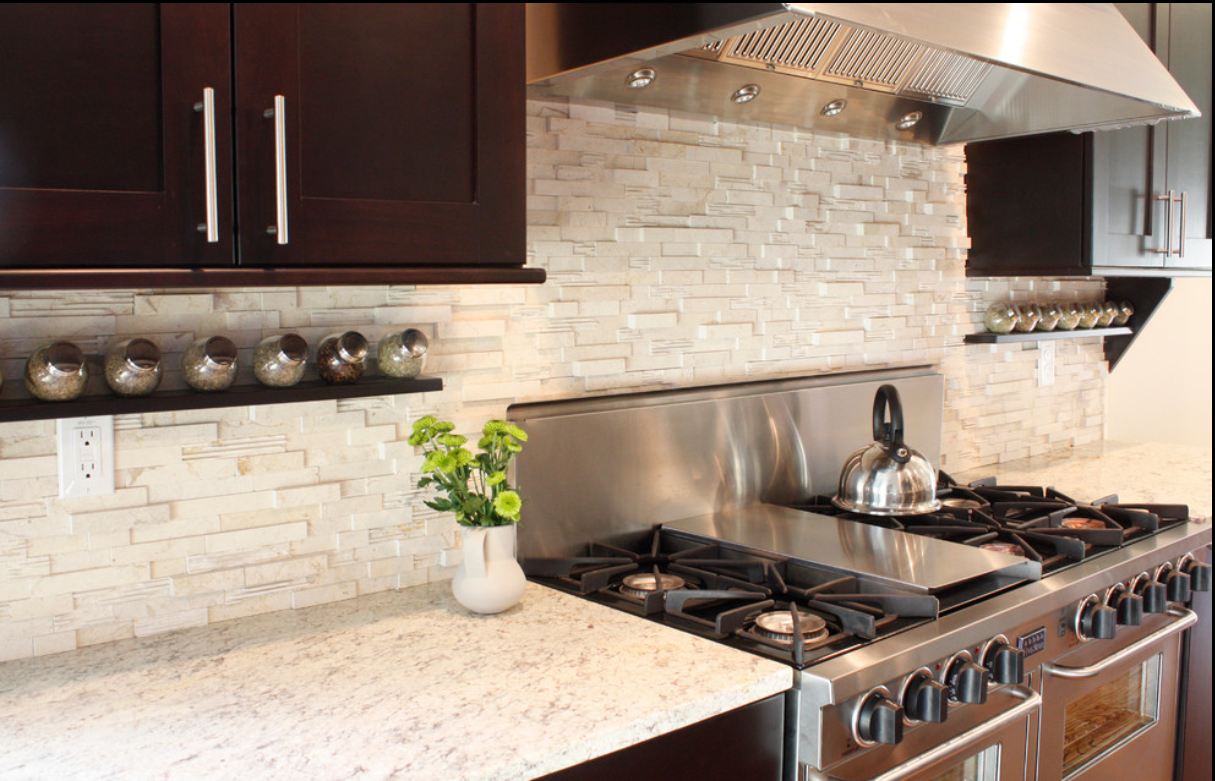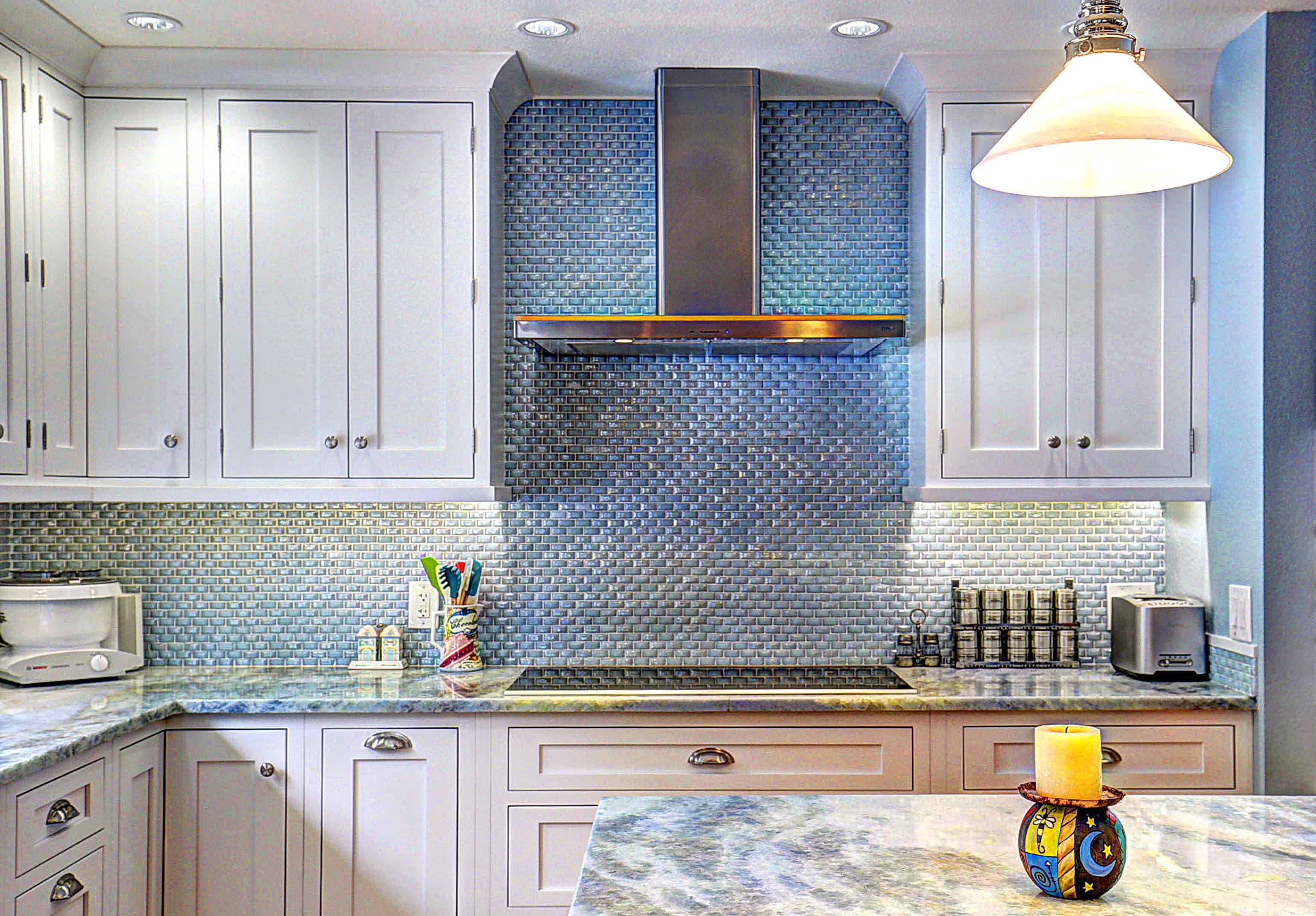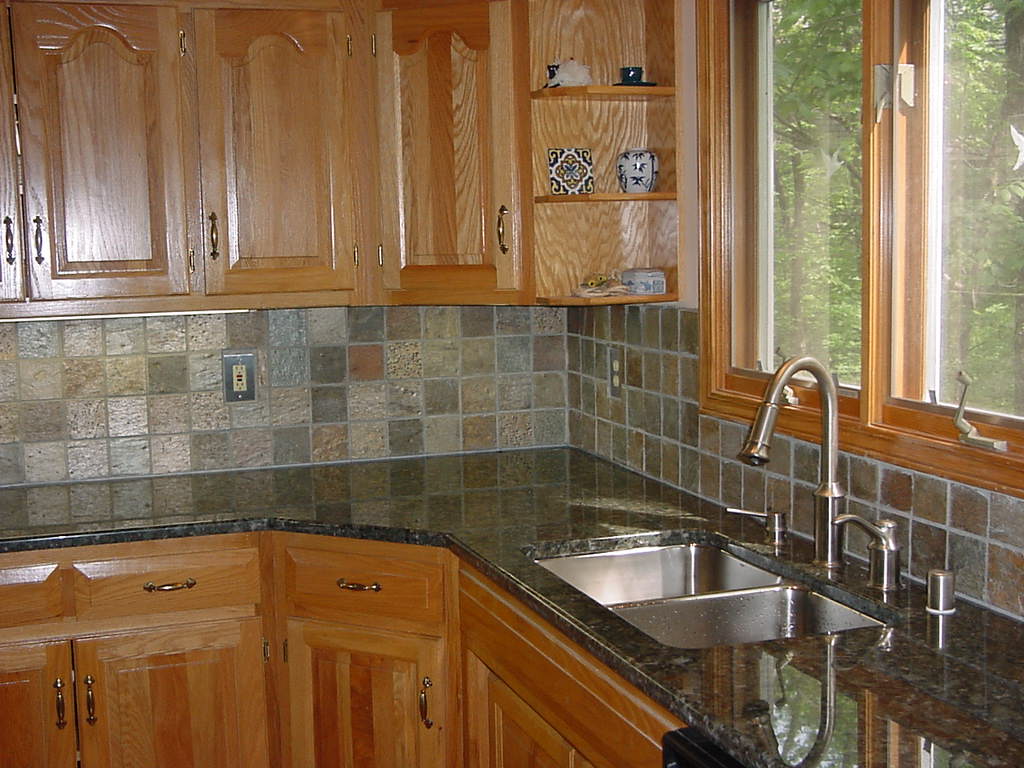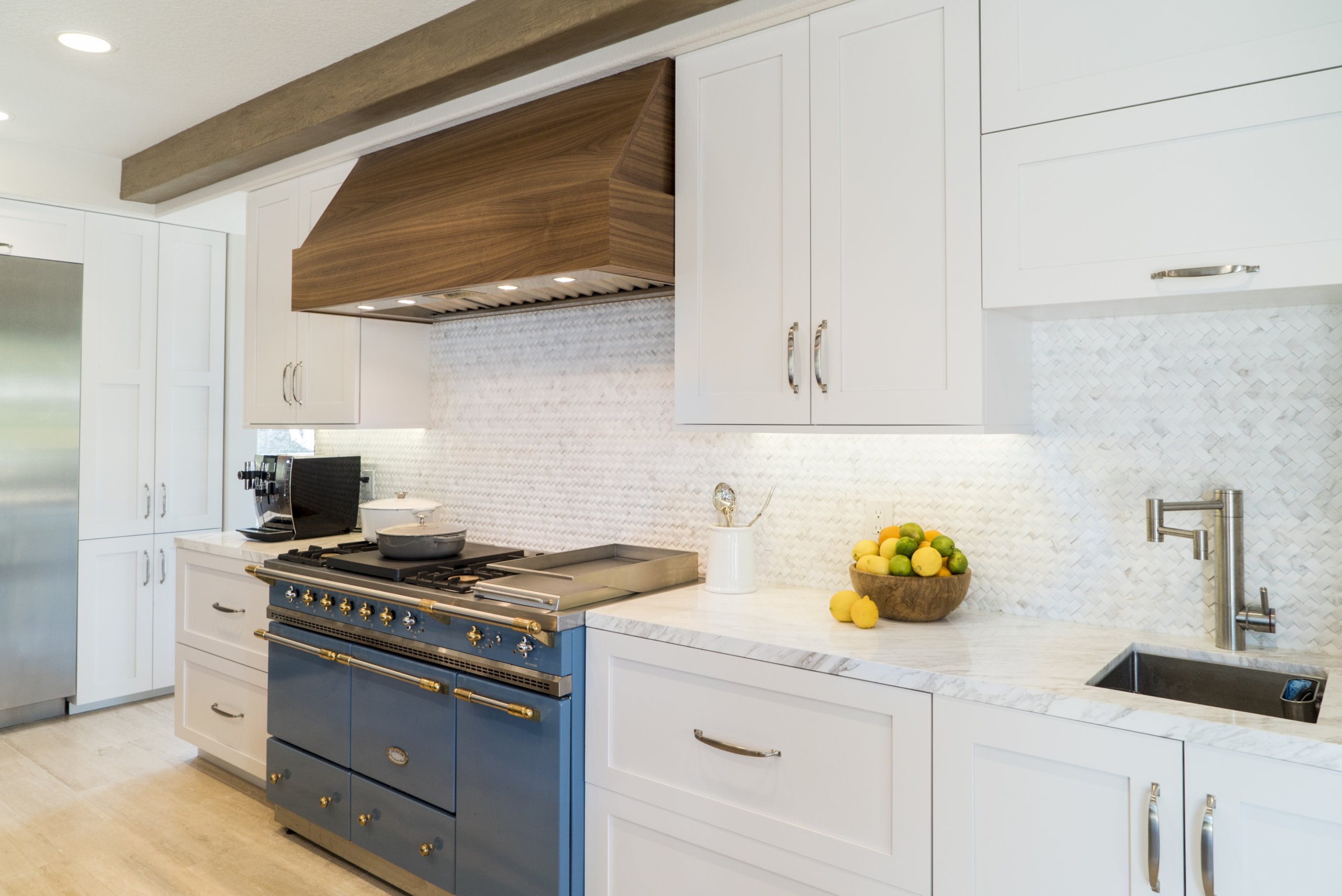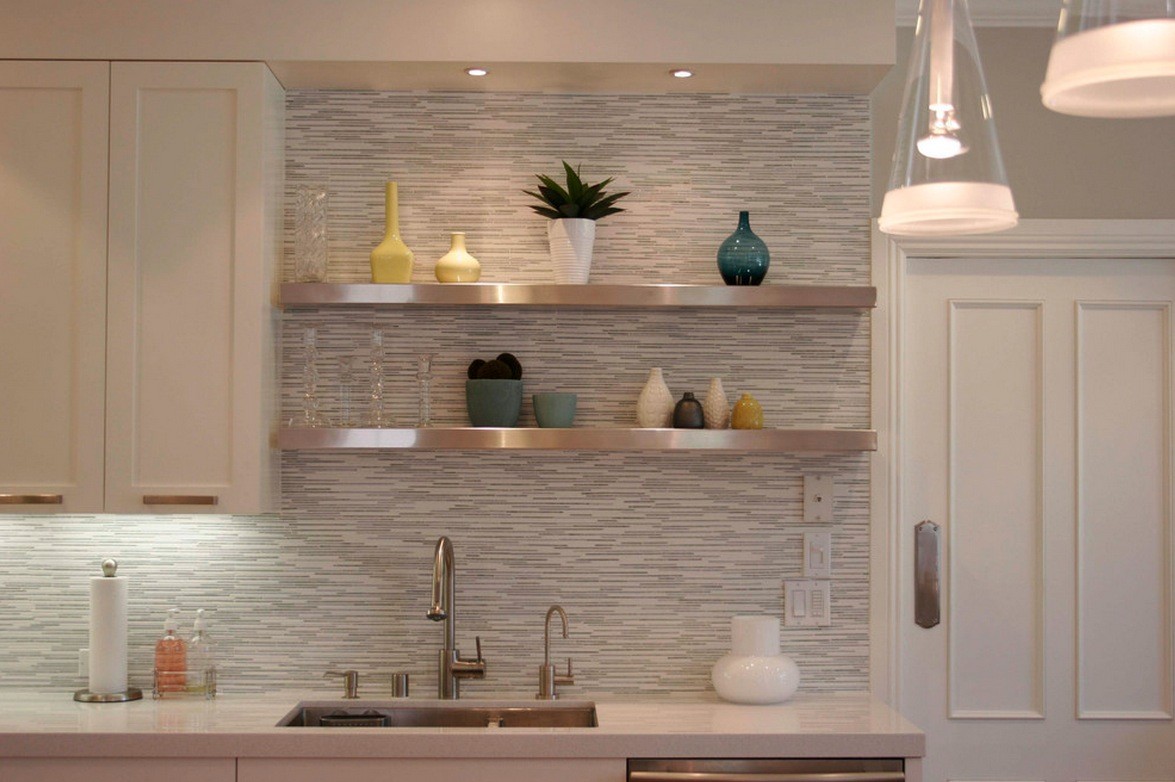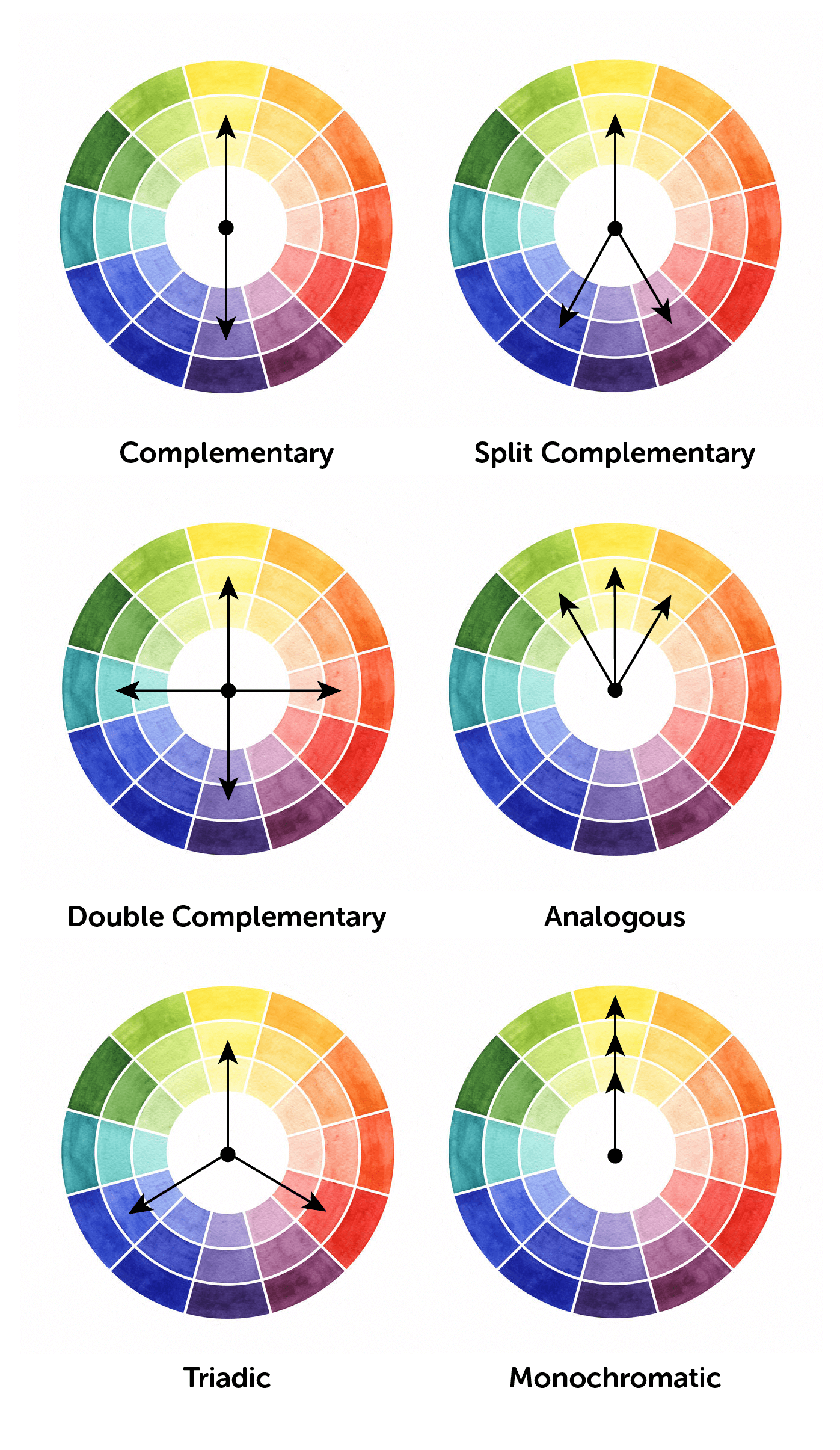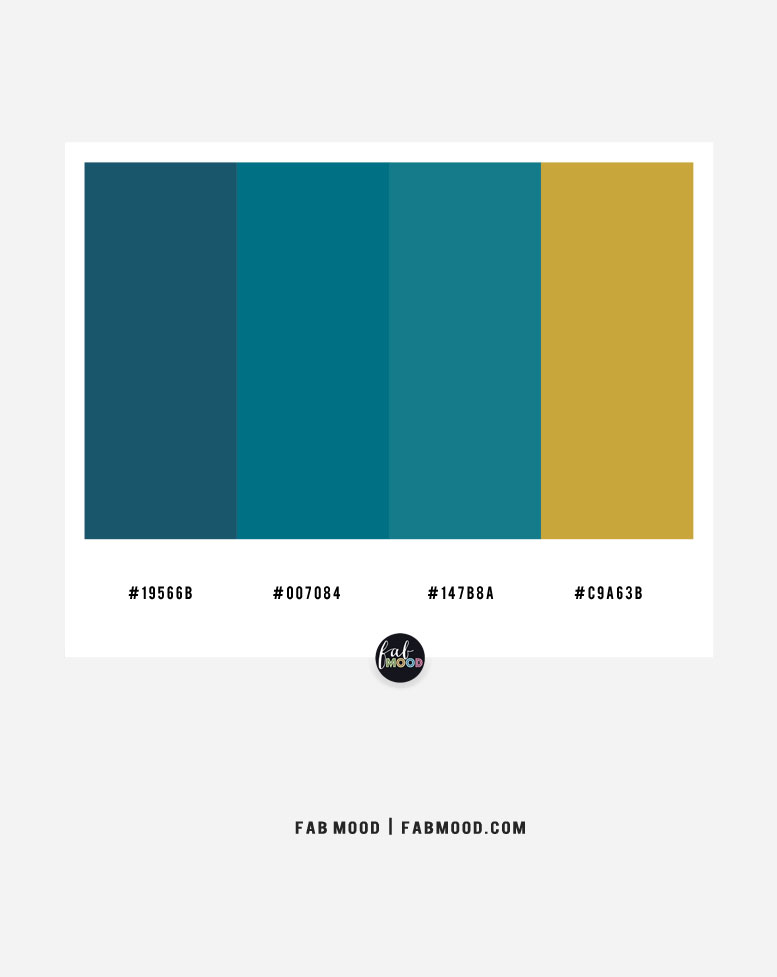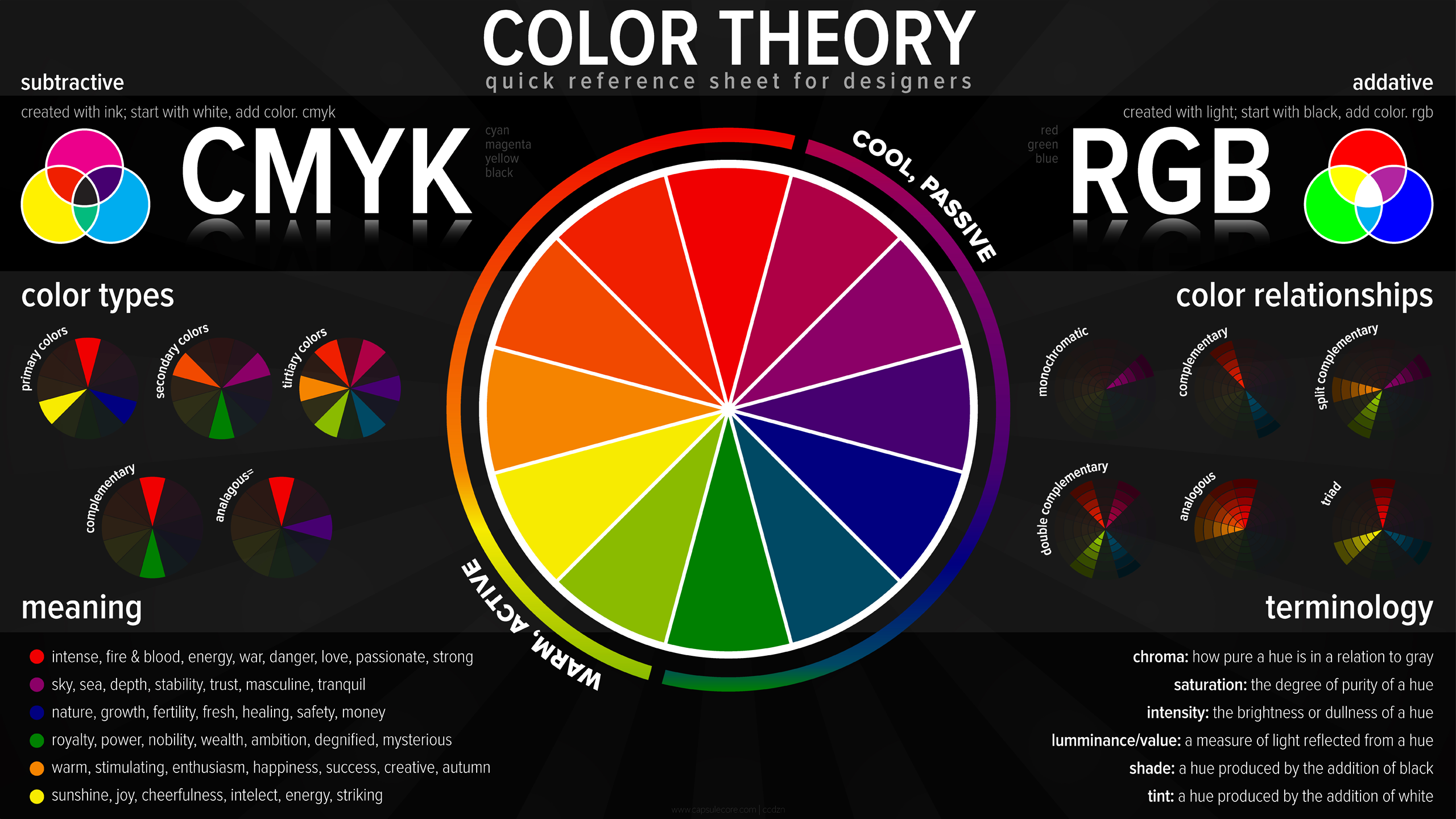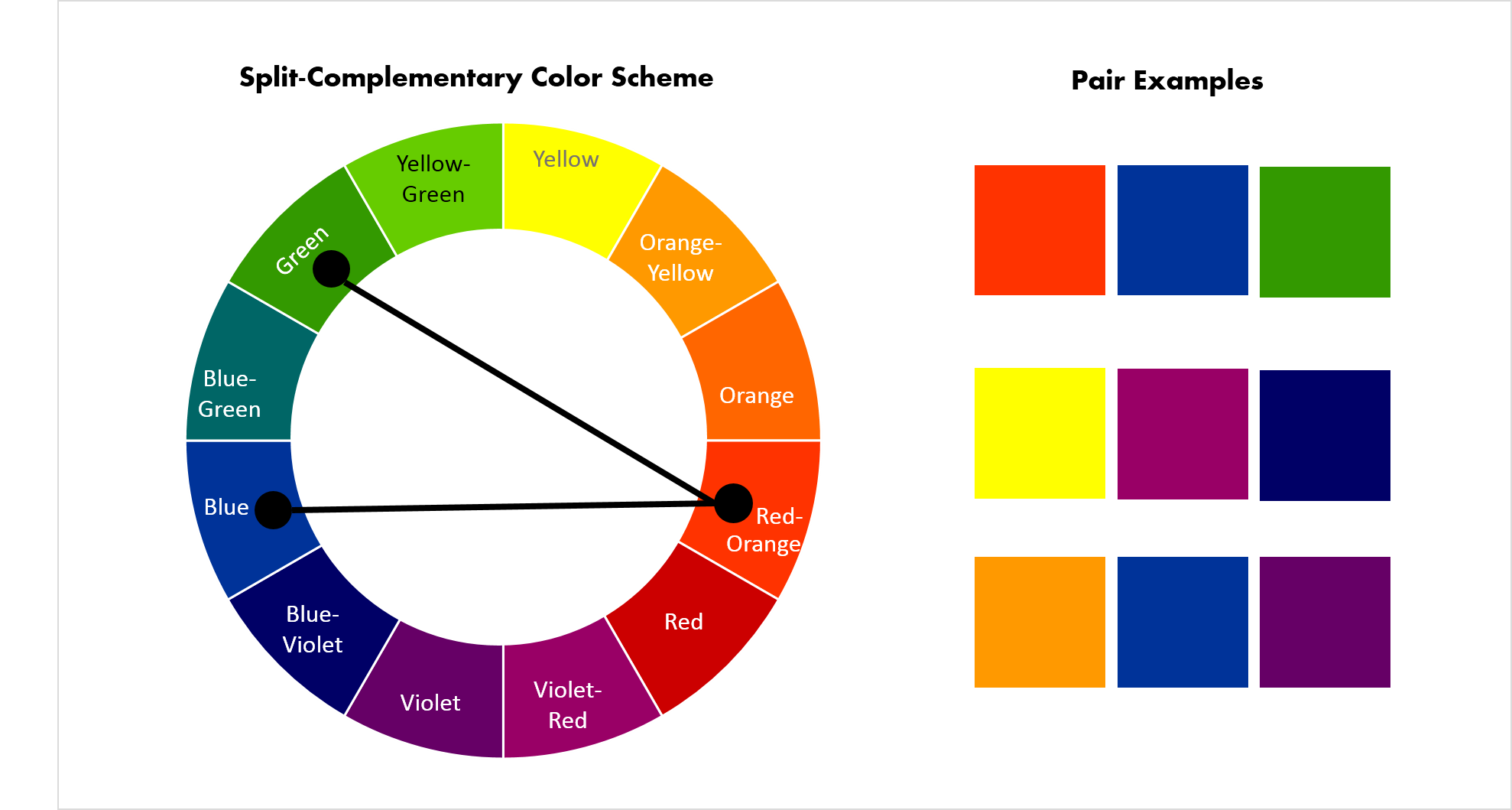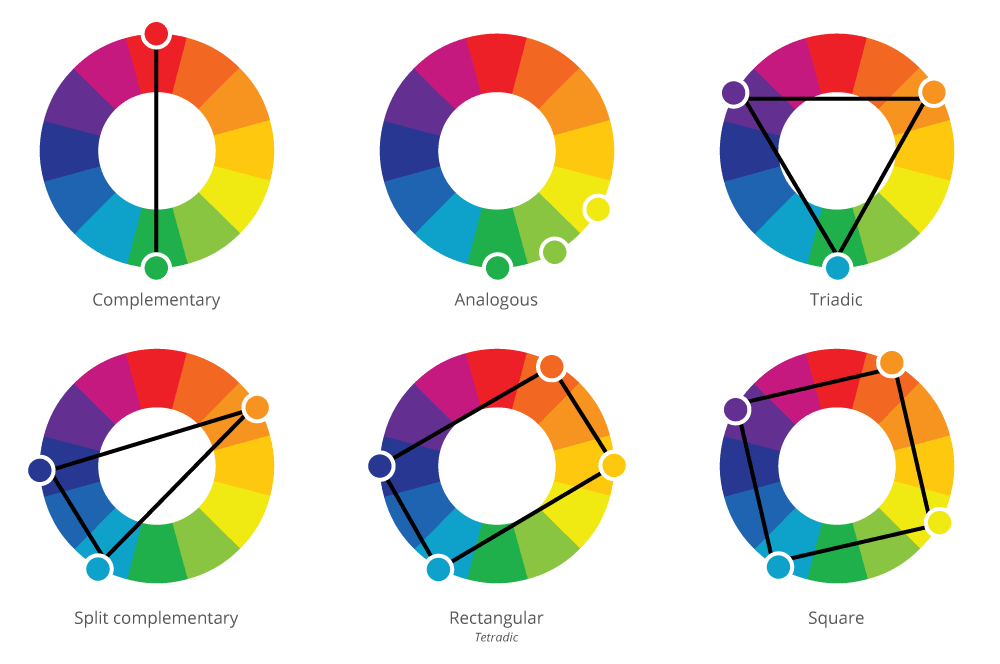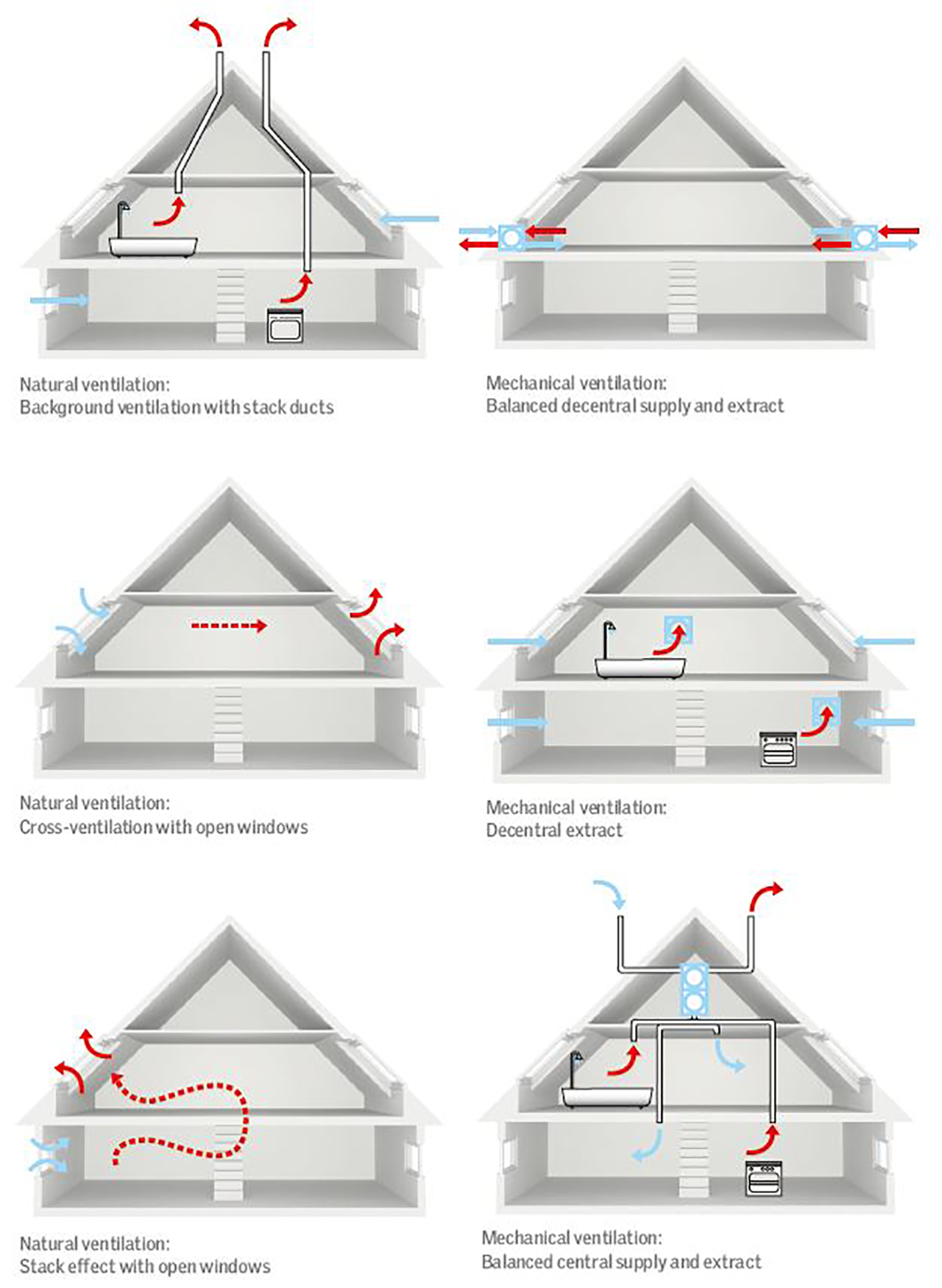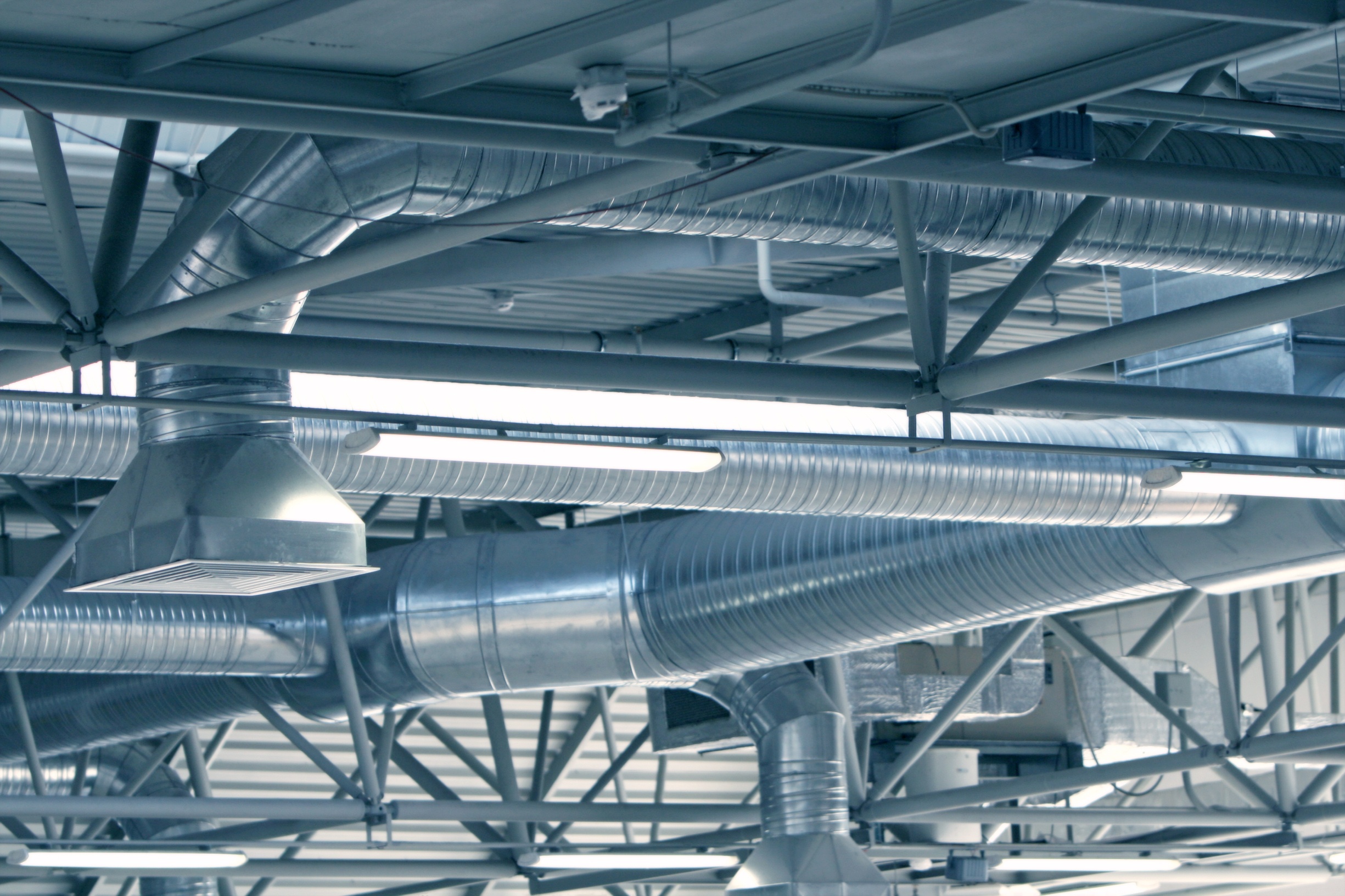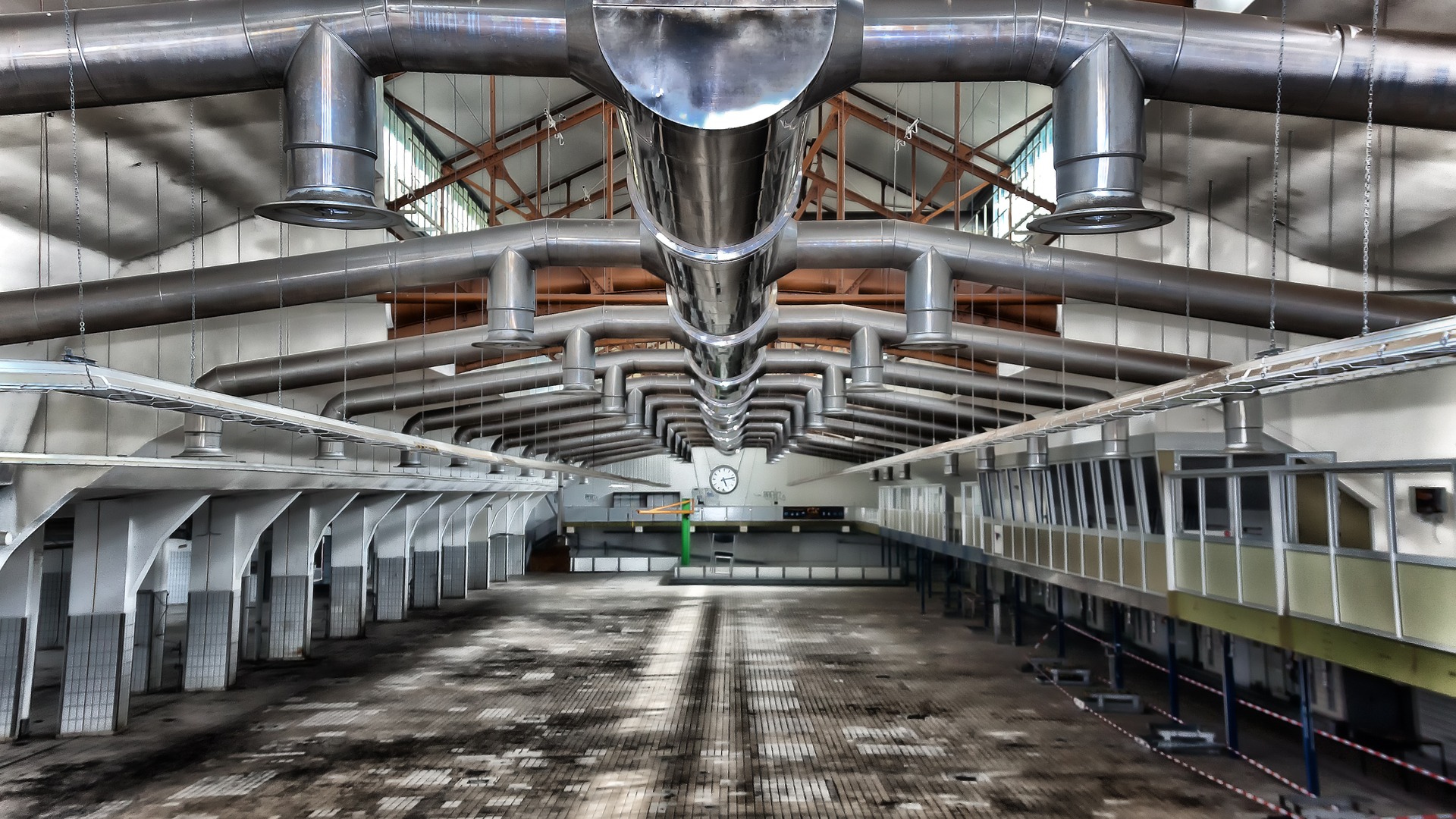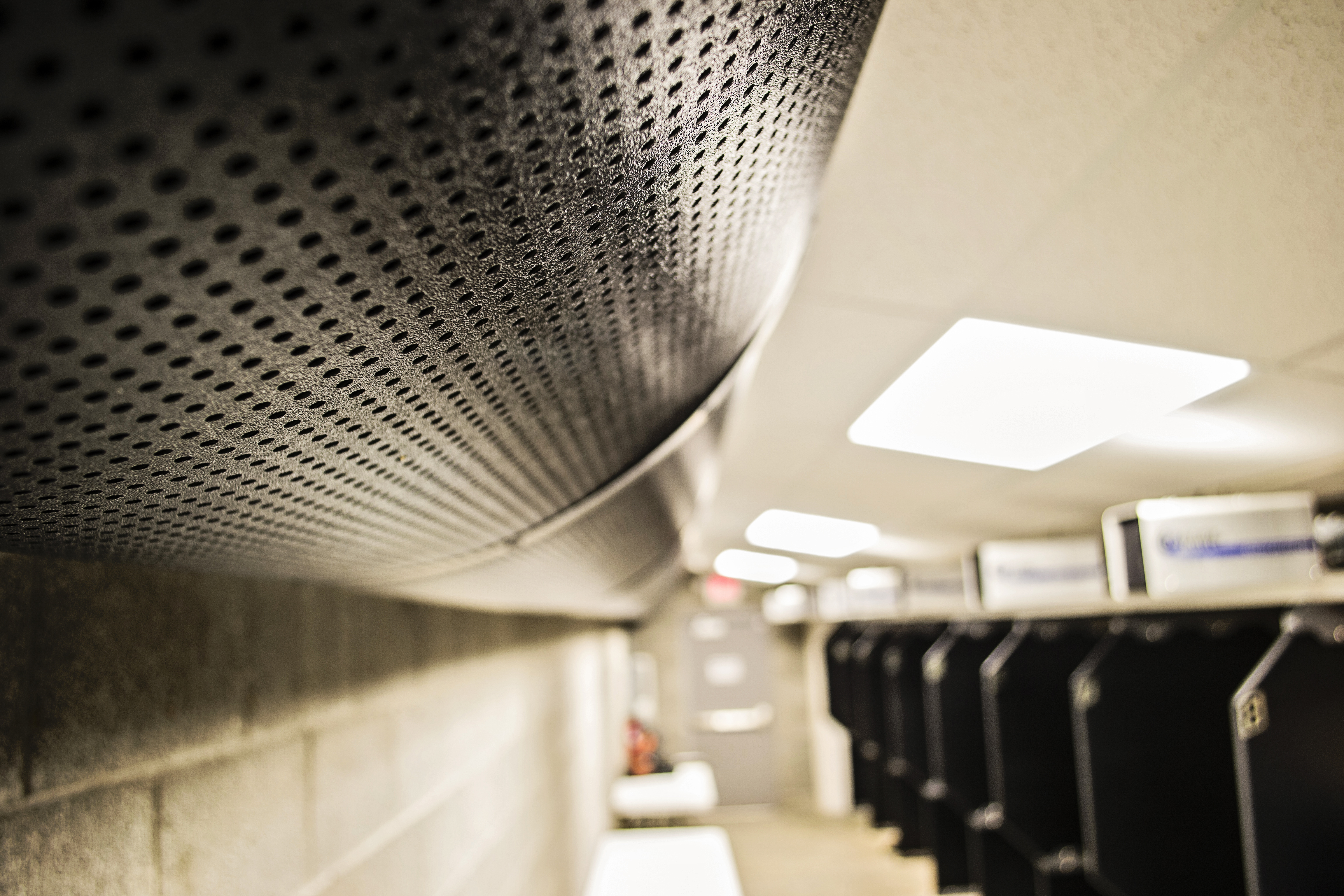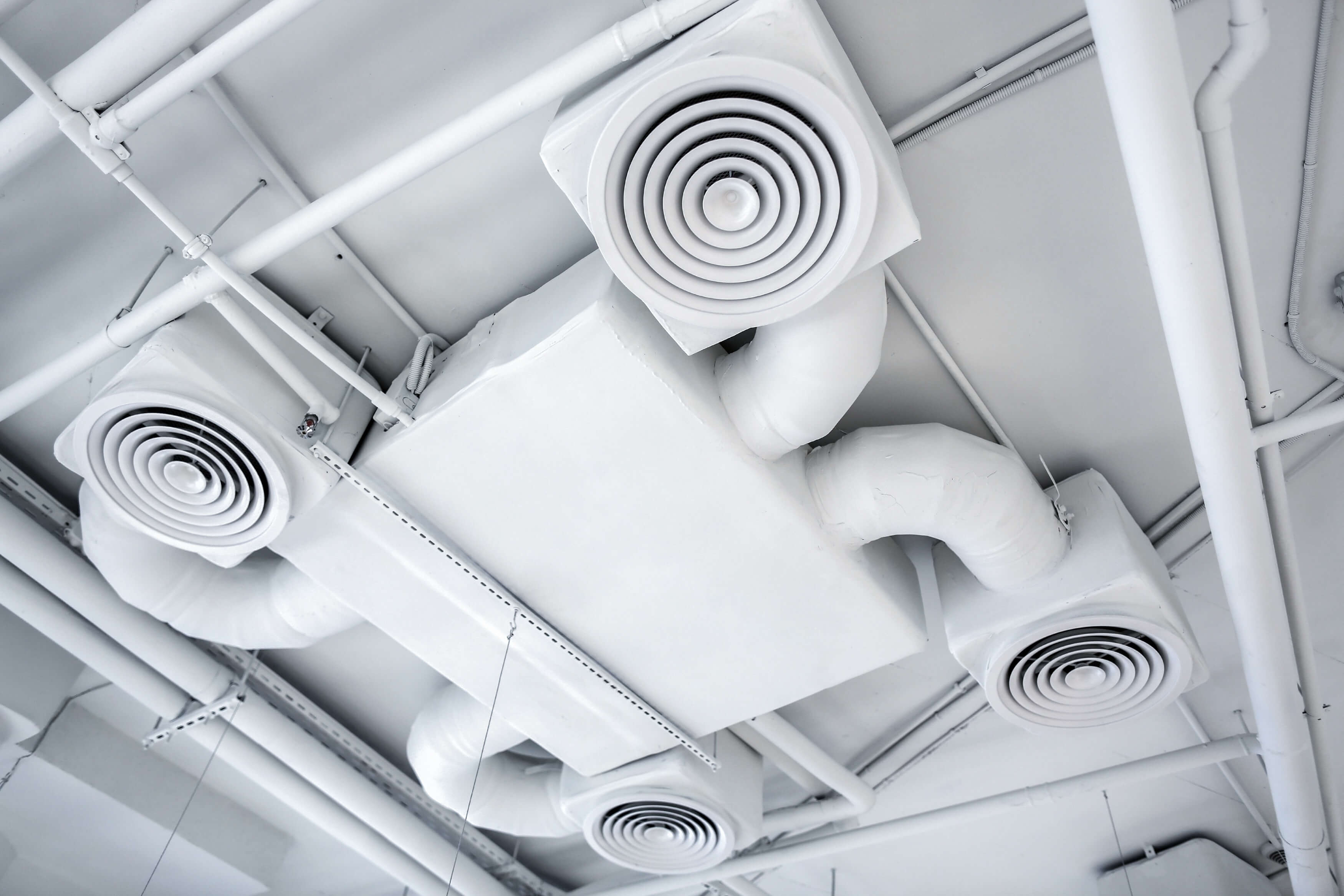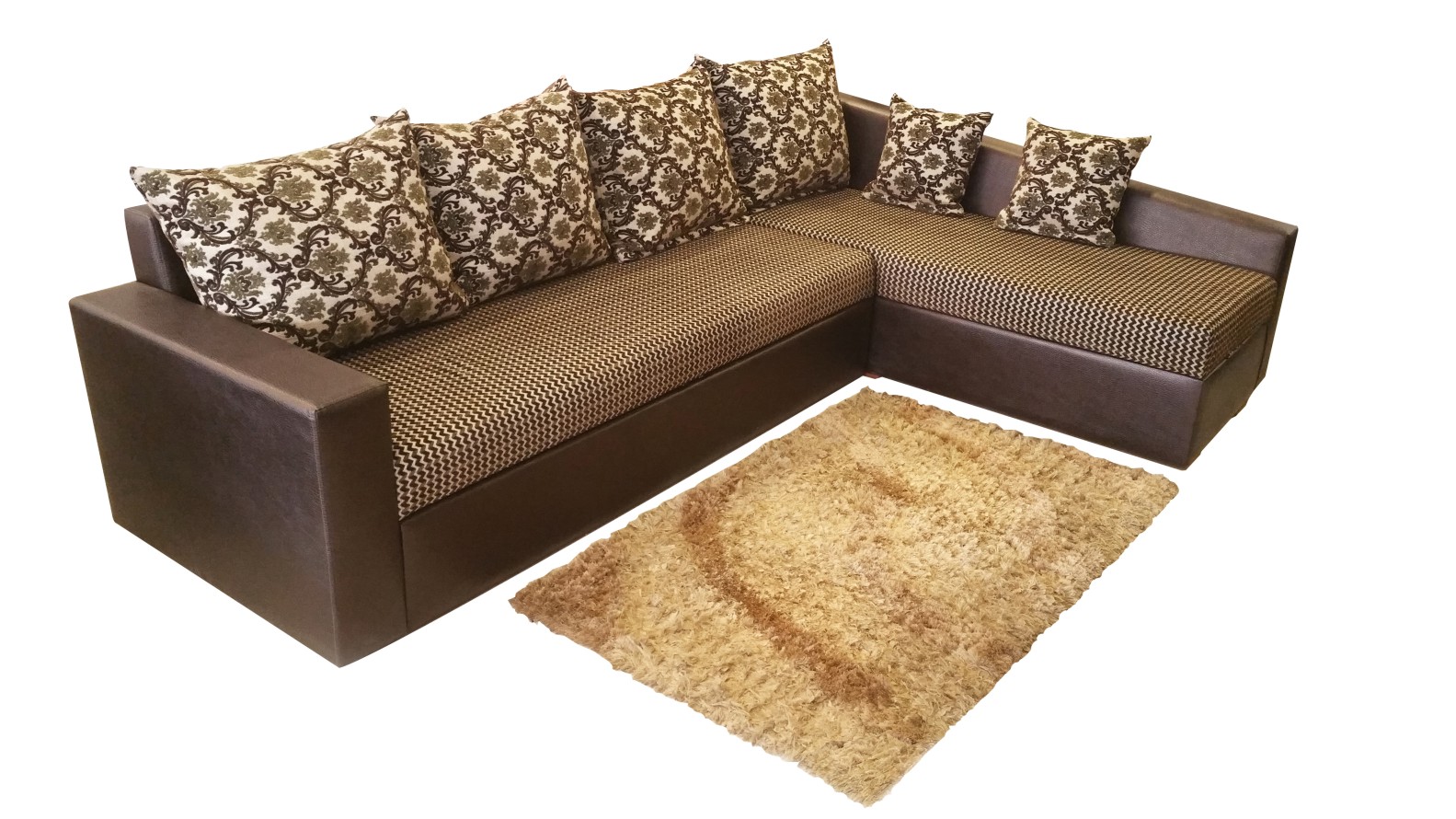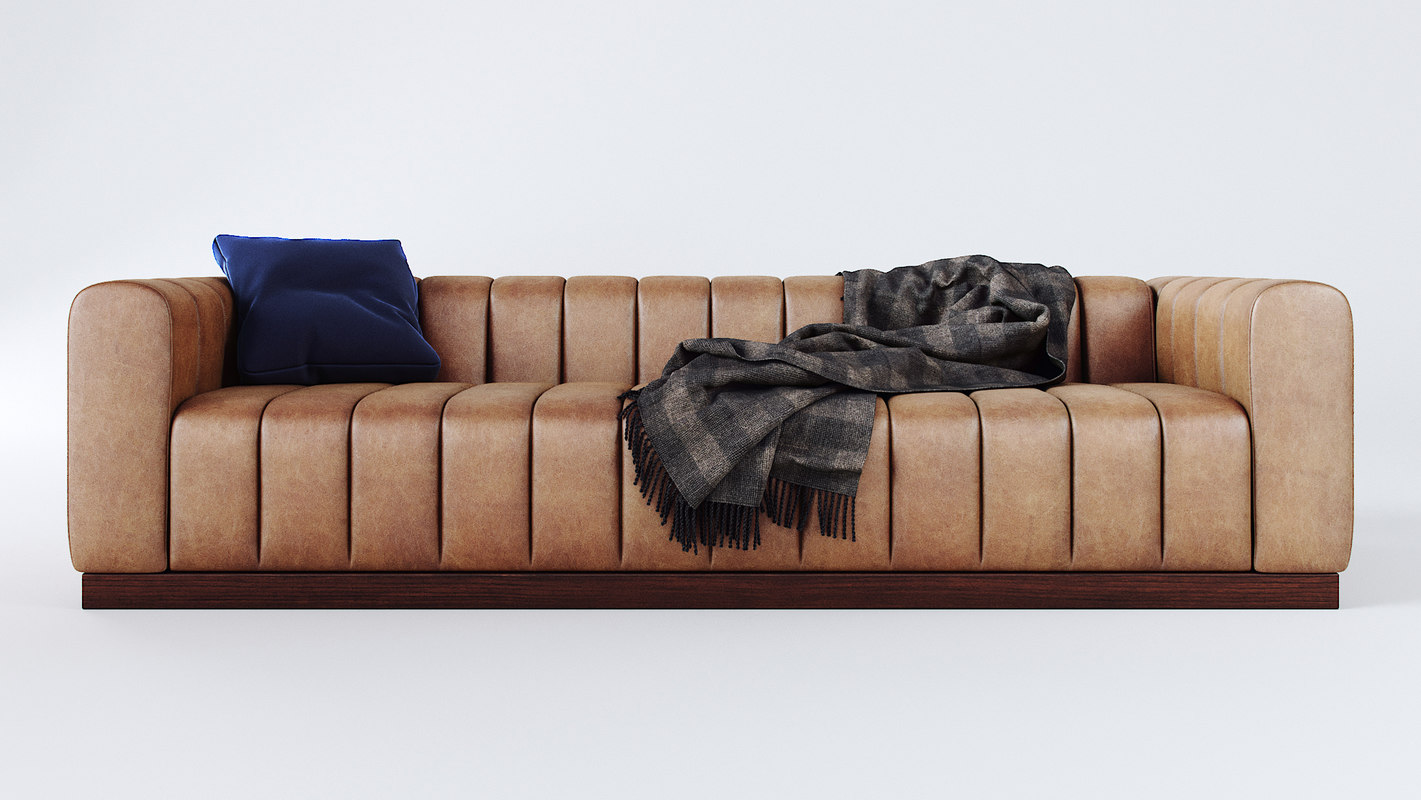The layout and workflow of a kitchen are essential in creating a functional and efficient space. When designing a kitchen, it is important to consider the work triangle, which refers to the three main areas of the kitchen: the sink, stove, and refrigerator. These areas should be in close proximity to each other to make cooking and preparing meals easier. It is also important to consider the flow of traffic in the kitchen. The kitchen should have a clear path for moving around and accessing different areas without any obstructions. This will make the kitchen more practical and safe to use. A well-designed layout and workflow can greatly improve the overall functionality of a kitchen and make cooking and preparing meals a more enjoyable experience.Layout and Workflow
Storage and organization are key components of a well-designed kitchen. Having enough storage space is crucial in keeping the kitchen clutter-free and organized. It is important to have a mix of both closed and open storage to accommodate different types of items. When it comes to organization, it is important to have designated areas for different items such as utensils, cookware, and pantry items. This will make it easier to find what you need and keep the kitchen tidy. There are many innovative storage solutions available such as pull-out shelves, corner cabinets, and hanging racks that can maximize storage space and keep the kitchen organized.Storage and Organization
Proper lighting is crucial in a kitchen, as it not only affects the overall ambiance but also plays a functional role in cooking and food preparation. Natural lighting is ideal, so if possible, try to incorporate windows or skylights in the kitchen. In addition to natural light, it is important to have adequate task lighting above work areas such as the sink, stove, and countertops. This will help prevent eye strain and make it easier to see while cooking. Ambient lighting, such as recessed lighting or pendant lights, can also add to the overall atmosphere of the kitchen and make it a more inviting space.Lighting
Choosing the right appliances for your kitchen is crucial in creating a functional and efficient space. When selecting appliances, consider the size, energy efficiency, and overall design aesthetic. It is also important to choose appliances that fit your cooking needs and lifestyle. Investing in high-quality appliances can also save you money in the long run, as they tend to last longer and have better energy efficiency. When designing a kitchen, it is important to plan for the placement of appliances to ensure they are easily accessible and do not disrupt the flow of the kitchen.Appliances
Countertops are not only a functional element in the kitchen but also a design feature. They should be durable, easy to clean, and able to withstand the rigors of daily use. There are many different materials to choose from, including granite, quartz, and solid surface. Each material has its own benefits and design aesthetic, so it is important to consider your needs and preferences when making a decision. The size and layout of your kitchen will also influence the type of countertop you choose. For example, a large kitchen may benefit from an island with a different countertop material for added visual interest.Countertops
Cabinetry is an important aspect of any kitchen design. Not only does it provide storage, but it also contributes to the overall style and aesthetic of the space. When choosing cabinetry, consider the material, finish, and hardware. It is also important to think about the layout and functionality, such as the number of drawers and shelves needed. Custom cabinetry can be a great option for creating a unique and personalized kitchen, but there are also many affordable and stylish pre-made options available.Cabinetry
The flooring in a kitchen should be durable, easy to clean, and able to withstand spills and heavy foot traffic. Popular options for kitchen flooring include tile, hardwood, and laminate. It is important to choose a flooring material that complements the overall design aesthetic of the kitchen and is also practical for your lifestyle. For example, tile is a good option for those who do a lot of cooking and need a surface that is easy to clean. When selecting flooring, consider the color and pattern as well. A neutral color or pattern can help create a cohesive and timeless look in the kitchen.Flooring
A backsplash is not only a decorative element in a kitchen but also serves a functional purpose in protecting the walls from splashes and spills. There are many different materials to choose from, including tile, glass, and metal. A backsplash can also add visual interest and texture to the kitchen. Consider choosing a bold color or pattern to add a pop of personality to the space. When designing a kitchen, it is important to plan for the backsplash and ensure it complements the overall design aesthetic and color scheme.Backsplash
The color scheme of a kitchen can greatly impact the overall look and feel of the space. It is important to choose colors that not only complement each other but also reflect your personal style and create a cohesive look. Neutral colors such as white, gray, and beige are popular choices for kitchen color schemes as they create a clean and timeless look. However, adding a pop of color with accents or a bold backsplash can add personality and visual interest to the space. When choosing a color scheme for your kitchen, consider the colors of the existing elements such as cabinets, countertops, and flooring, and choose colors that will complement them.Color Scheme
Proper ventilation is important in a kitchen to remove steam, smoke, and odors from cooking. A range hood is a common option for ventilation, but there are also other options such as downdraft systems and ceiling-mounted vents. When designing a kitchen, it is important to plan for the placement of ventilation to ensure it is effective in removing odors and smoke. It is also important to regularly clean and maintain the ventilation system to keep it functioning properly. Proper ventilation not only improves the air quality in the kitchen but also helps keep the space clean and free of excess moisture.Ventilation
The Importance of Good Kitchen Design
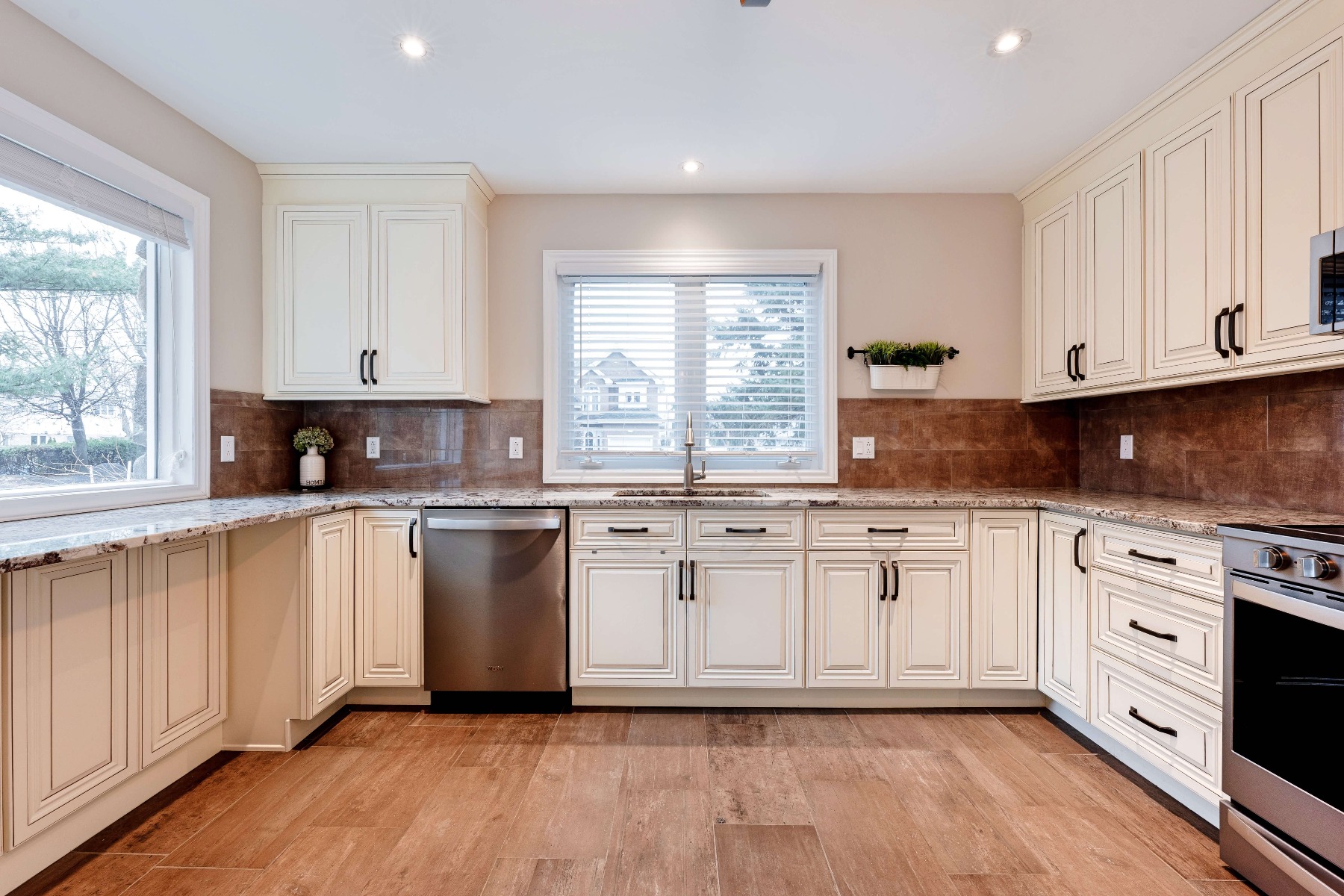
A Functional and Efficient Space
 A well-designed kitchen is not just about aesthetics, it is also about functionality and efficiency. It is where you prepare meals, store food, and gather with family and friends.
Good kitchen design
takes into consideration the flow of movement within the space, ensuring that the cook can easily access all necessary tools and ingredients without any obstructions. This is especially important for those who love to cook and spend a lot of time in the kitchen.
Efficient kitchen design
can also save time and energy, making meal preparation a more pleasant experience.
A well-designed kitchen is not just about aesthetics, it is also about functionality and efficiency. It is where you prepare meals, store food, and gather with family and friends.
Good kitchen design
takes into consideration the flow of movement within the space, ensuring that the cook can easily access all necessary tools and ingredients without any obstructions. This is especially important for those who love to cook and spend a lot of time in the kitchen.
Efficient kitchen design
can also save time and energy, making meal preparation a more pleasant experience.
Maximizing Storage
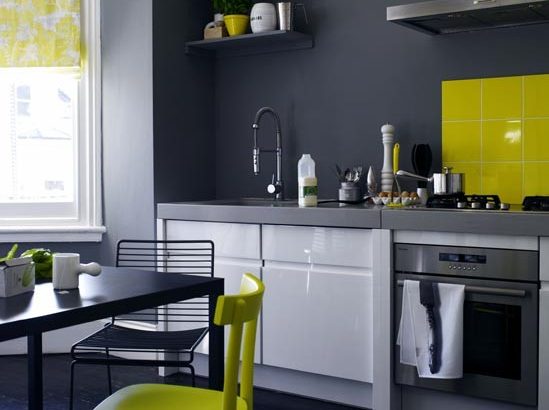 One of the key components of a
kitchen design
is storage. A
well-designed kitchen
should have enough storage space to keep all your kitchen essentials organized and easily accessible. This includes cabinets, drawers, and pantry space. The layout of the kitchen should also take into consideration the different types of storage needed for various items, such as pots and pans, utensils, and food items.
Maximizing storage
not only helps to keep the kitchen clutter-free but also makes it easier to find and access items when needed.
One of the key components of a
kitchen design
is storage. A
well-designed kitchen
should have enough storage space to keep all your kitchen essentials organized and easily accessible. This includes cabinets, drawers, and pantry space. The layout of the kitchen should also take into consideration the different types of storage needed for various items, such as pots and pans, utensils, and food items.
Maximizing storage
not only helps to keep the kitchen clutter-free but also makes it easier to find and access items when needed.
Efficient Use of Space
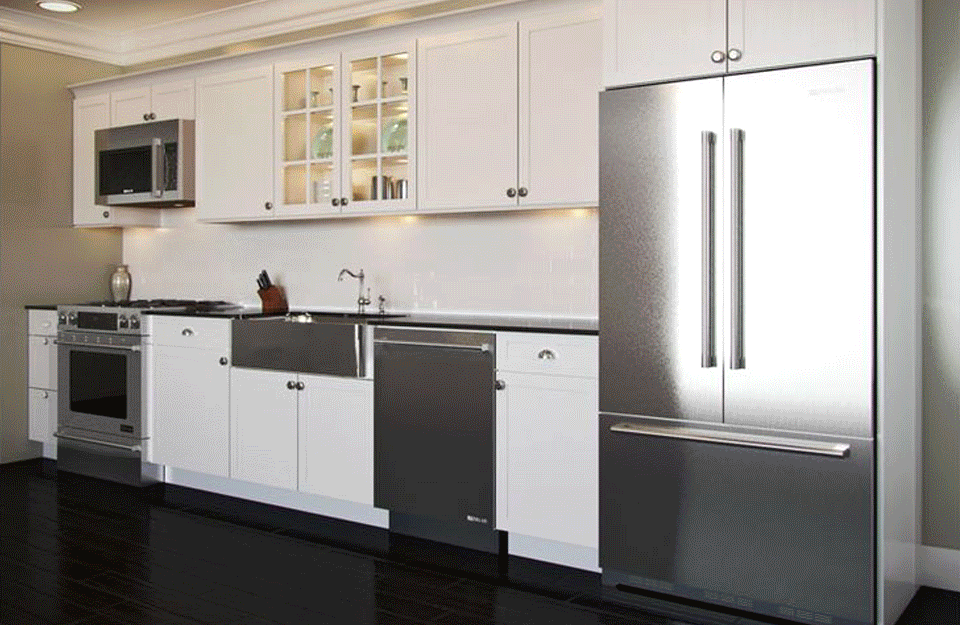 In today's modern homes, space is a valuable commodity.
Efficient use of space
is essential in
kitchen design
to make the most out of the available area. This can be achieved through clever storage solutions, such as utilizing vertical space with tall cabinets or incorporating hidden storage under countertops. The layout of the kitchen should also be carefully planned to make the best use of the available space. This not only makes the kitchen more functional but also creates a more open and spacious feel.
In today's modern homes, space is a valuable commodity.
Efficient use of space
is essential in
kitchen design
to make the most out of the available area. This can be achieved through clever storage solutions, such as utilizing vertical space with tall cabinets or incorporating hidden storage under countertops. The layout of the kitchen should also be carefully planned to make the best use of the available space. This not only makes the kitchen more functional but also creates a more open and spacious feel.
A Reflection of Your Style
 The kitchen is often referred to as the heart of the home, and as such, it should reflect your personal style and taste. From the color scheme to the materials used, every aspect of
kitchen design
can be customized to suit your preferences. Whether you prefer a modern and sleek look or a cozy and rustic feel, there are endless design options to choose from. A well-designed kitchen should not only be functional but also aesthetically pleasing and a reflection of your unique style.
In conclusion, a good
kitchen design
is not just about having a beautiful space, it is also about creating a functional and efficient area that reflects your personal style. By considering the flow of movement, maximizing storage, and making efficient use of space, you can create a kitchen that is both practical and visually appealing. So, whether you are remodeling your existing kitchen or designing a new one, be sure to pay attention to these key components of
kitchen design
for a space that is both functional and beautiful.
The kitchen is often referred to as the heart of the home, and as such, it should reflect your personal style and taste. From the color scheme to the materials used, every aspect of
kitchen design
can be customized to suit your preferences. Whether you prefer a modern and sleek look or a cozy and rustic feel, there are endless design options to choose from. A well-designed kitchen should not only be functional but also aesthetically pleasing and a reflection of your unique style.
In conclusion, a good
kitchen design
is not just about having a beautiful space, it is also about creating a functional and efficient area that reflects your personal style. By considering the flow of movement, maximizing storage, and making efficient use of space, you can create a kitchen that is both practical and visually appealing. So, whether you are remodeling your existing kitchen or designing a new one, be sure to pay attention to these key components of
kitchen design
for a space that is both functional and beautiful.
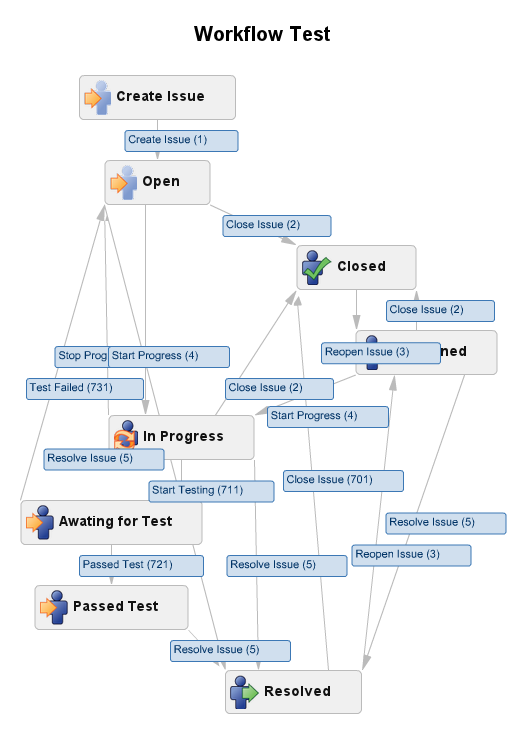
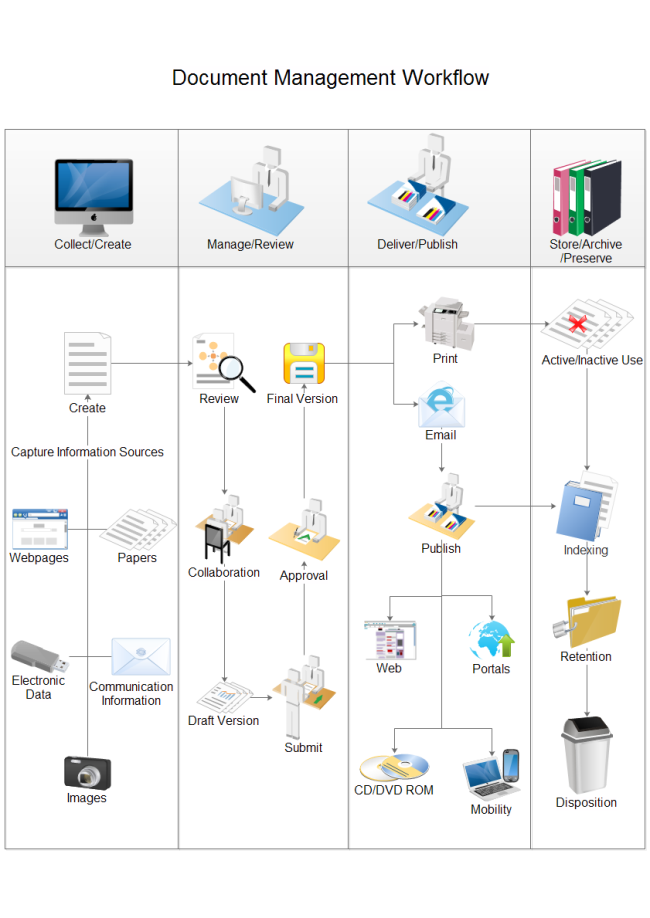

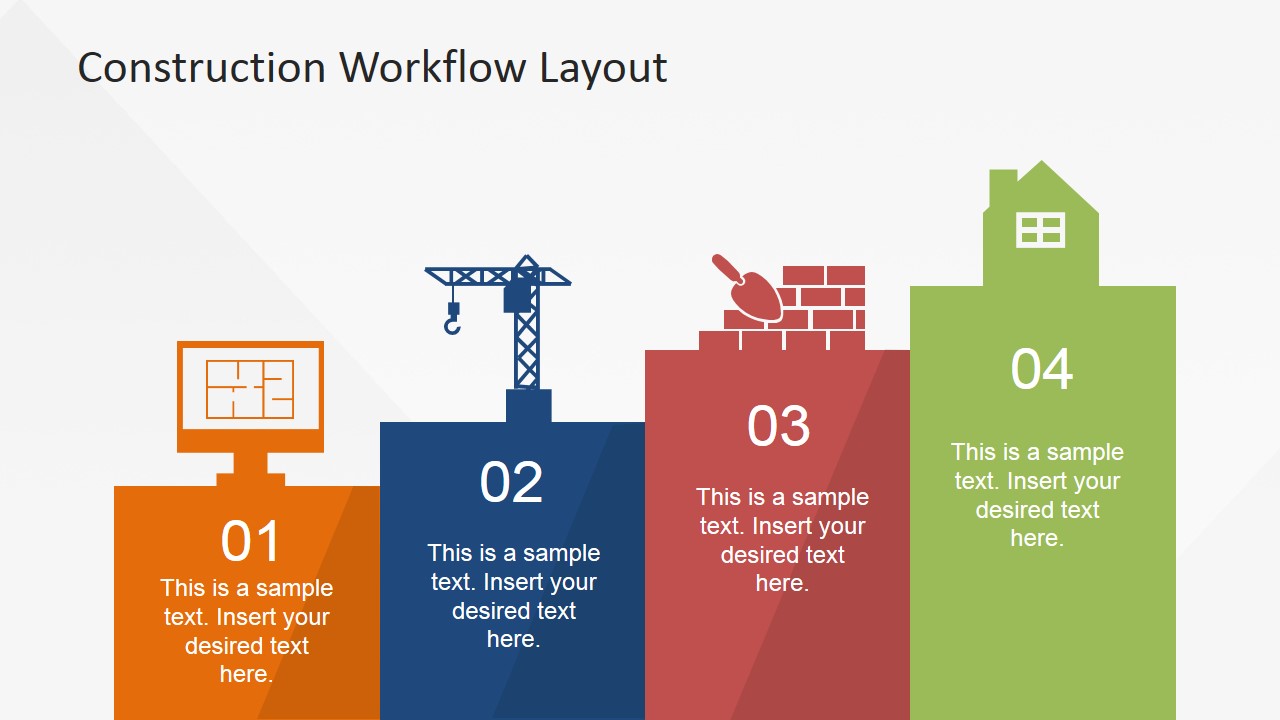
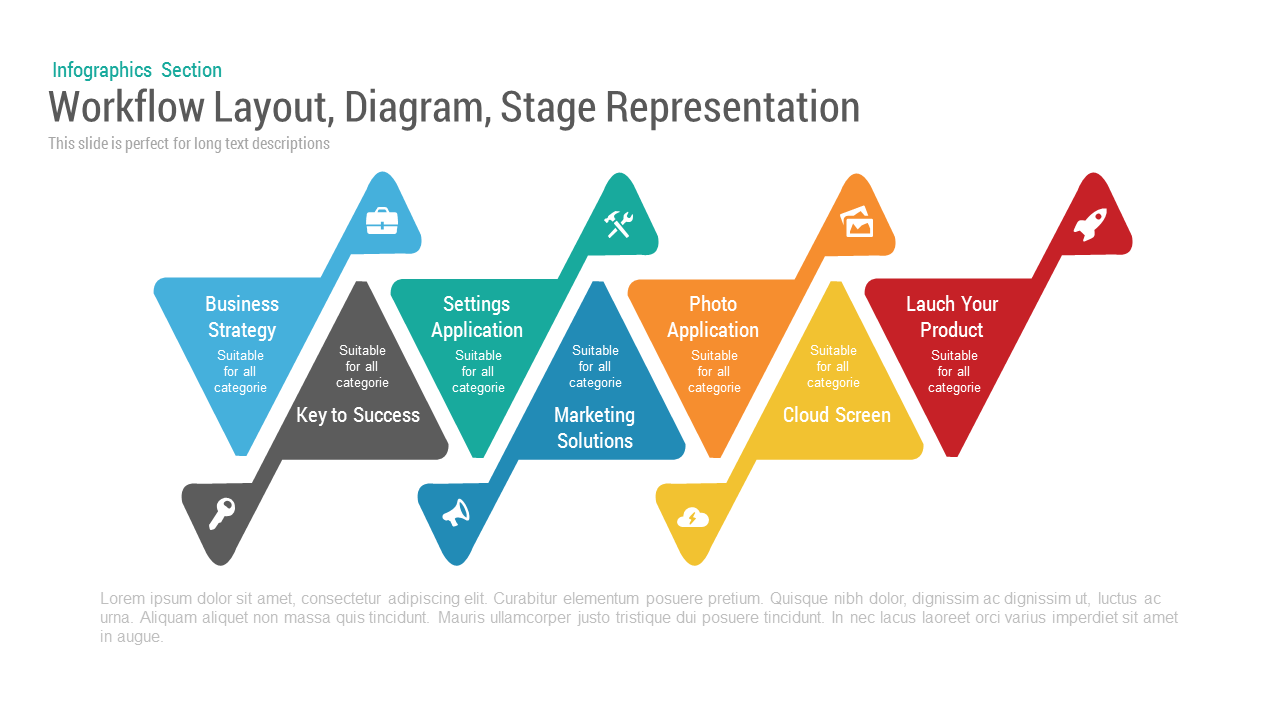
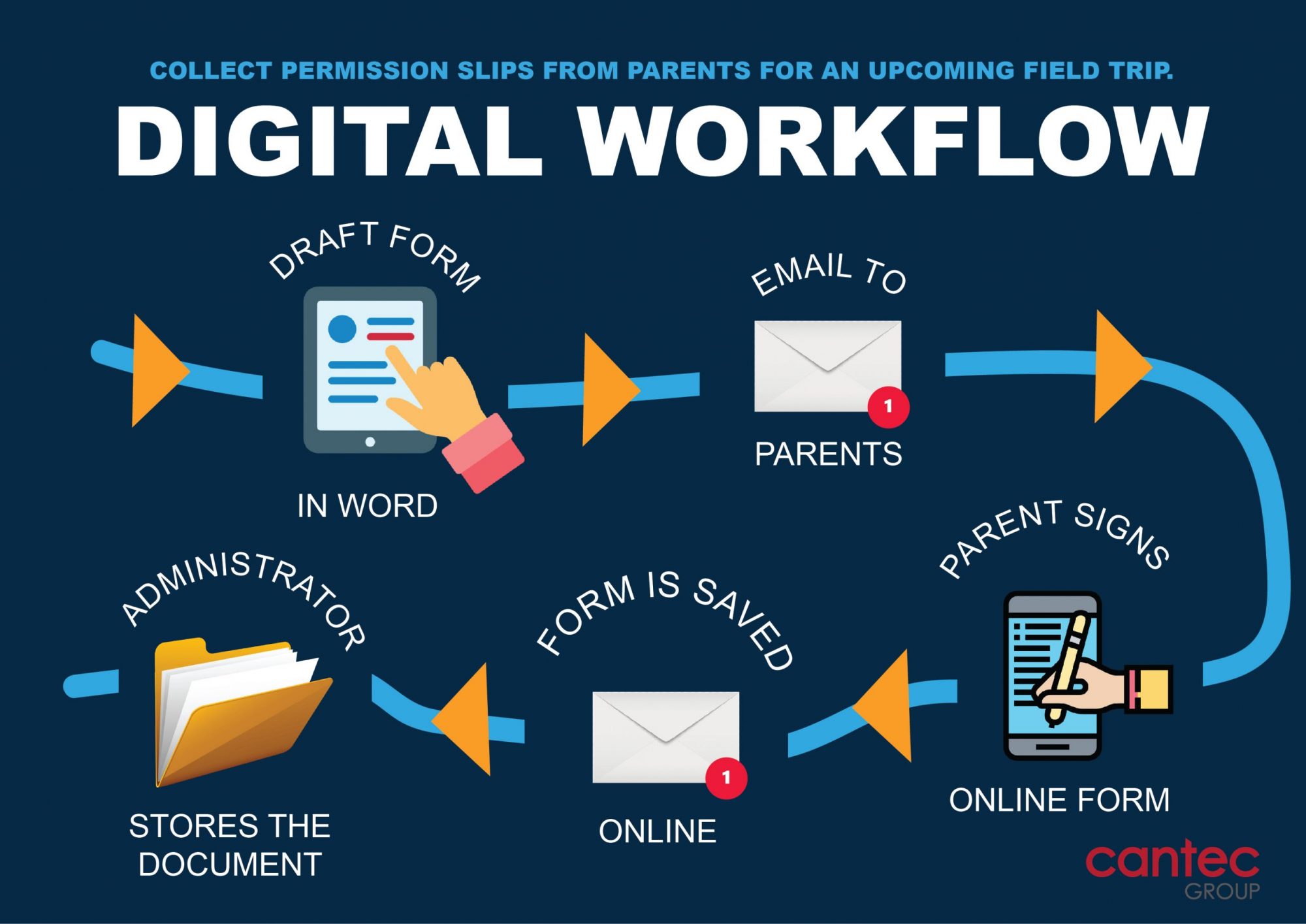

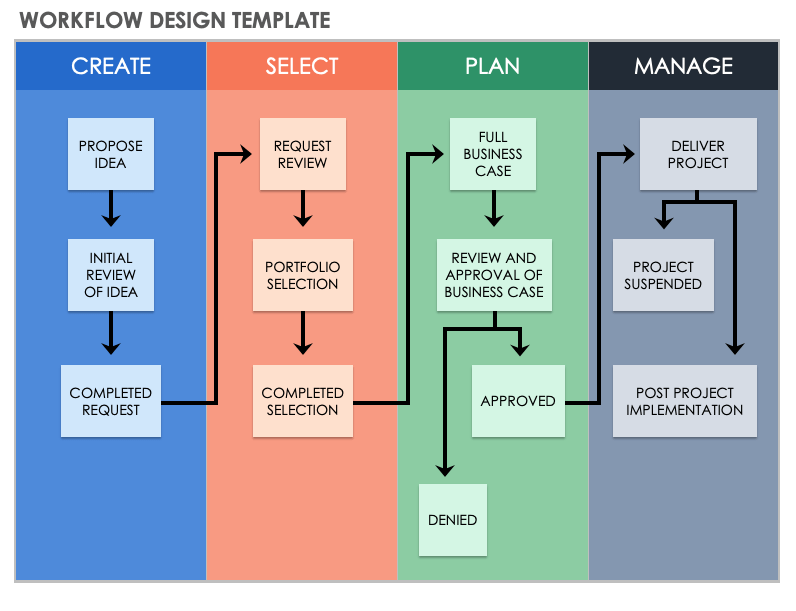
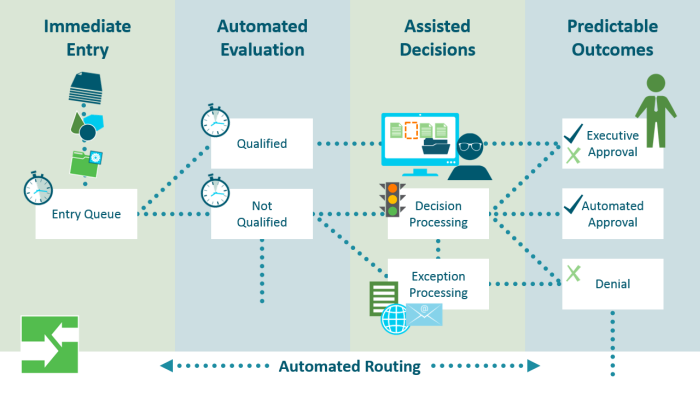
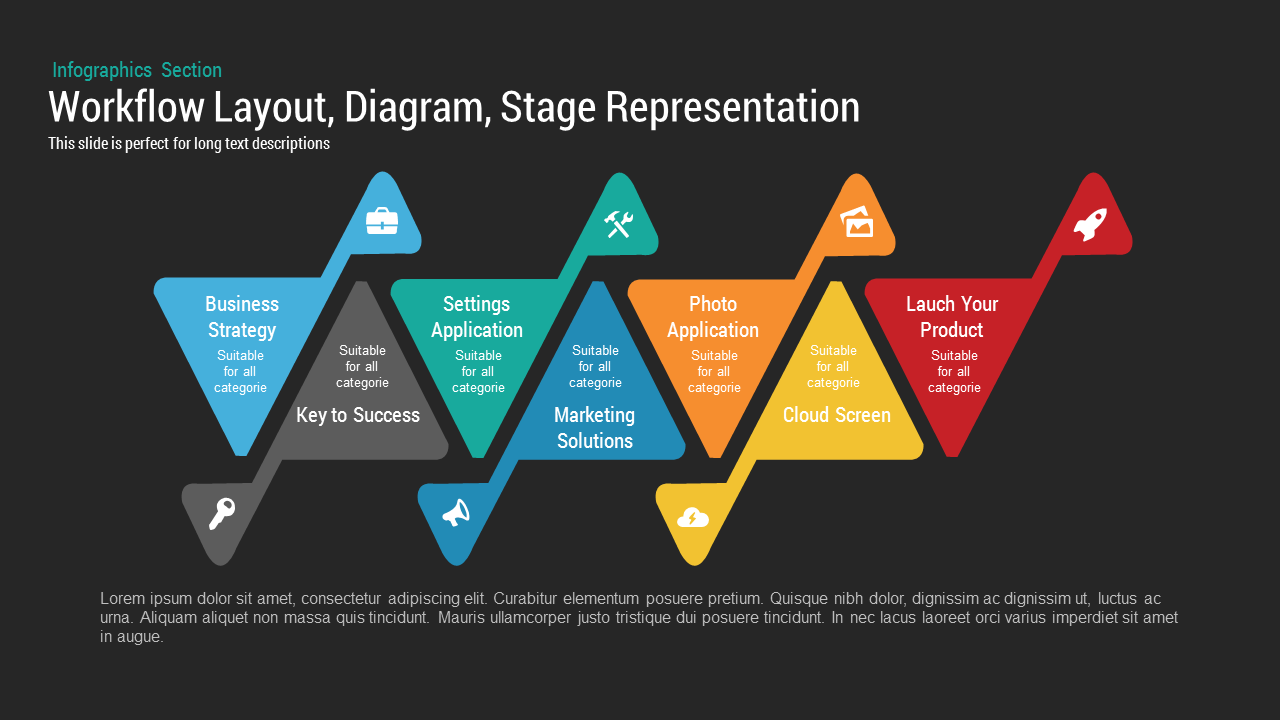
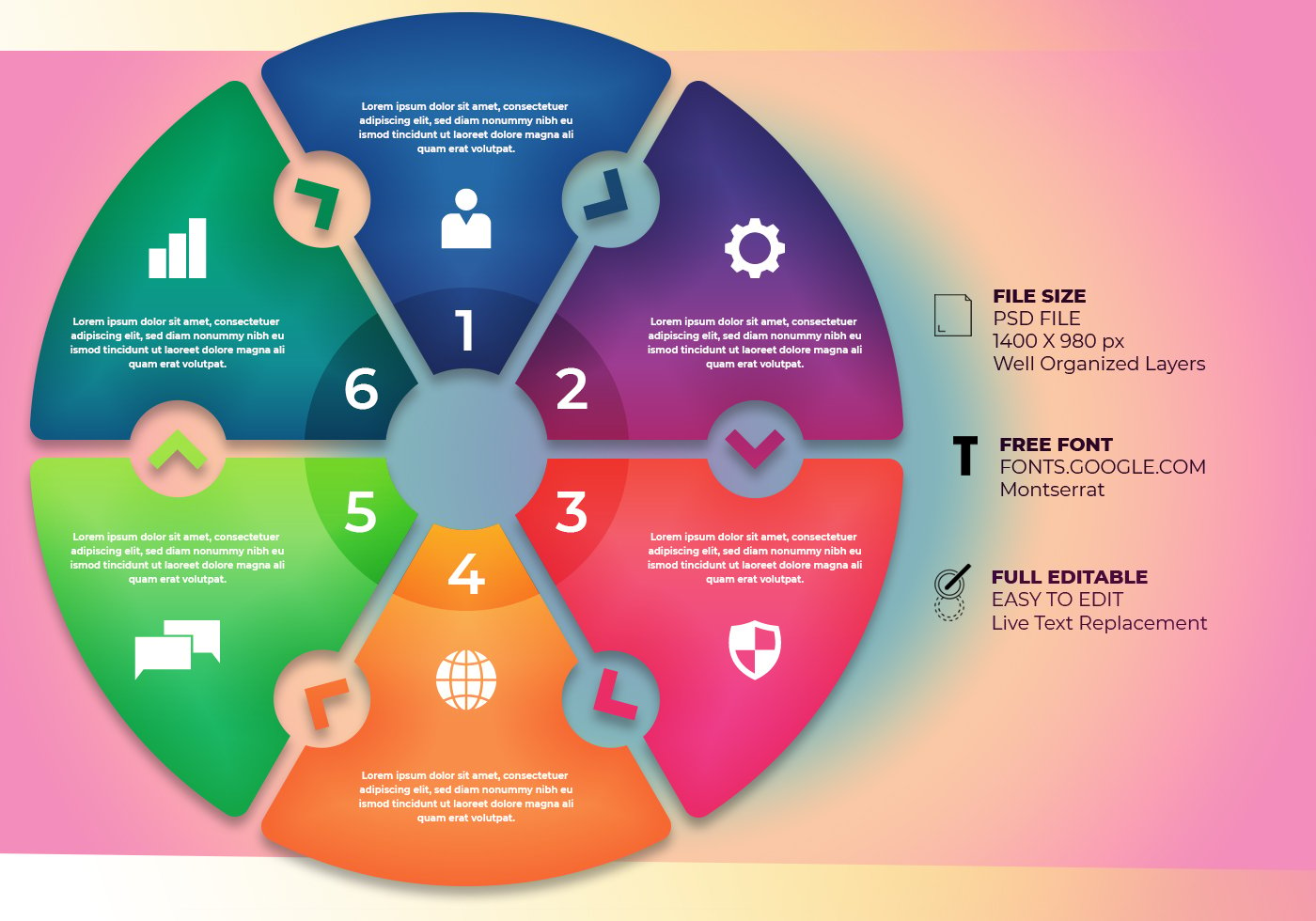
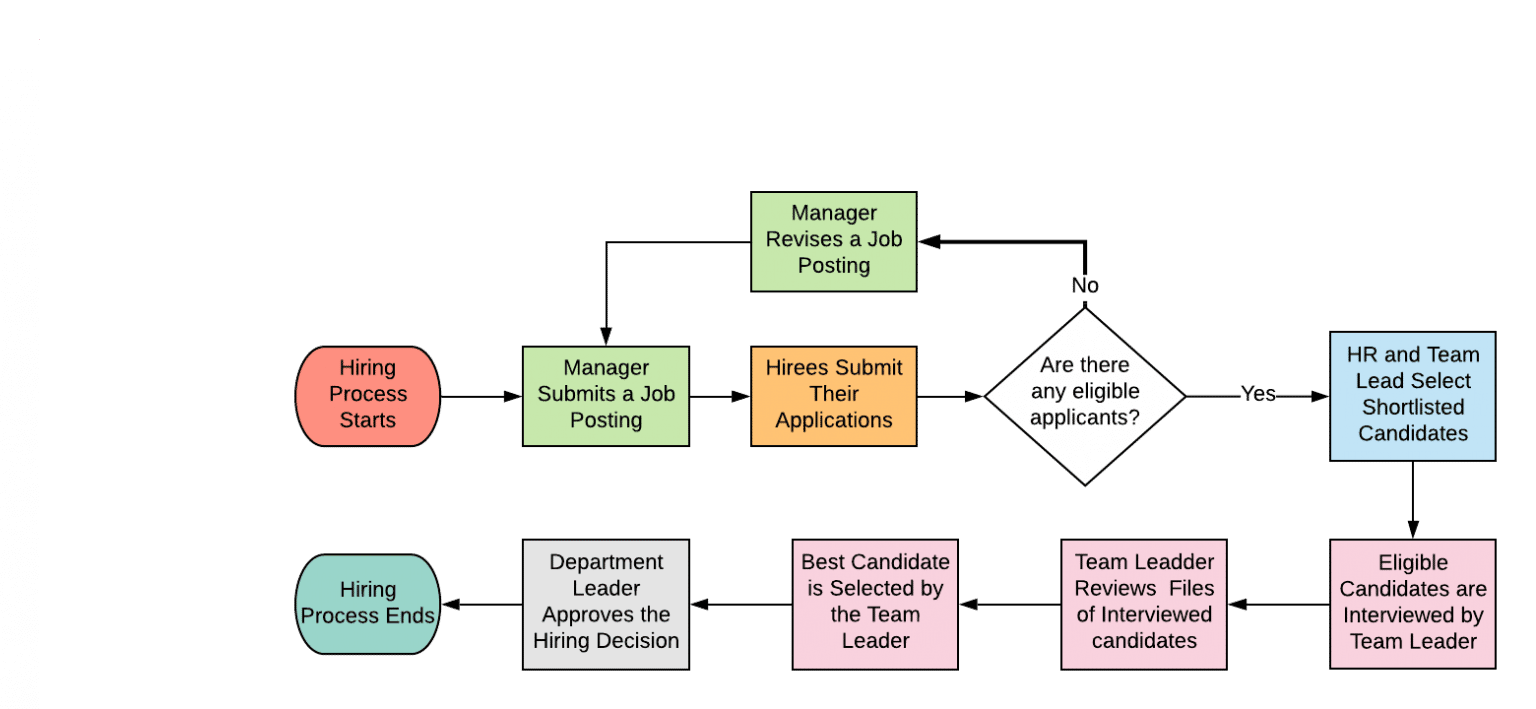
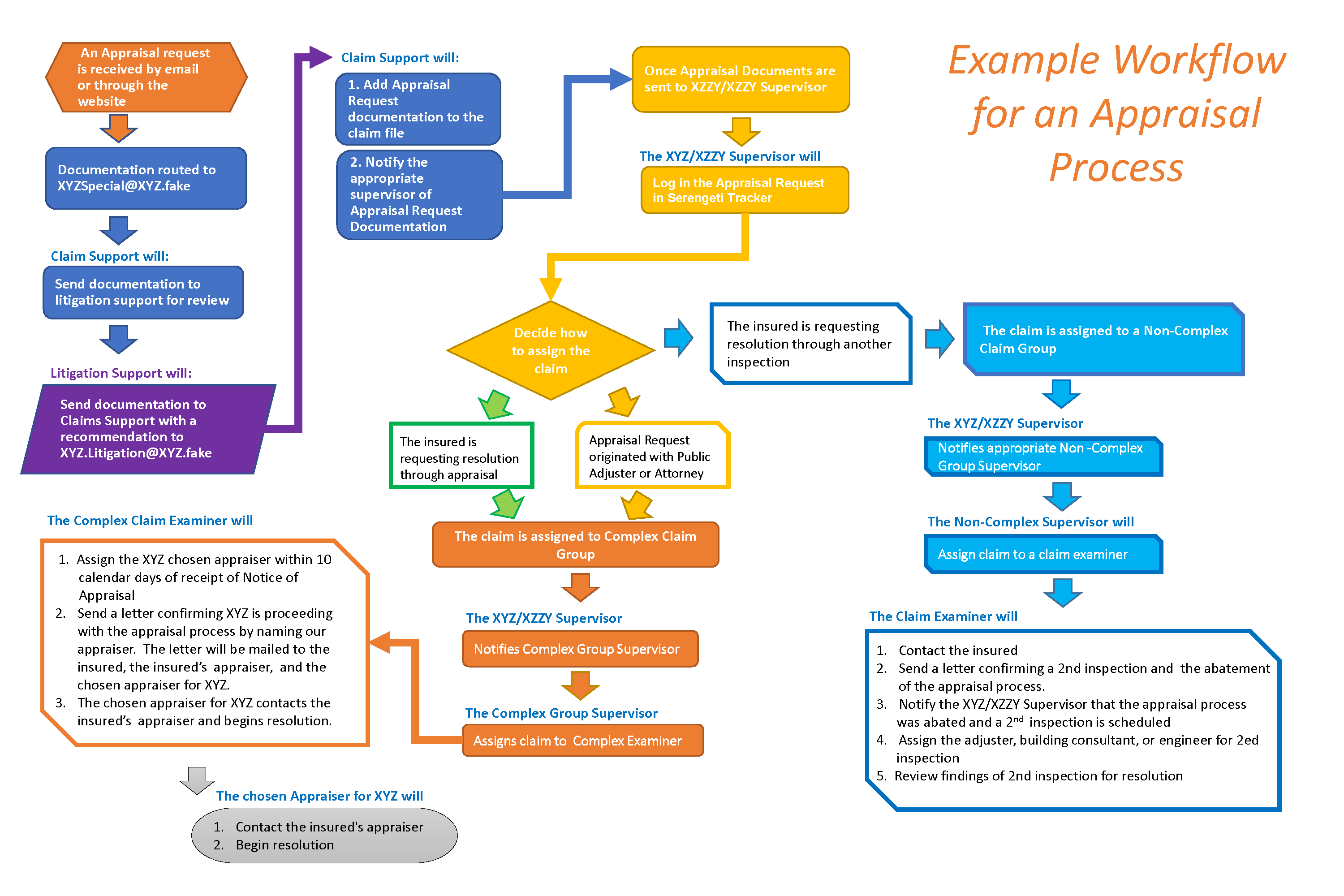
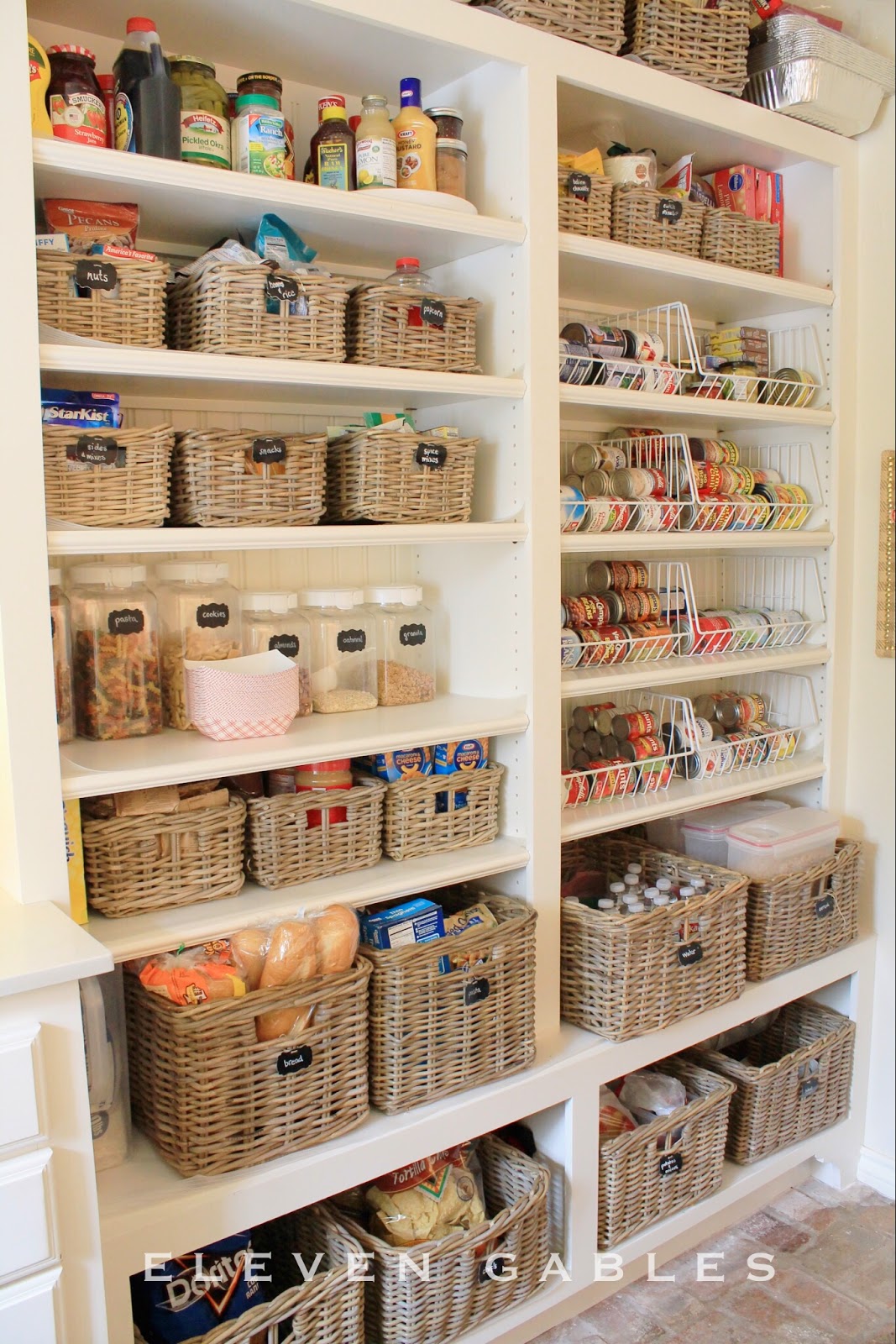
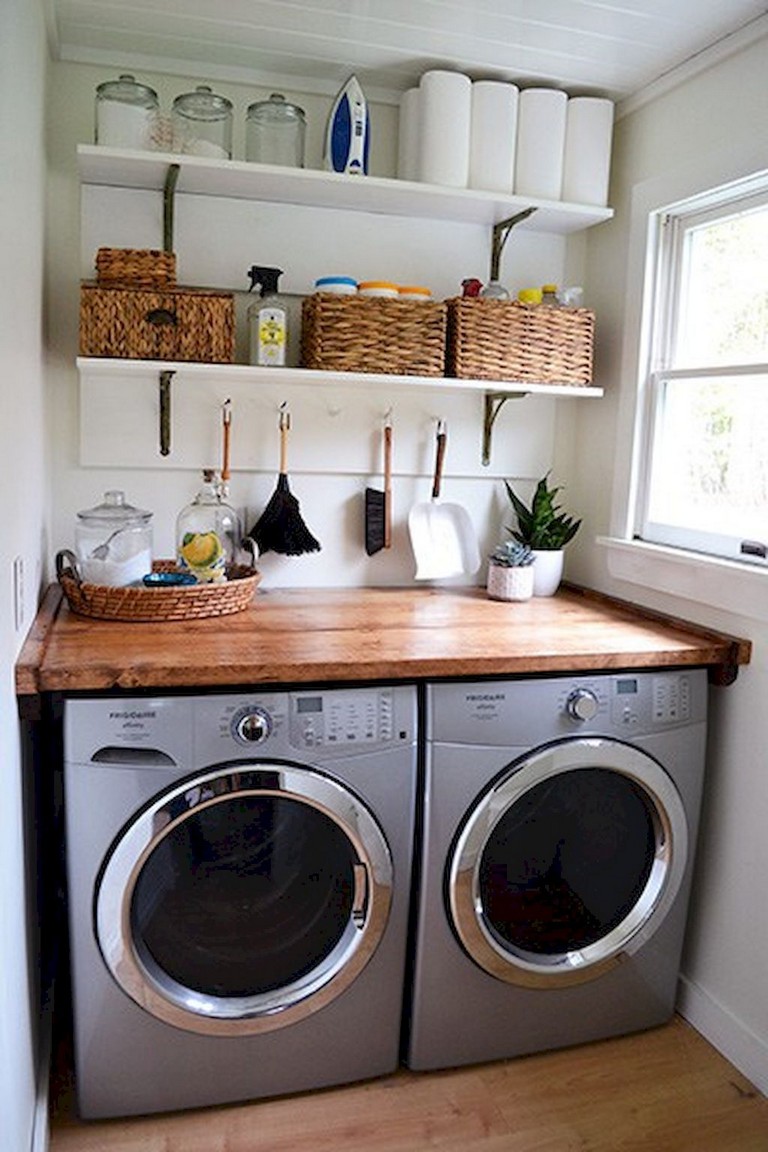
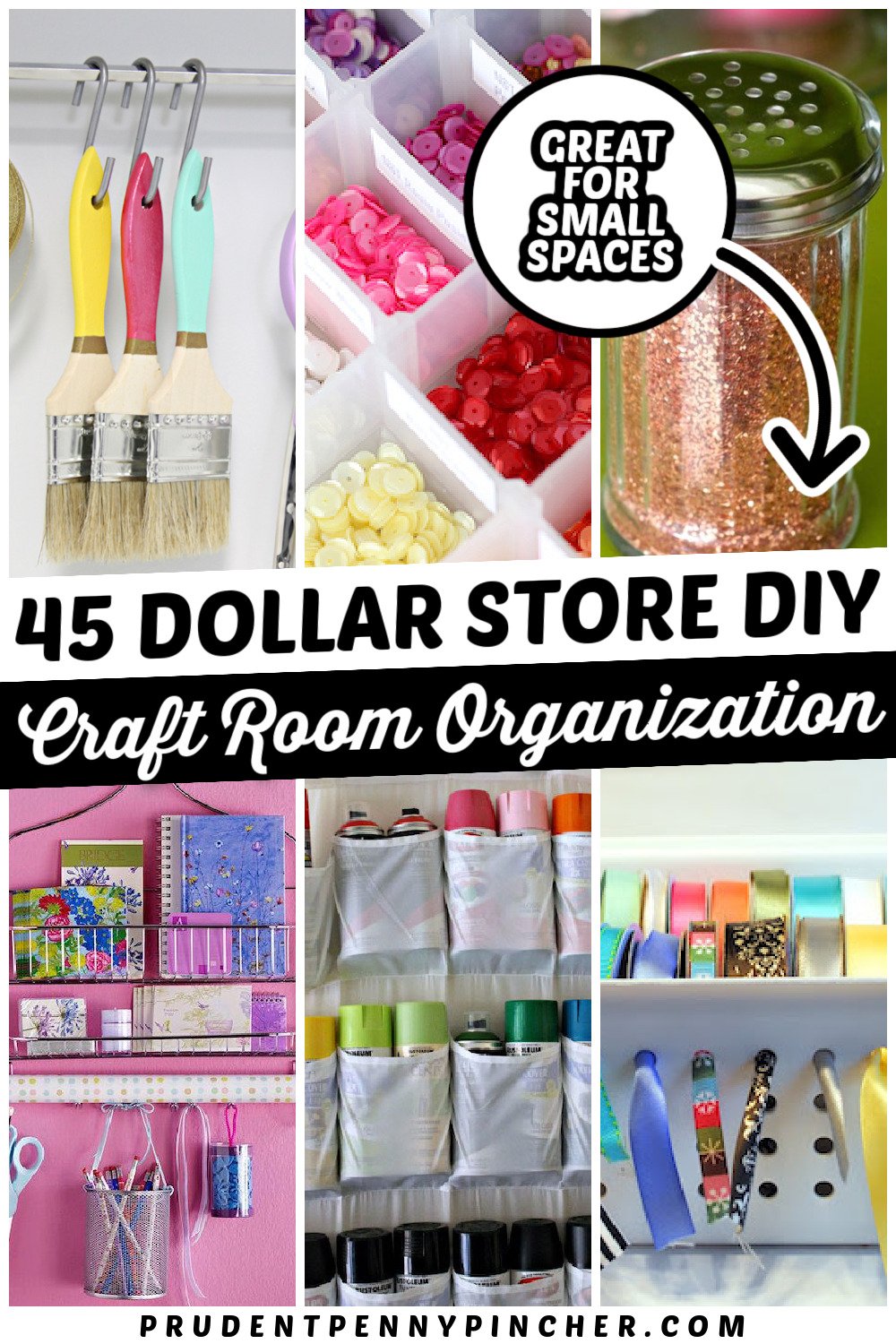


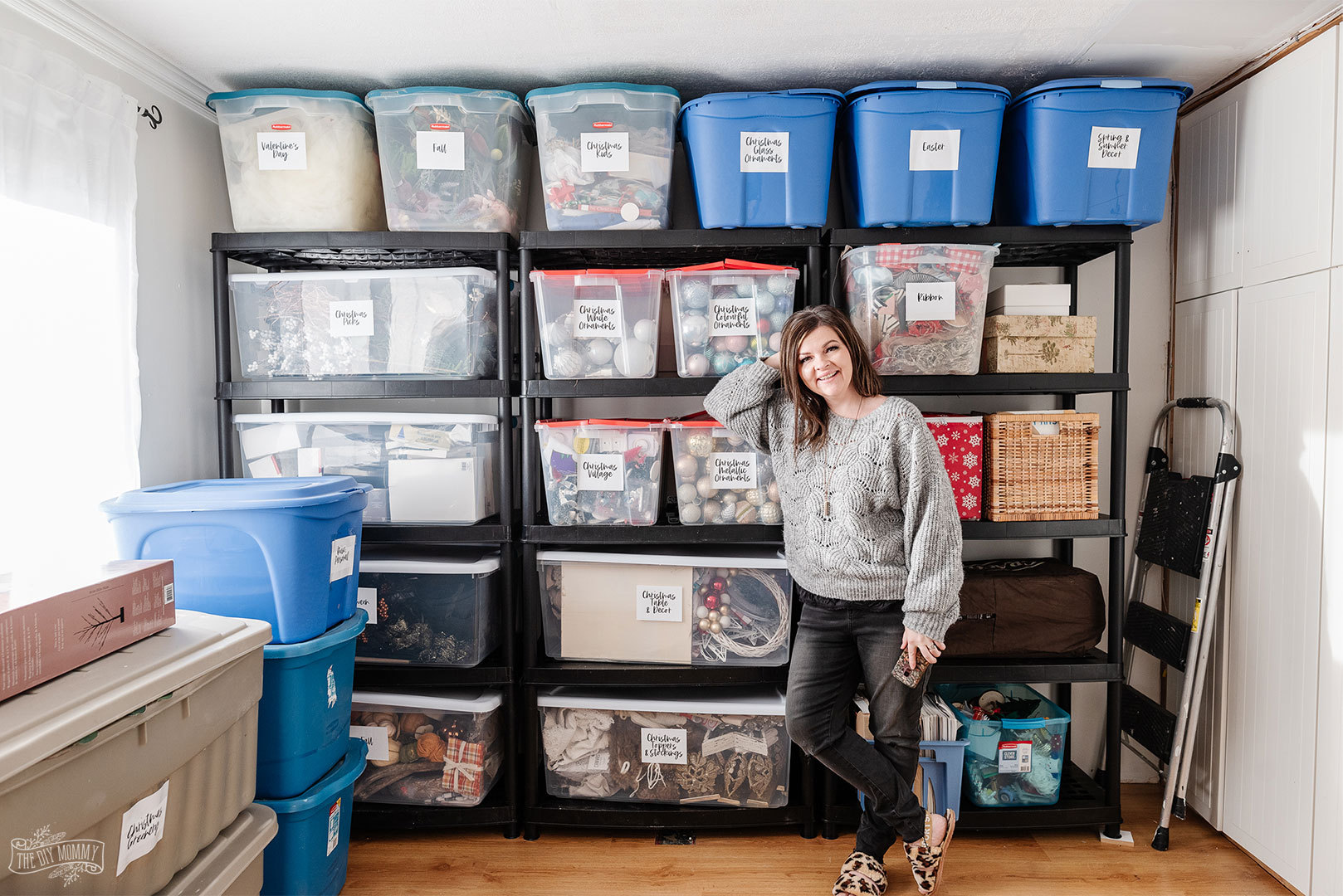


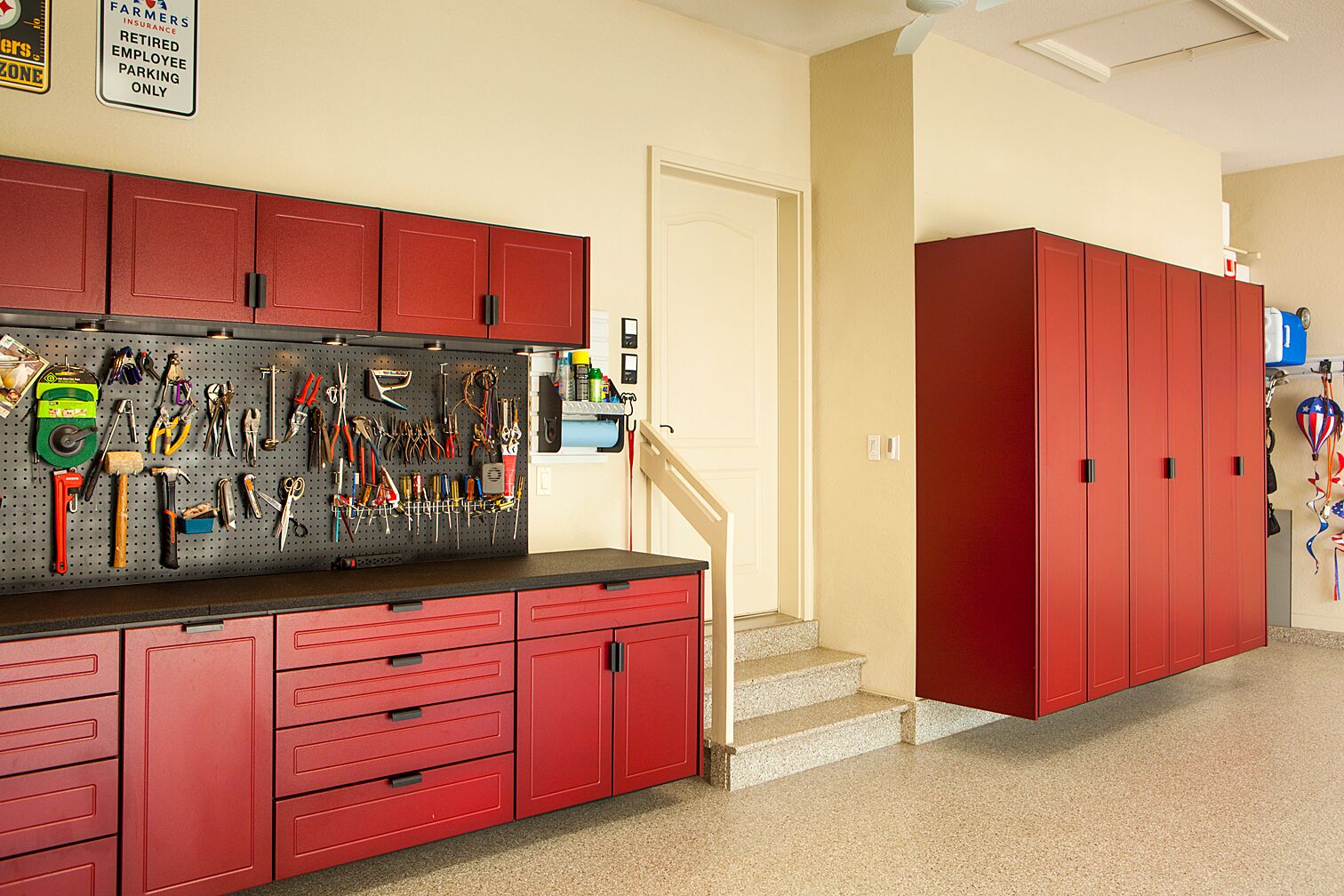

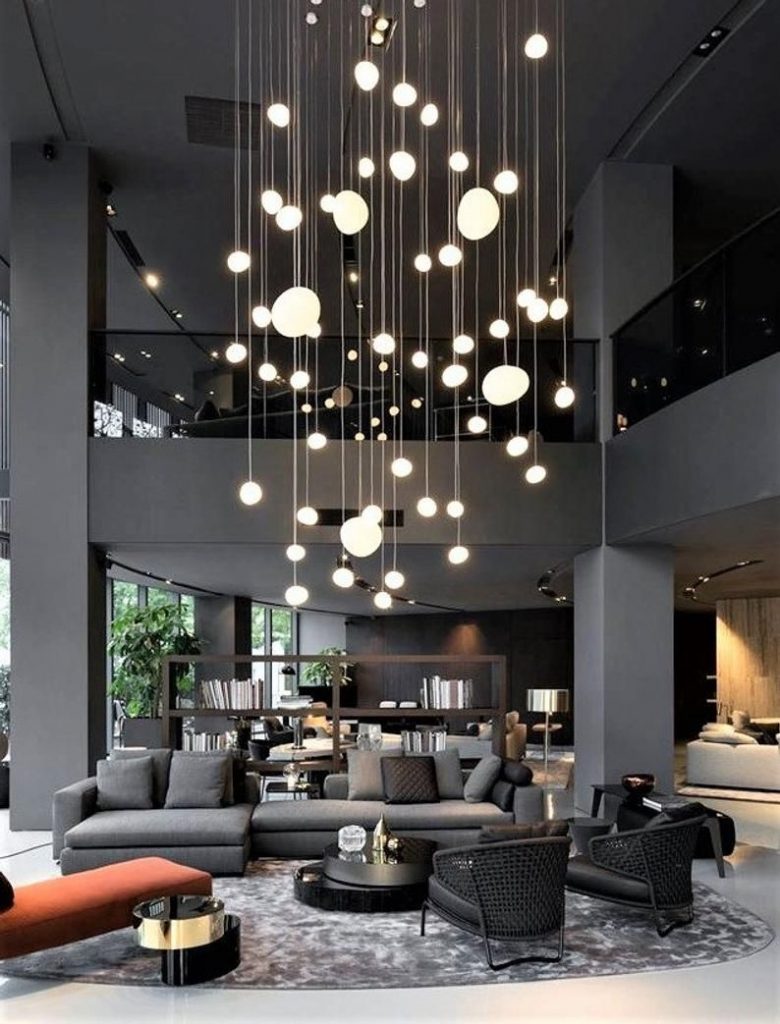


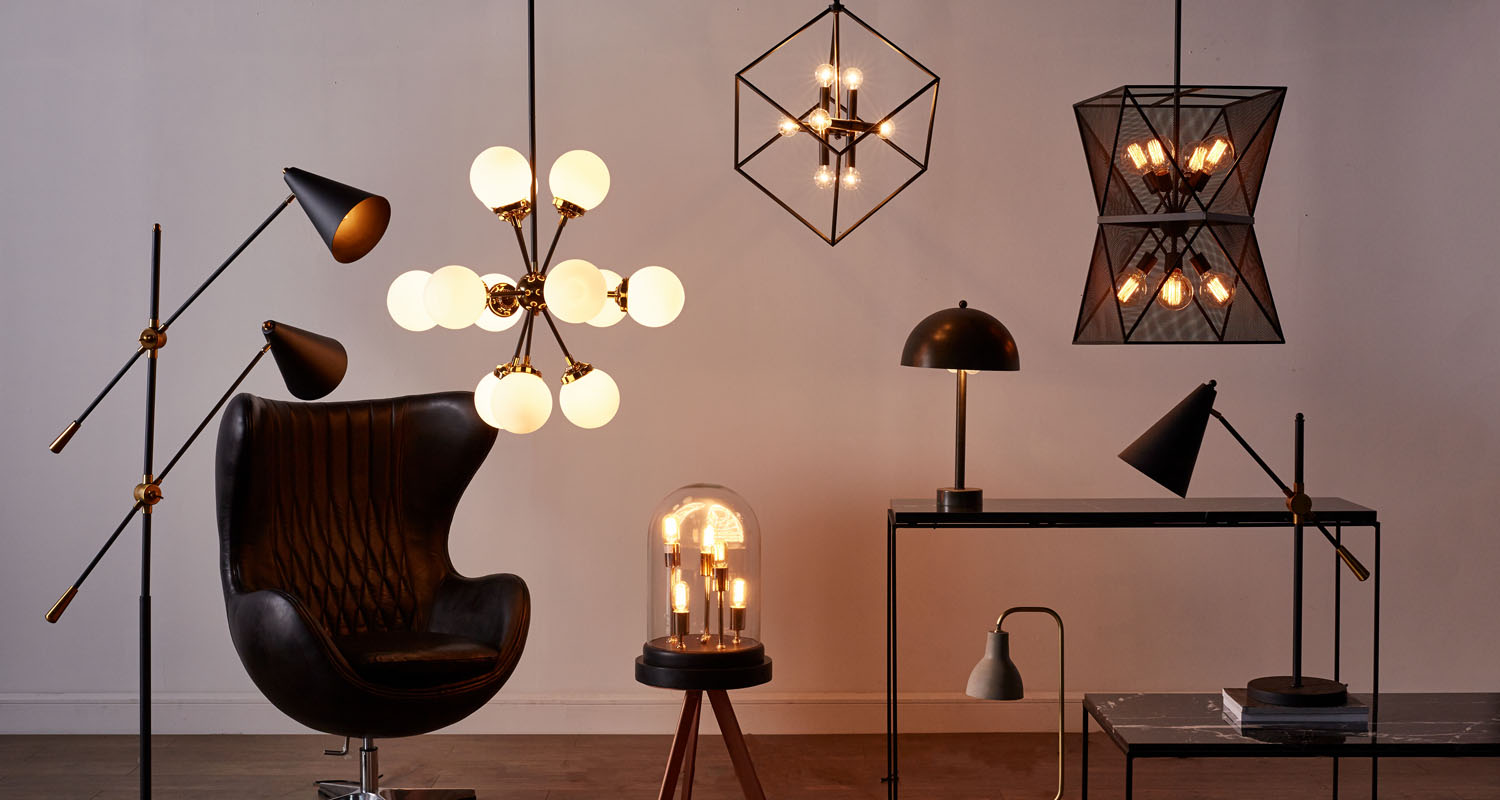

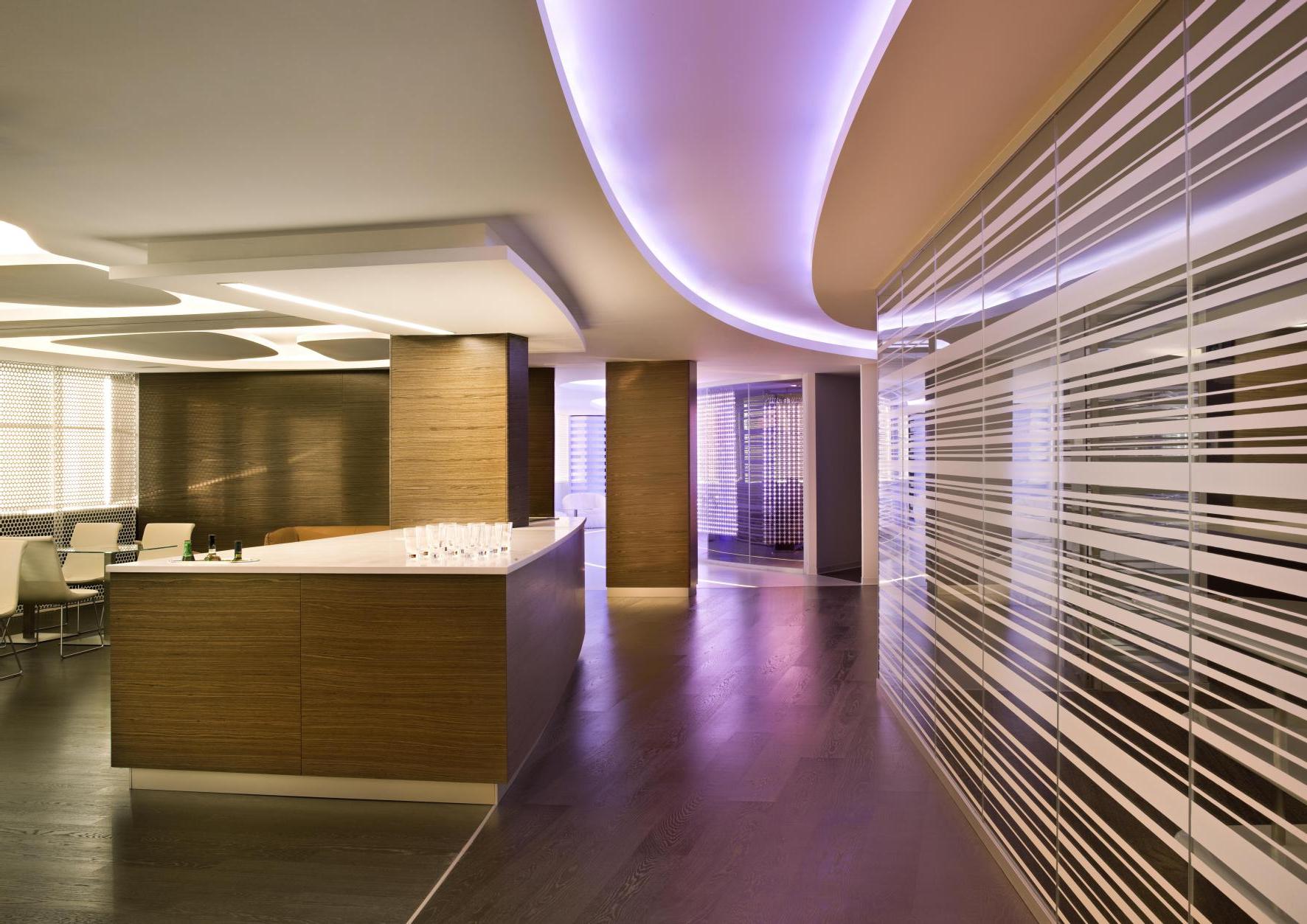
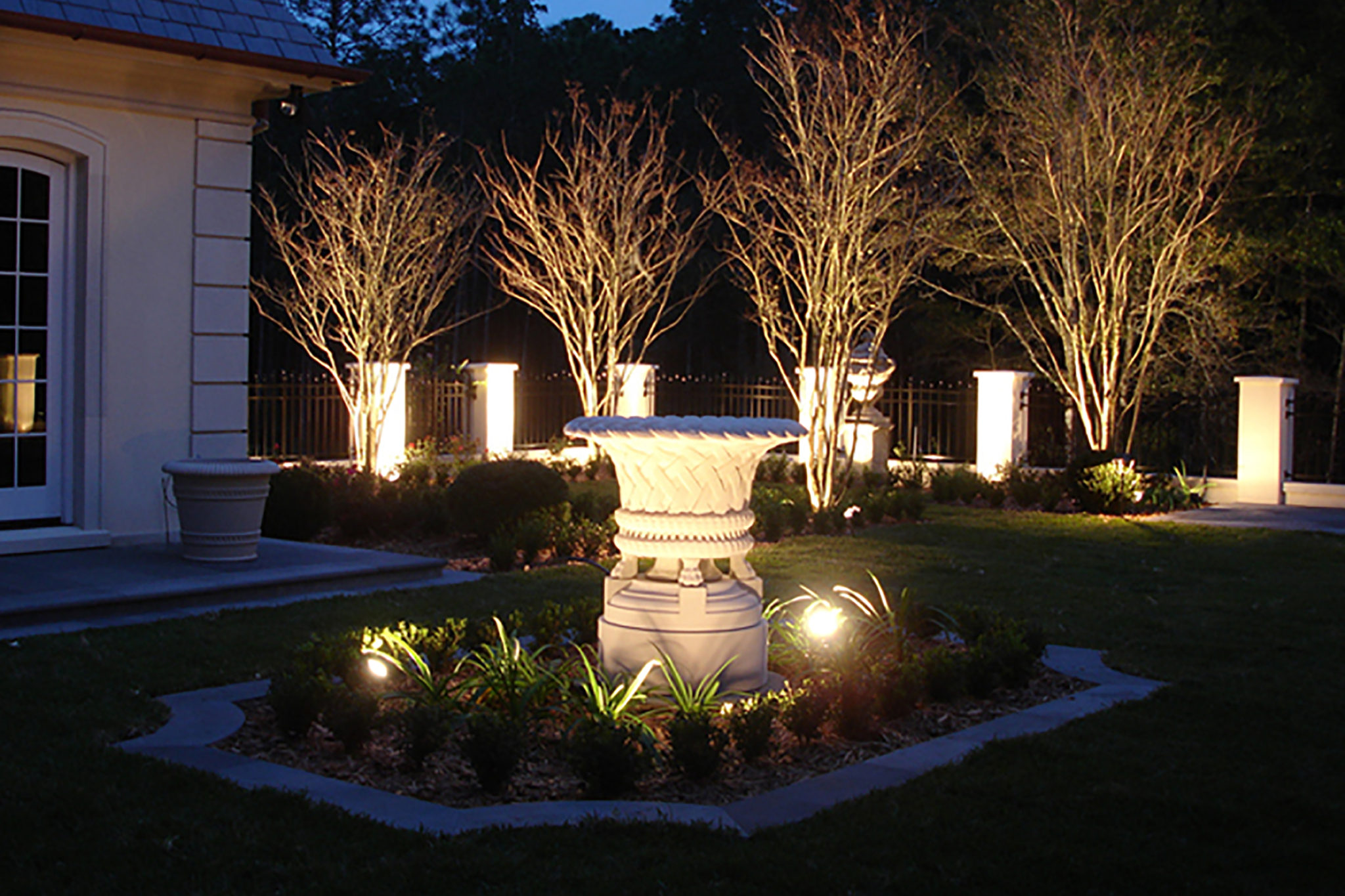
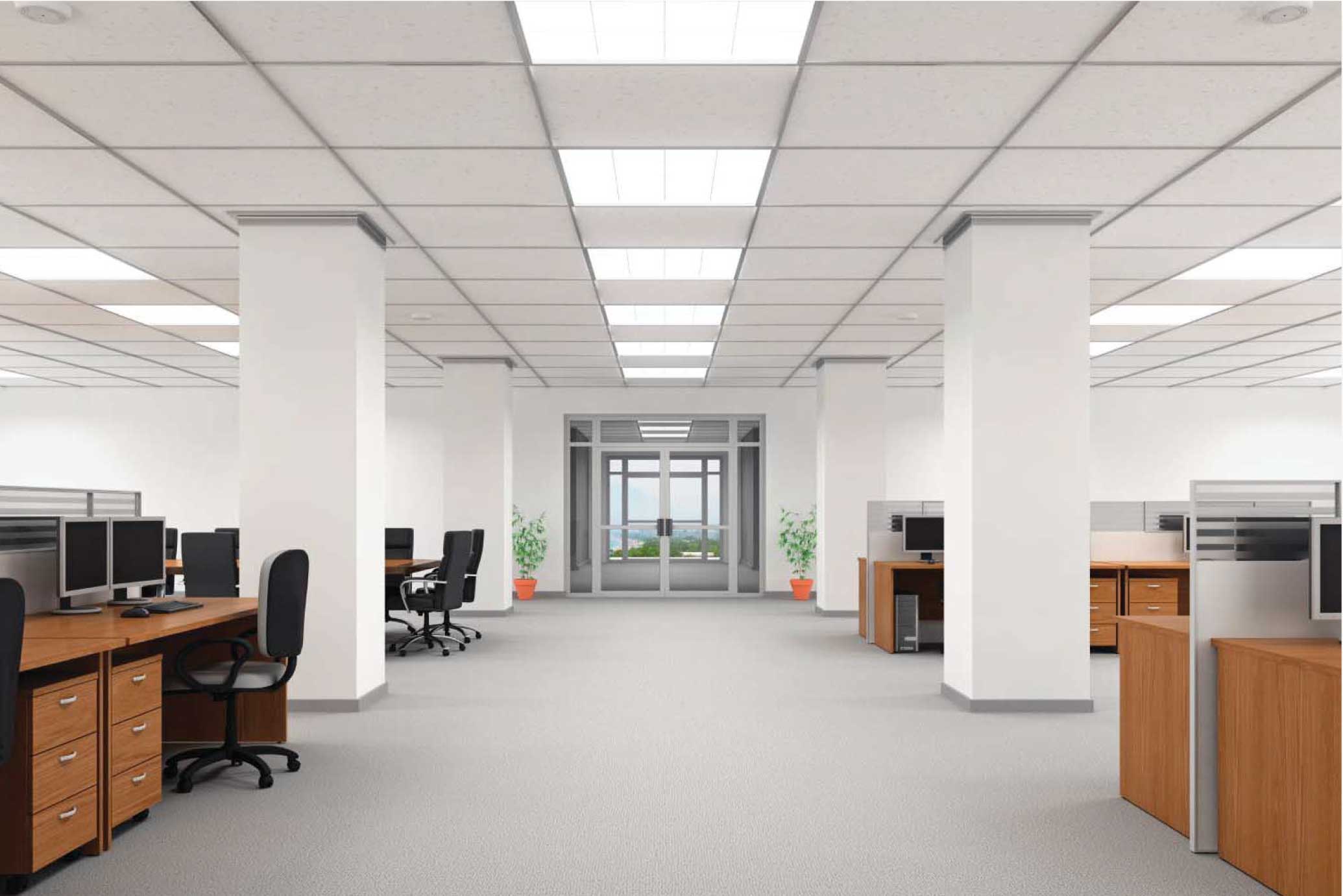

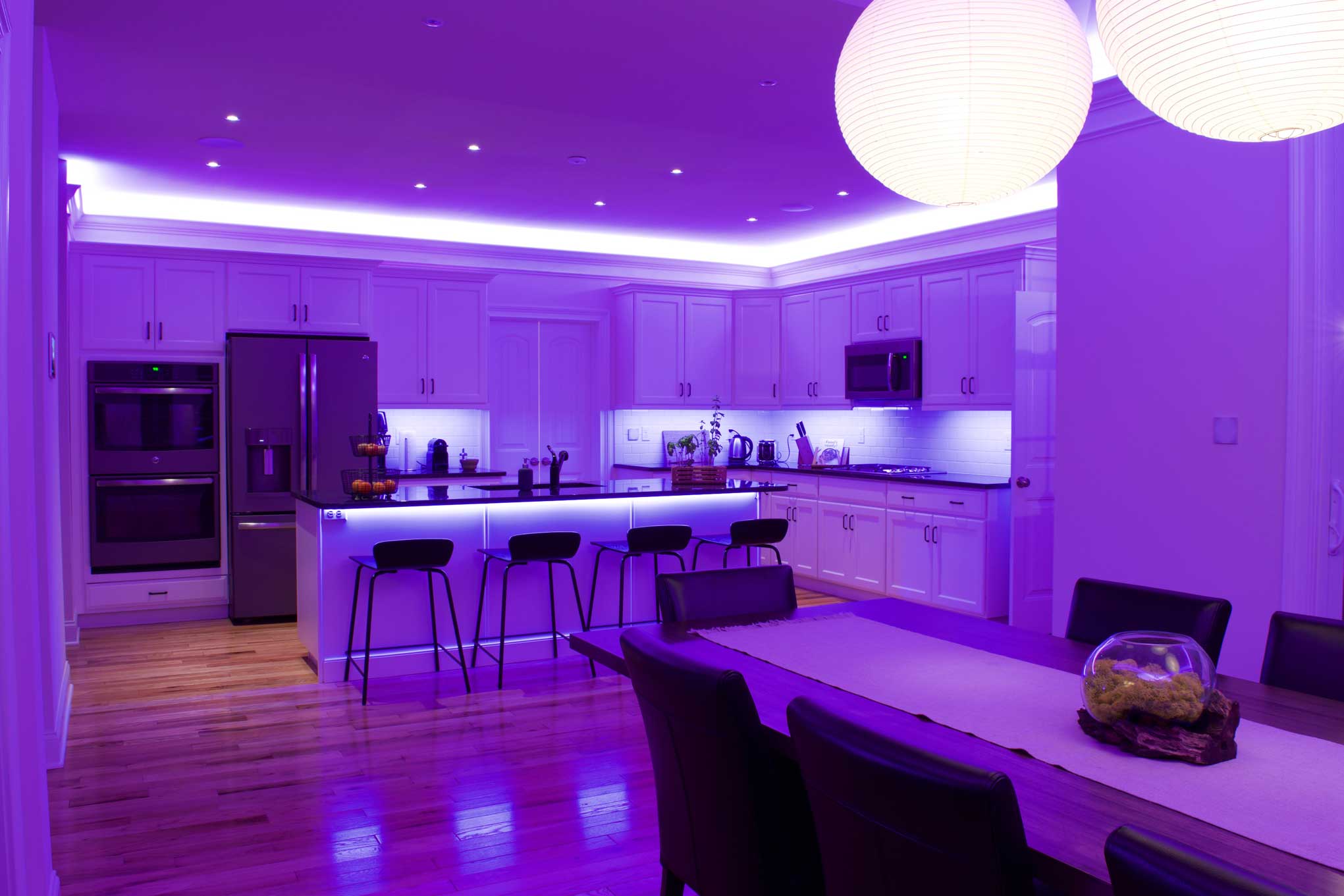
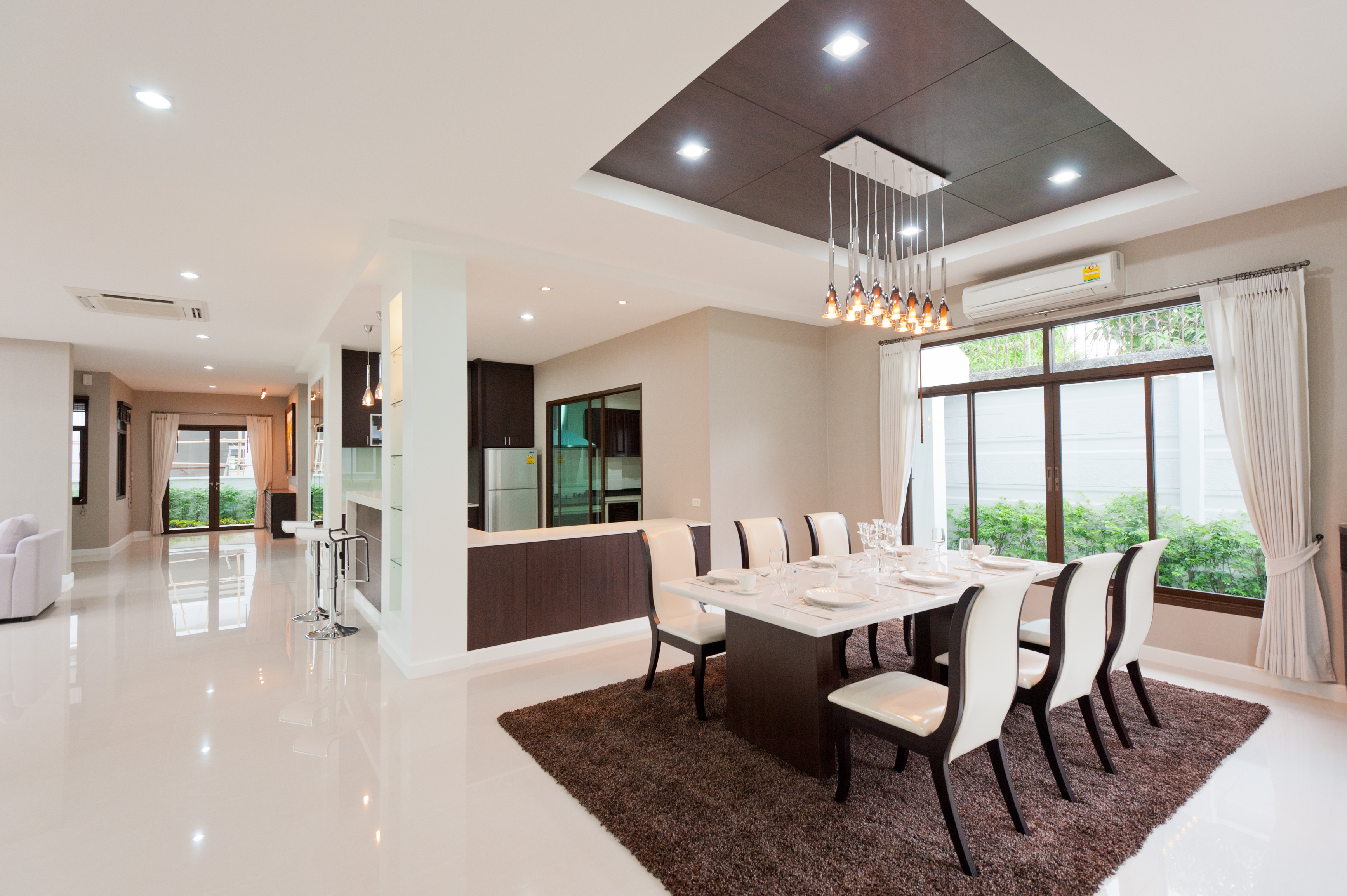

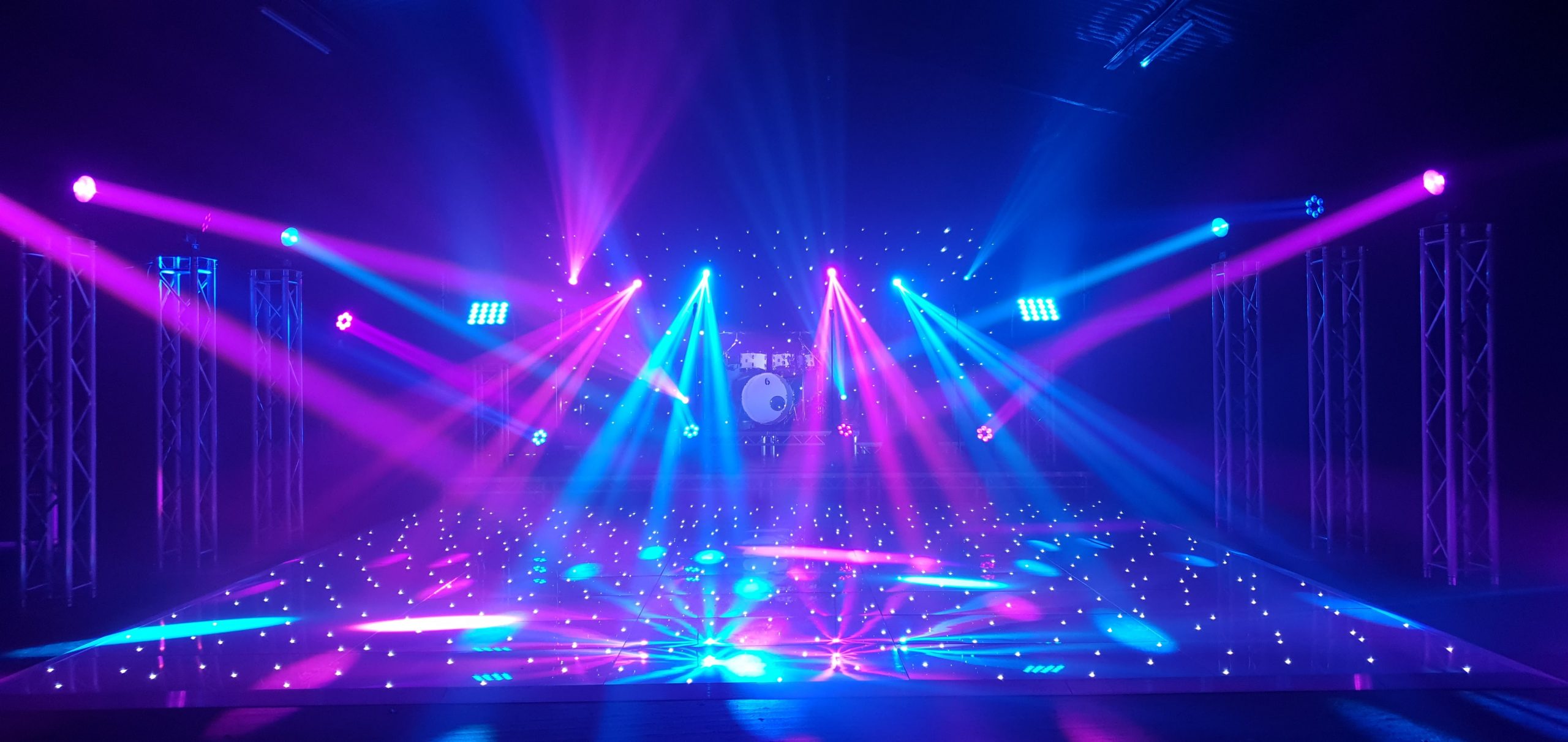
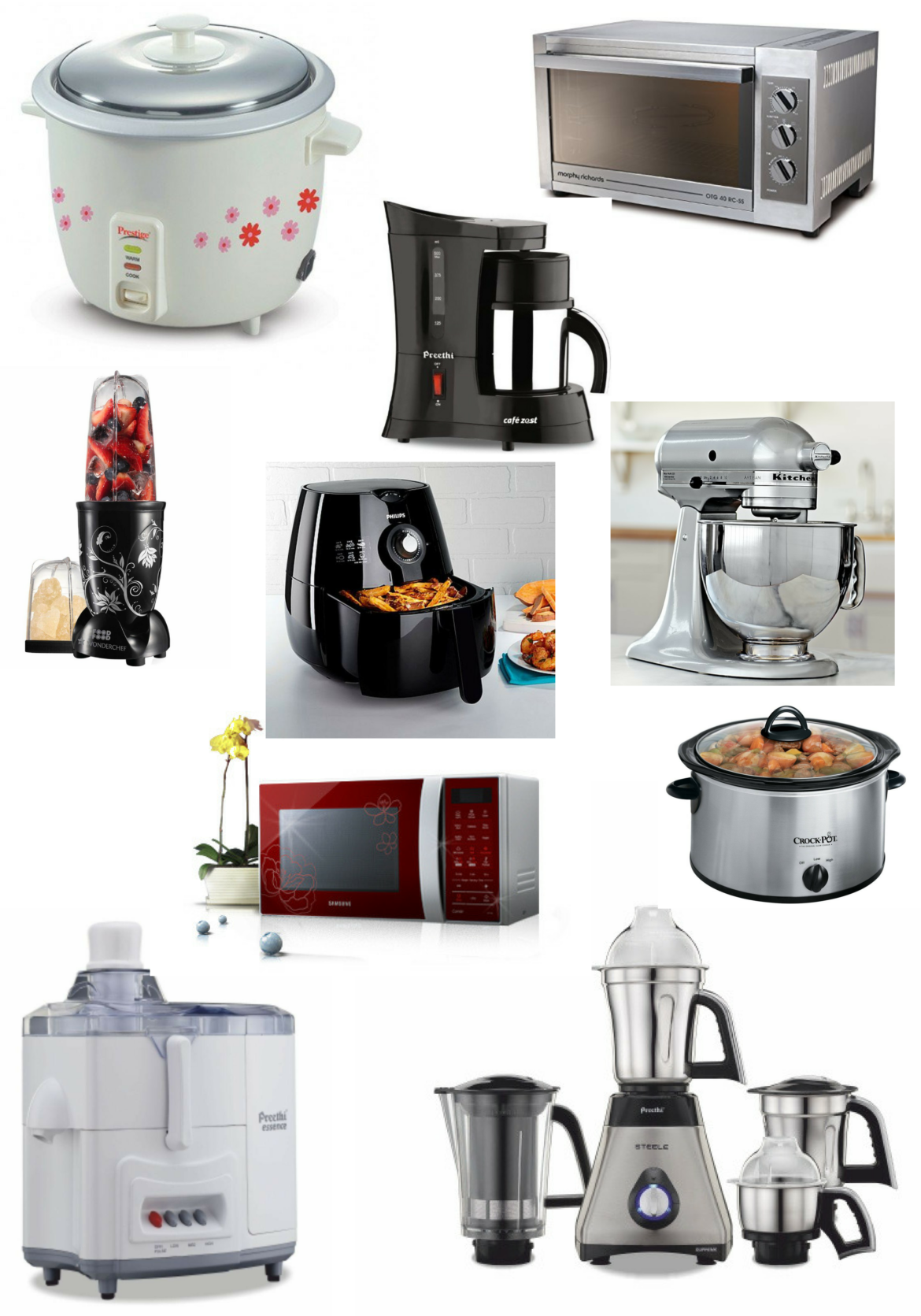

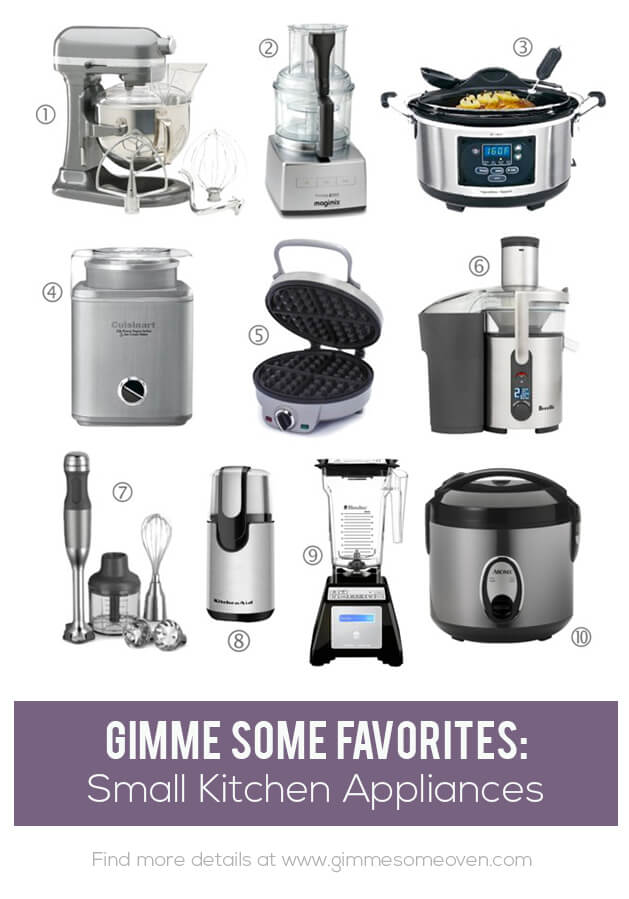
/appliancesalexeydudoladovGettyImages-171589331-57b37c3c5f9b58b5c2cb819c.jpg)

